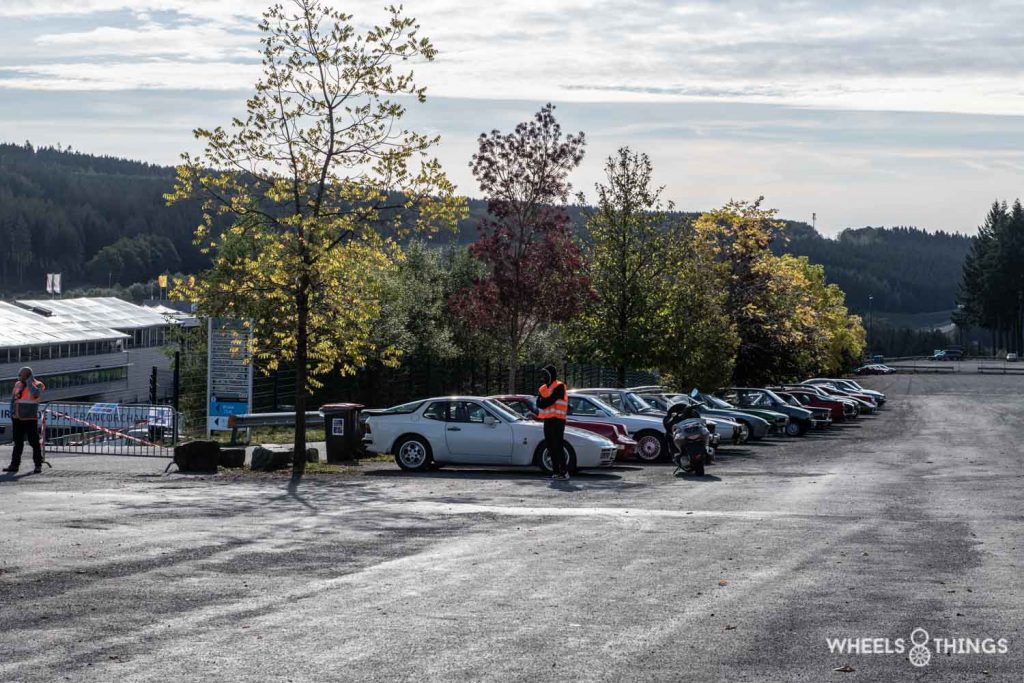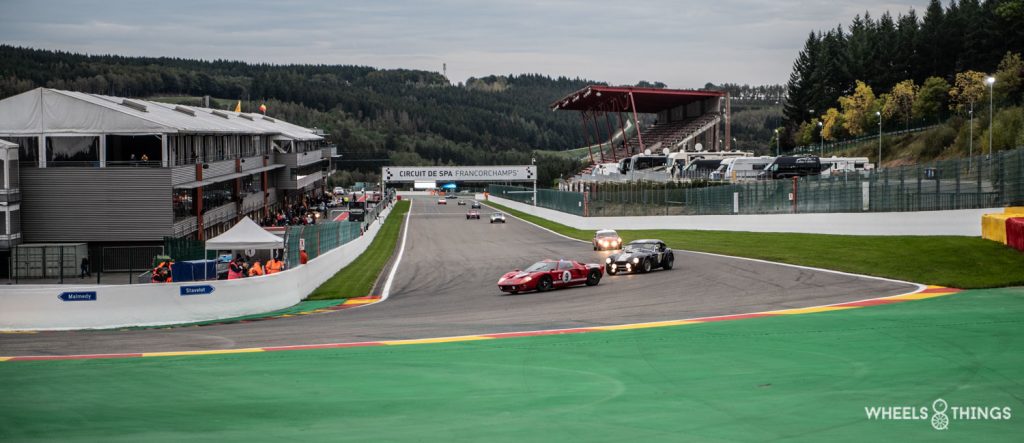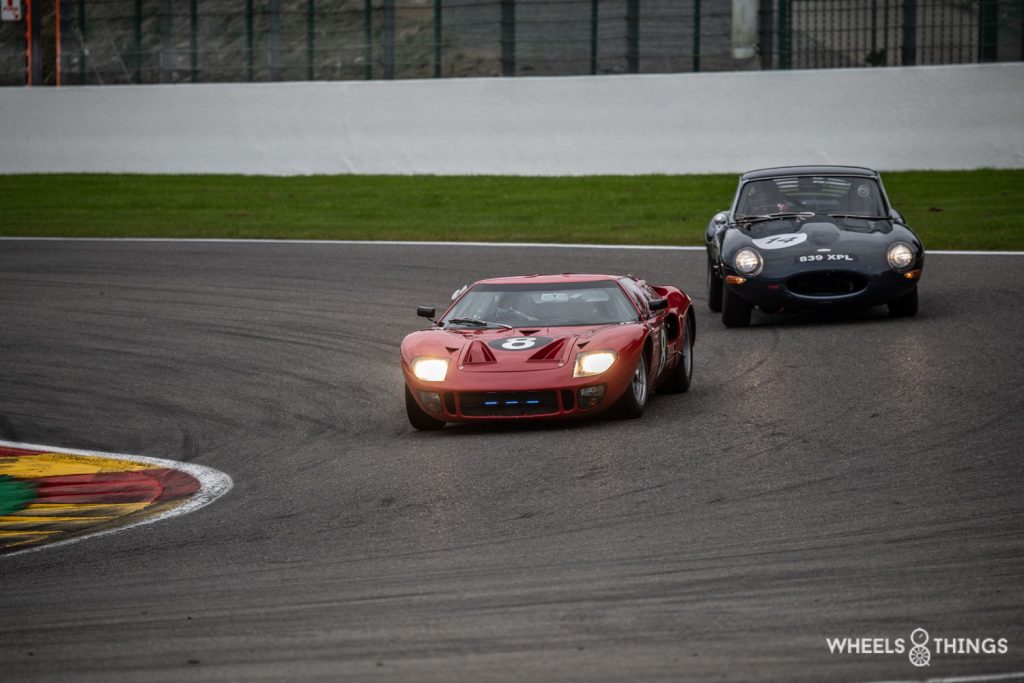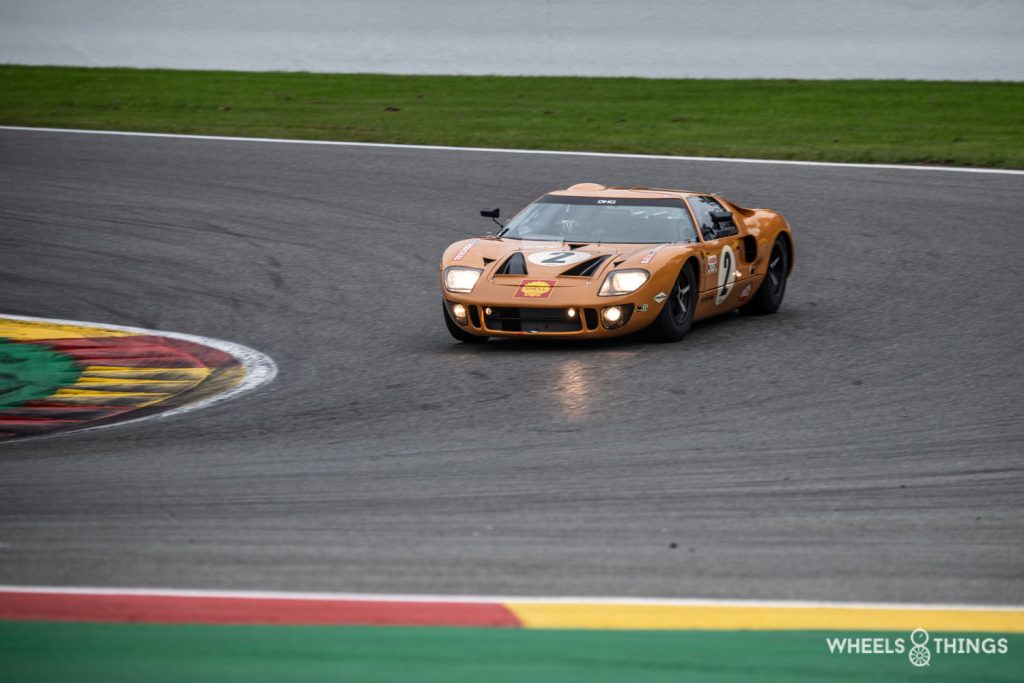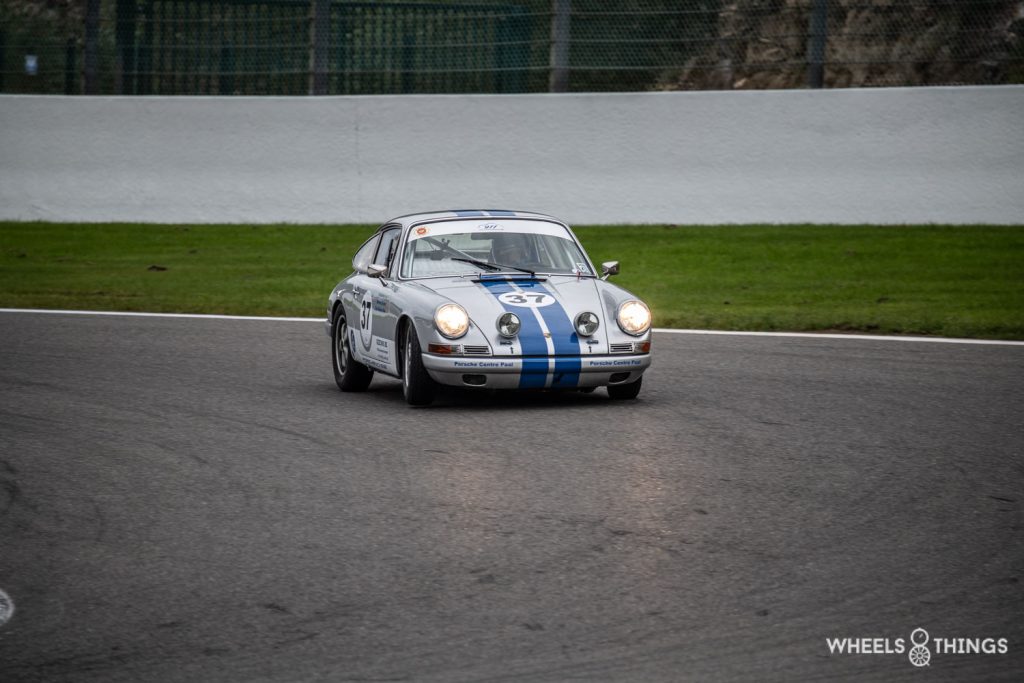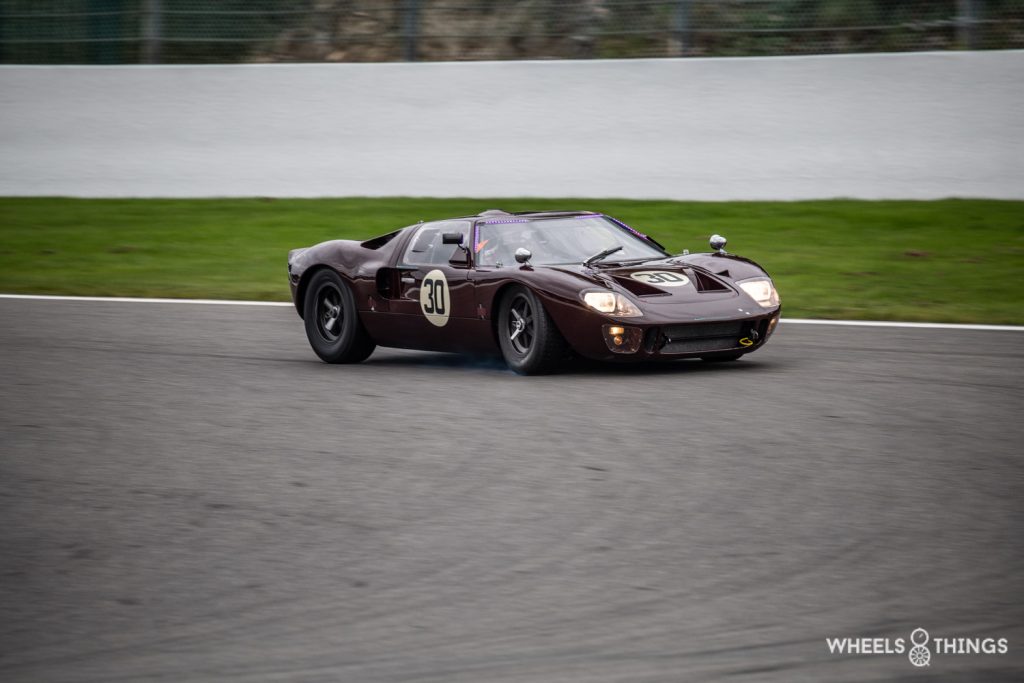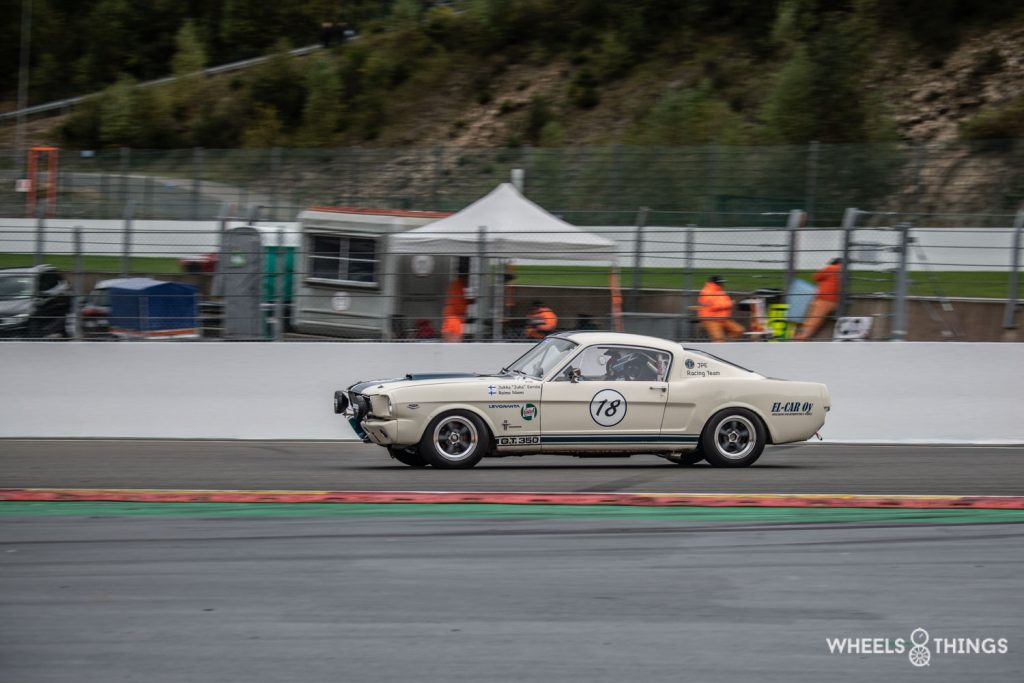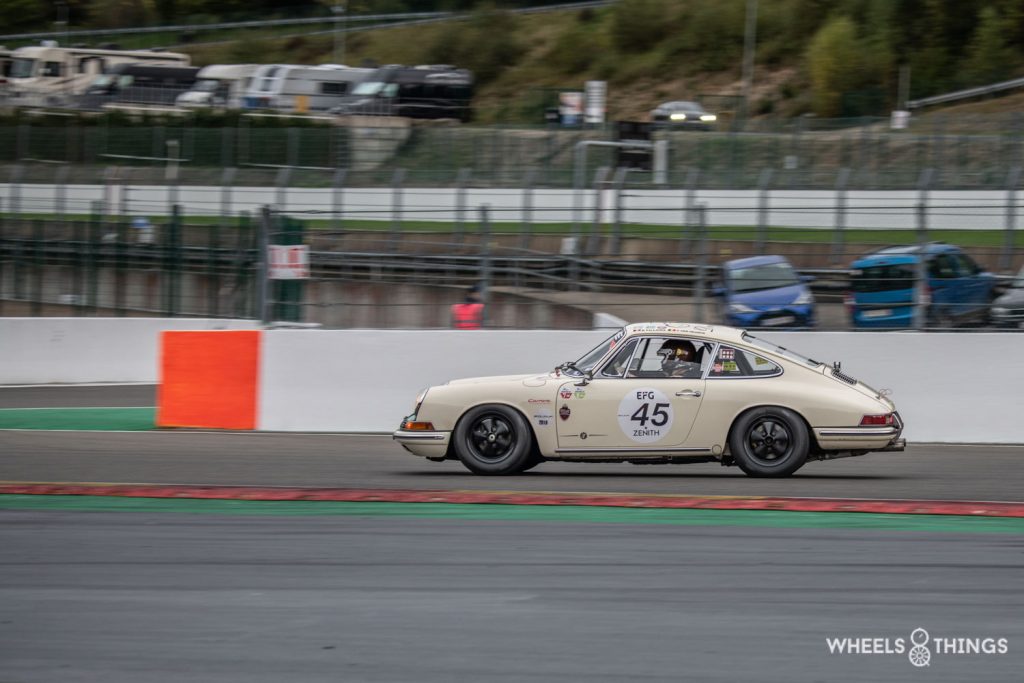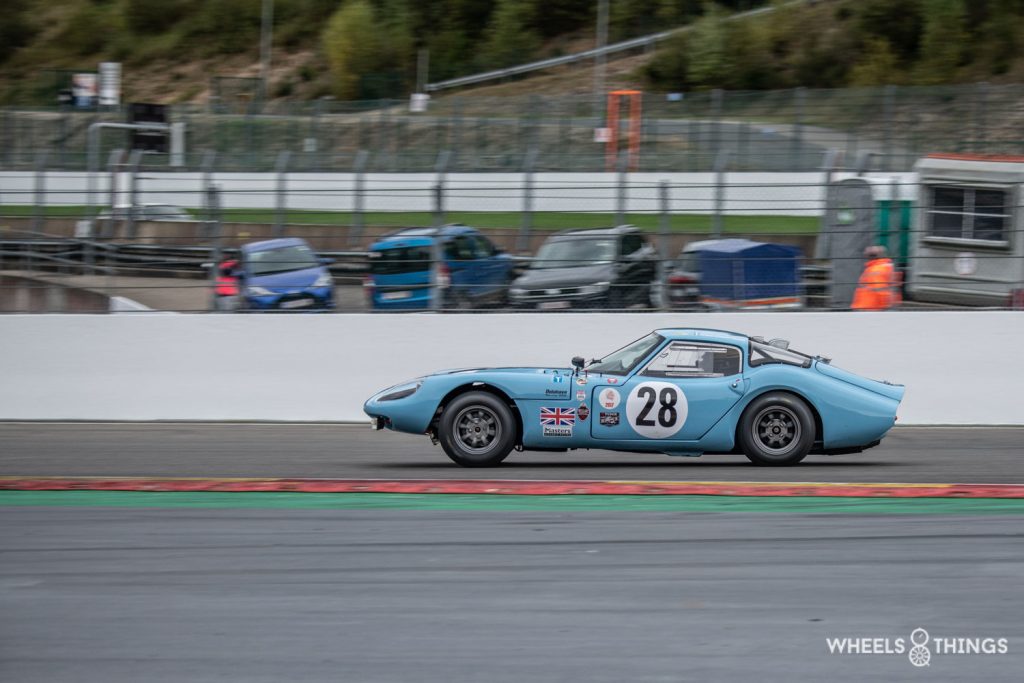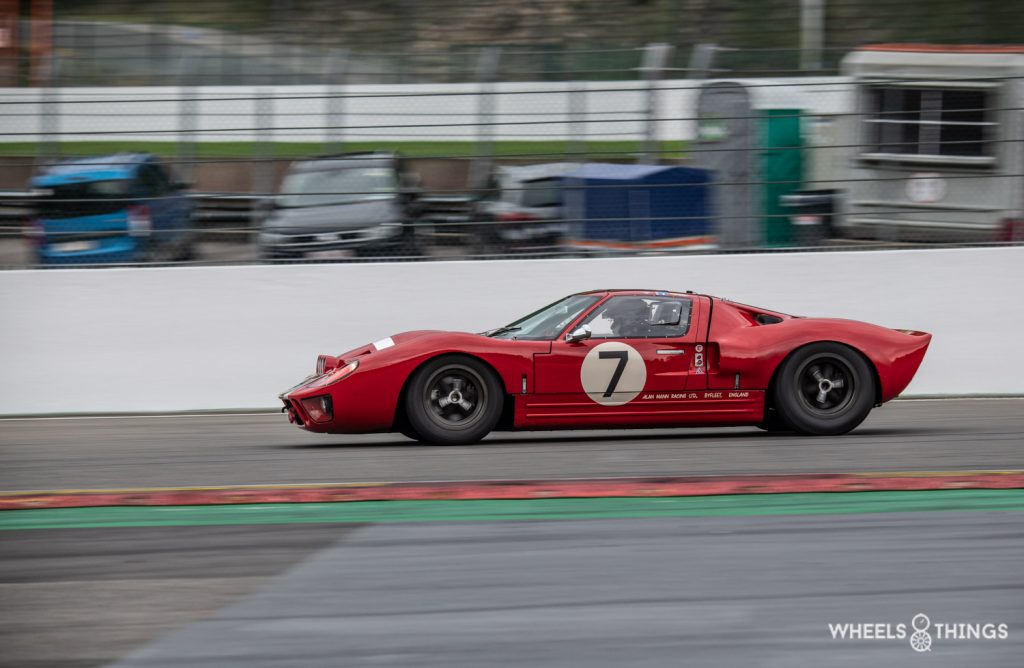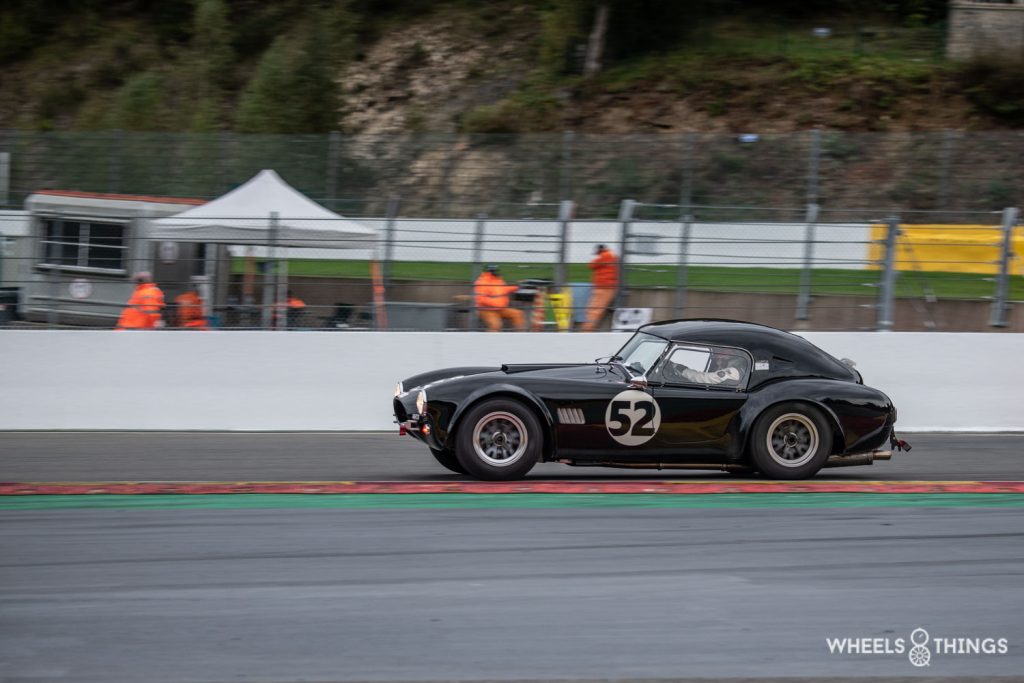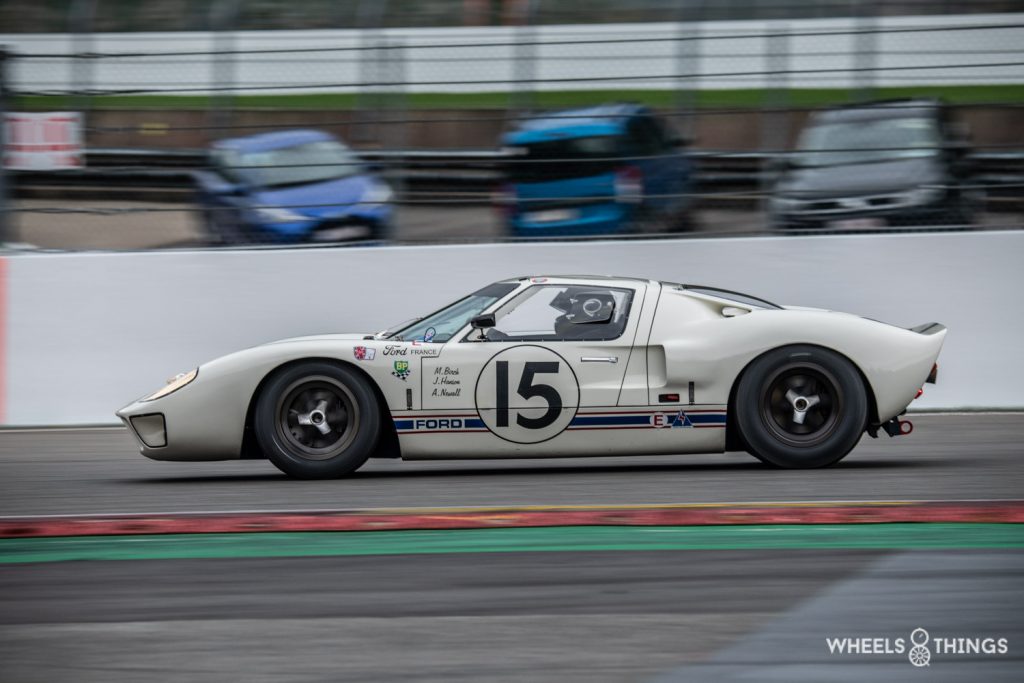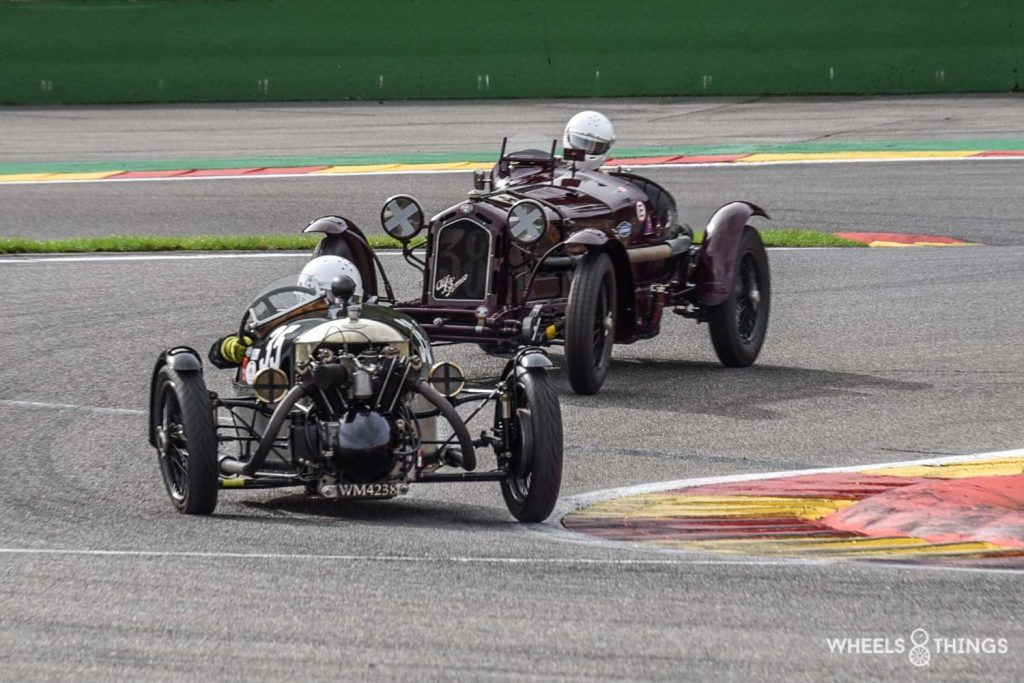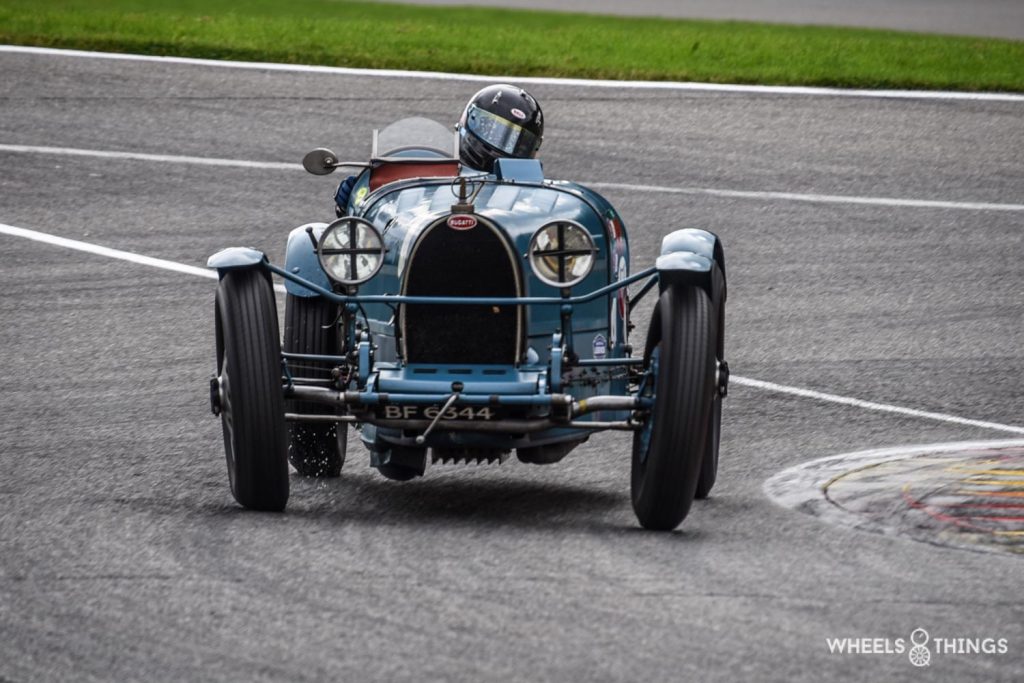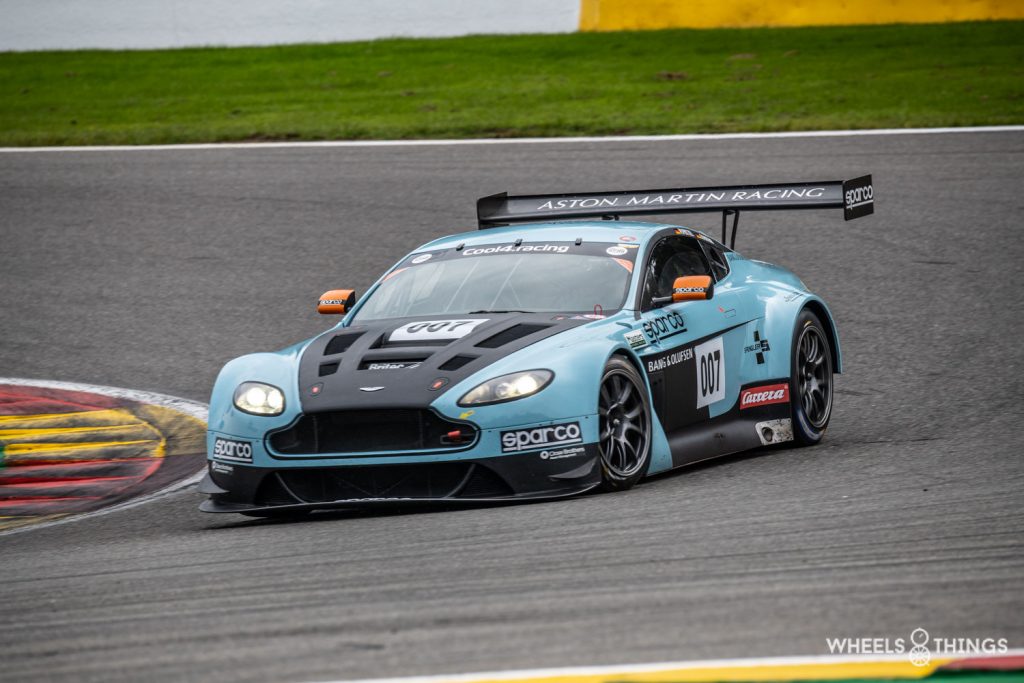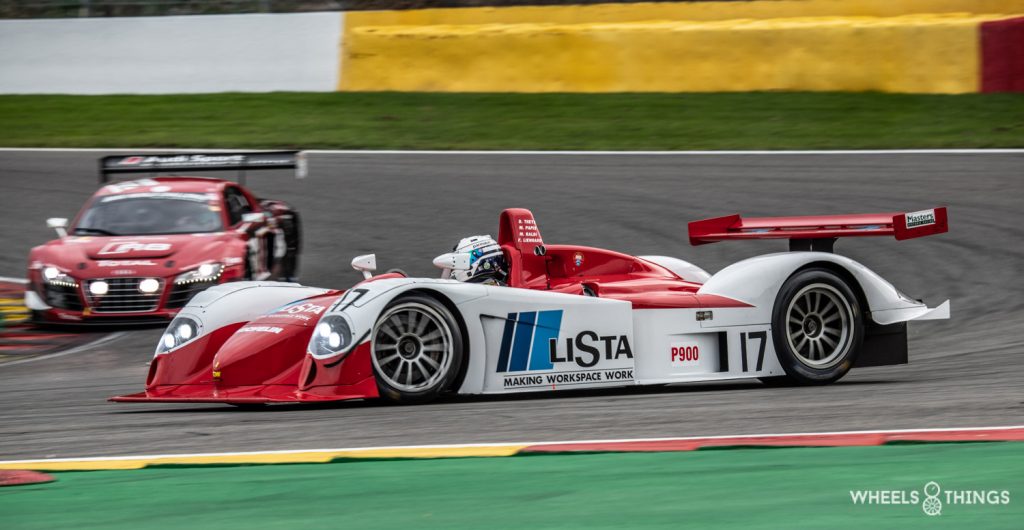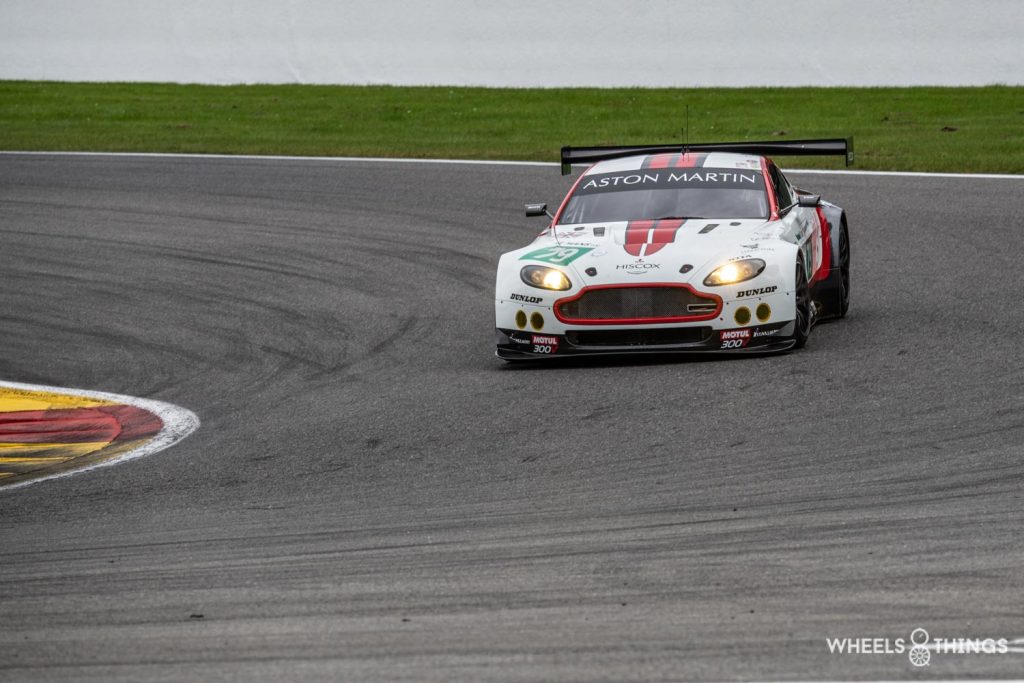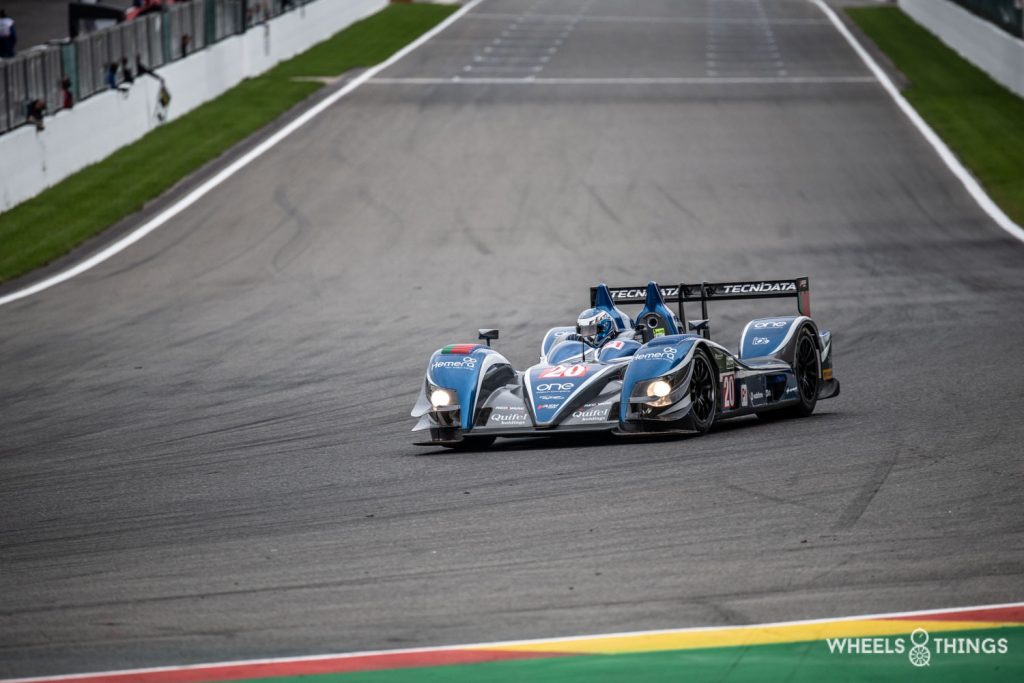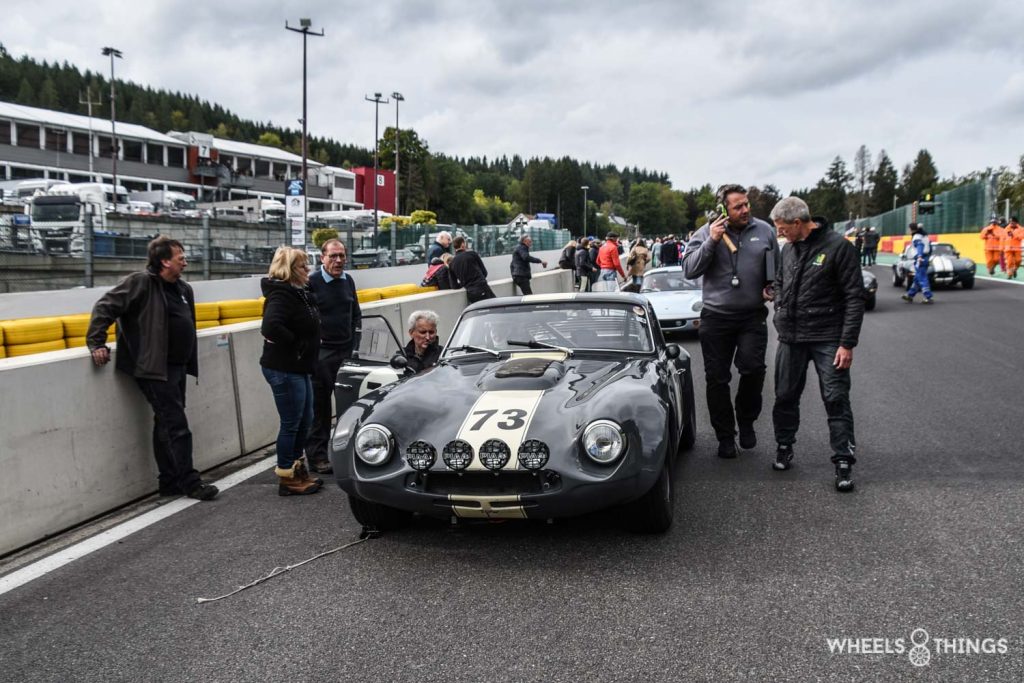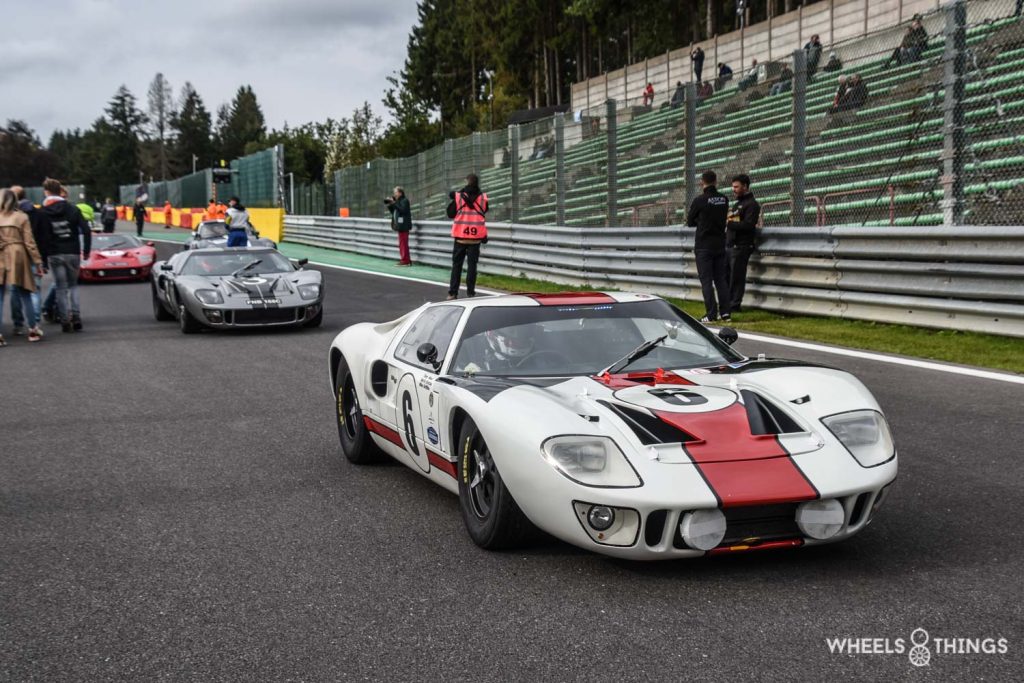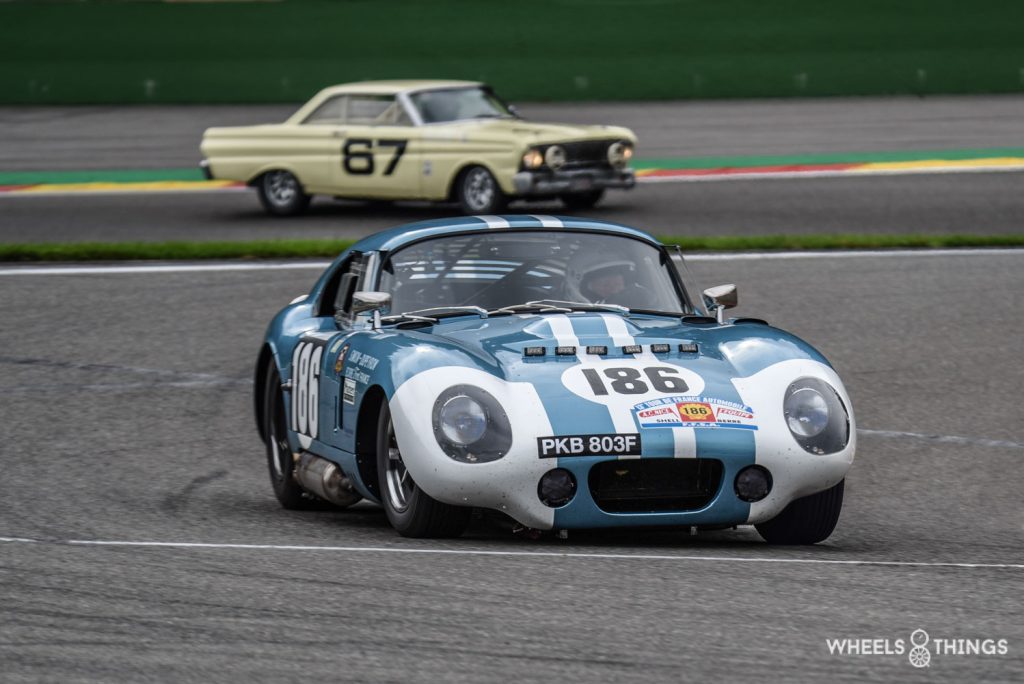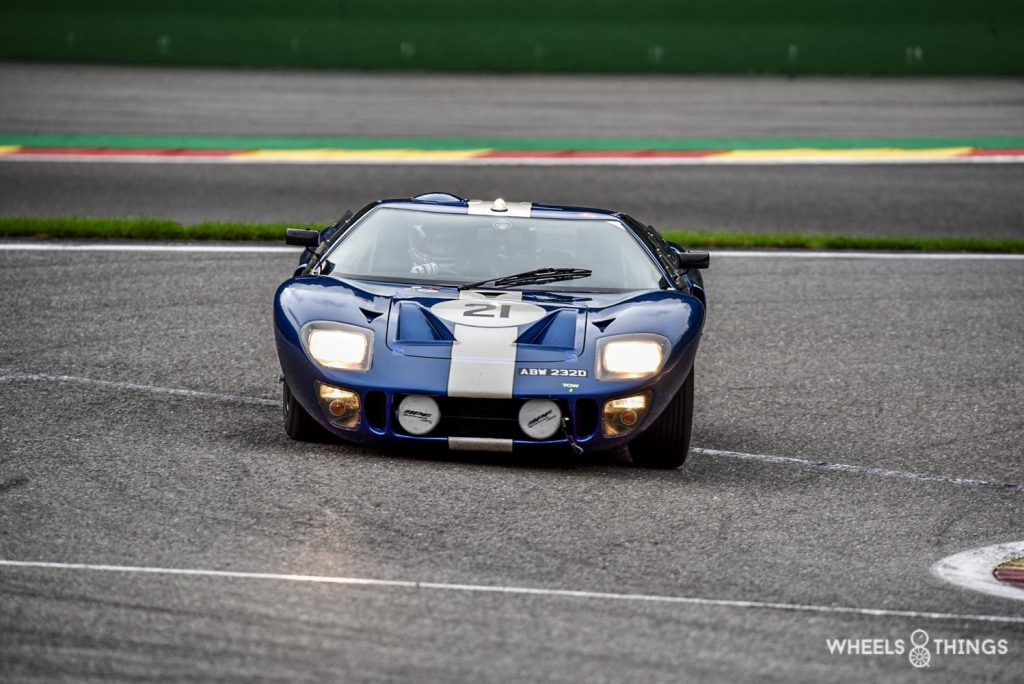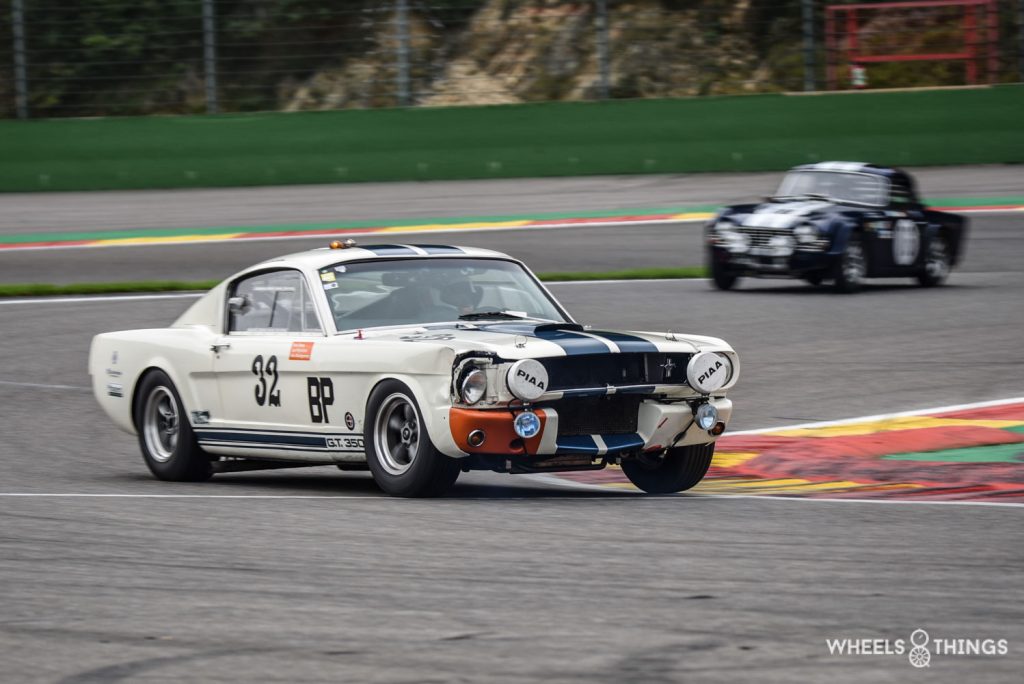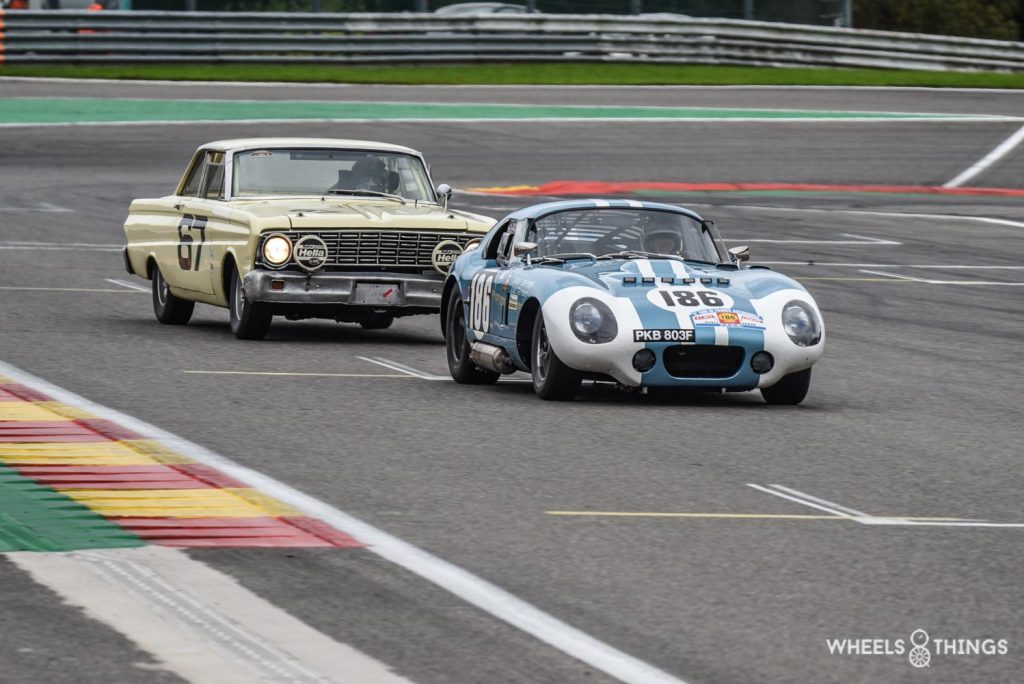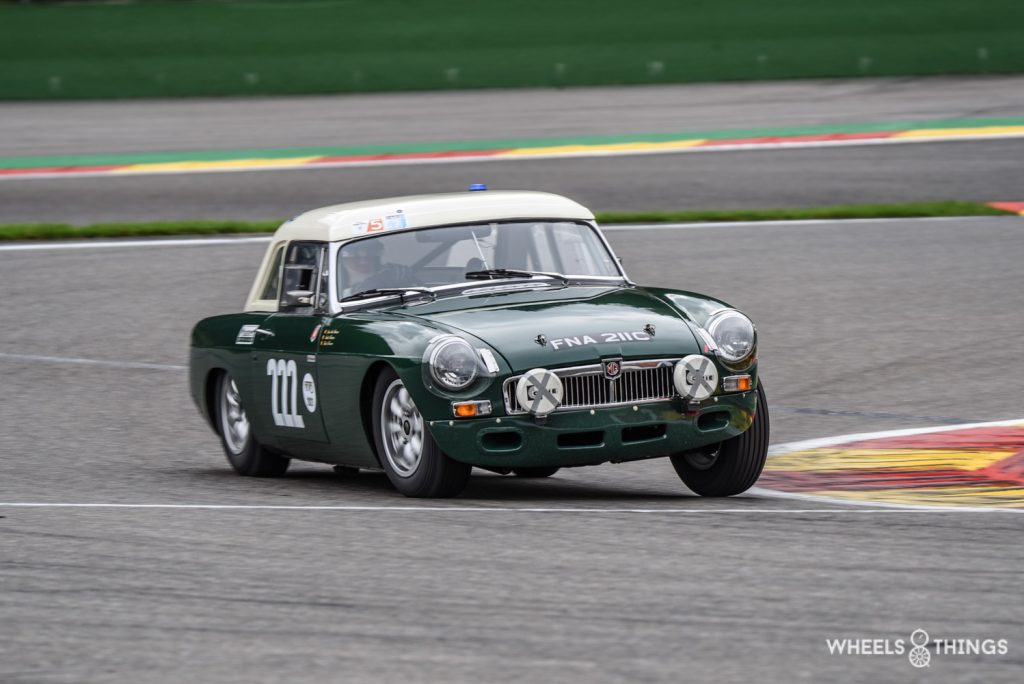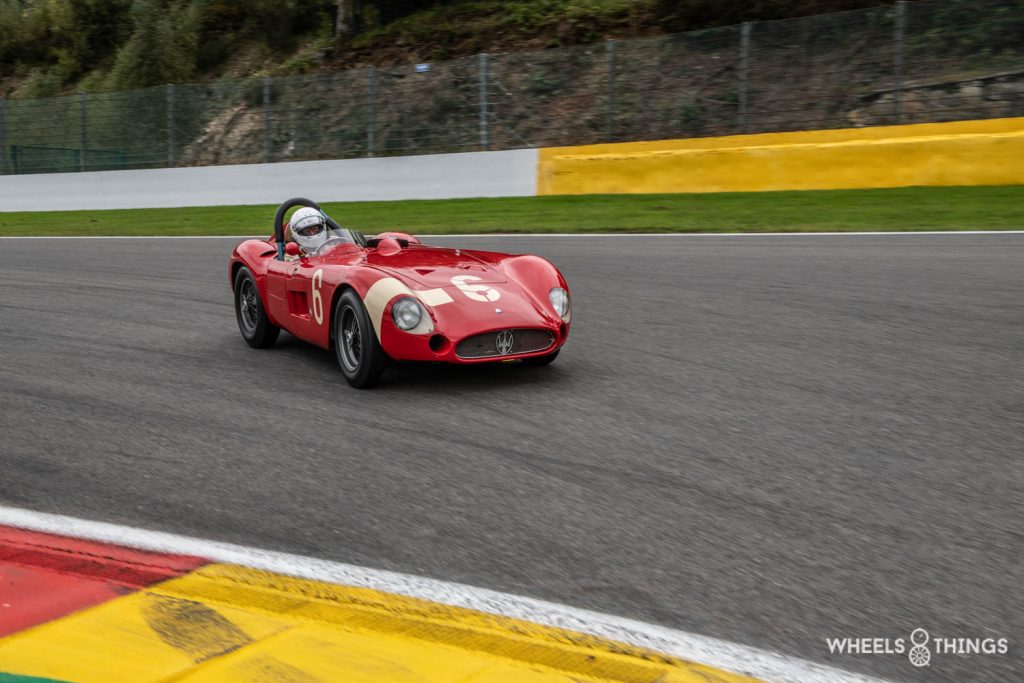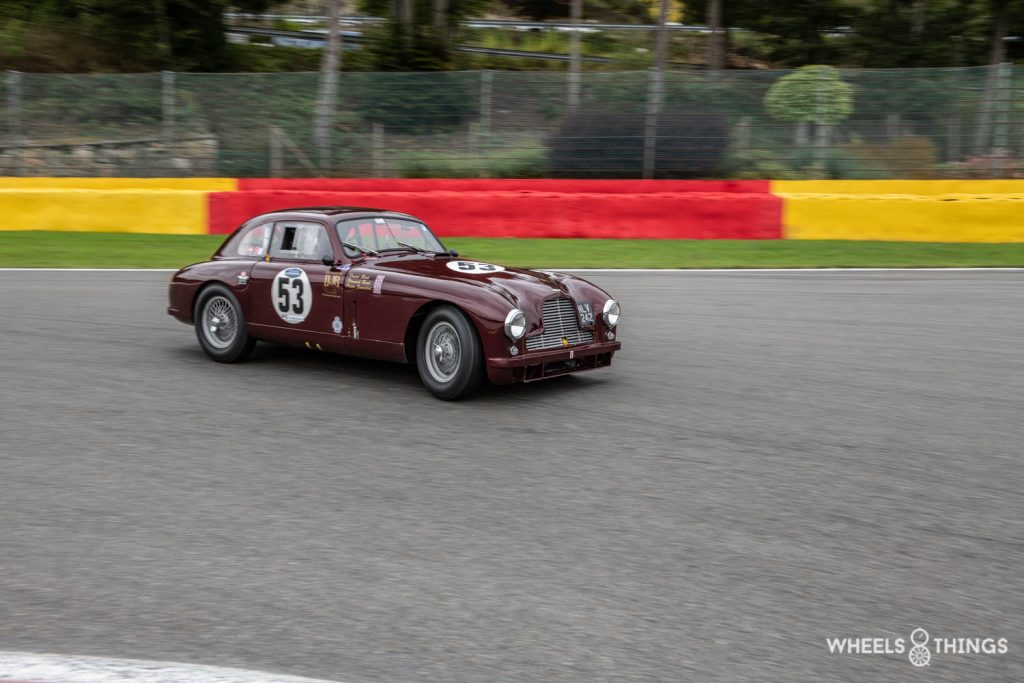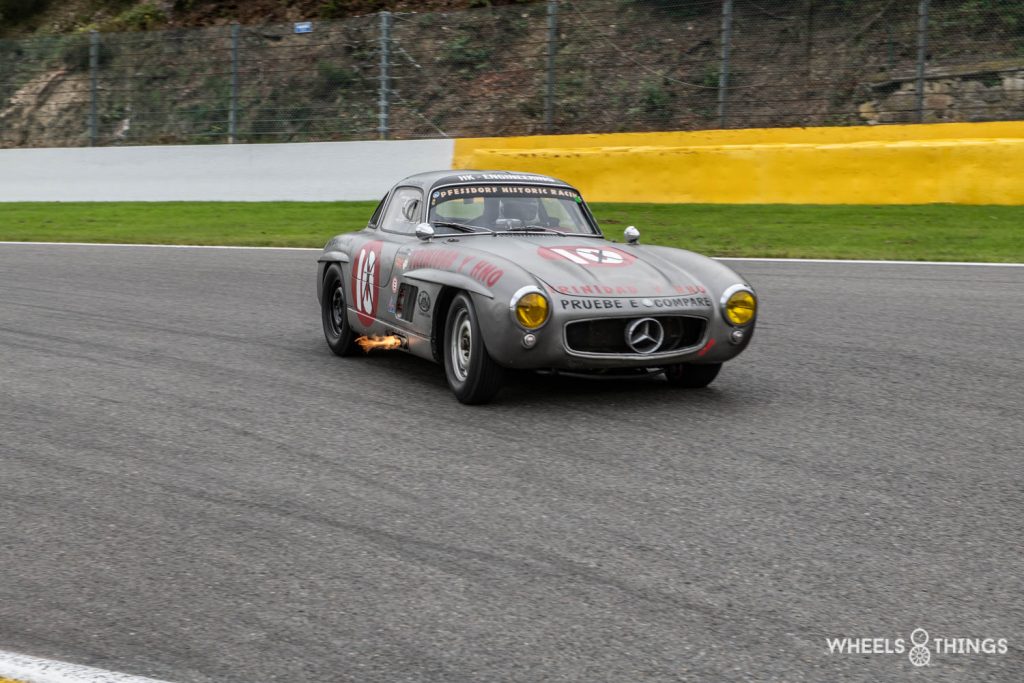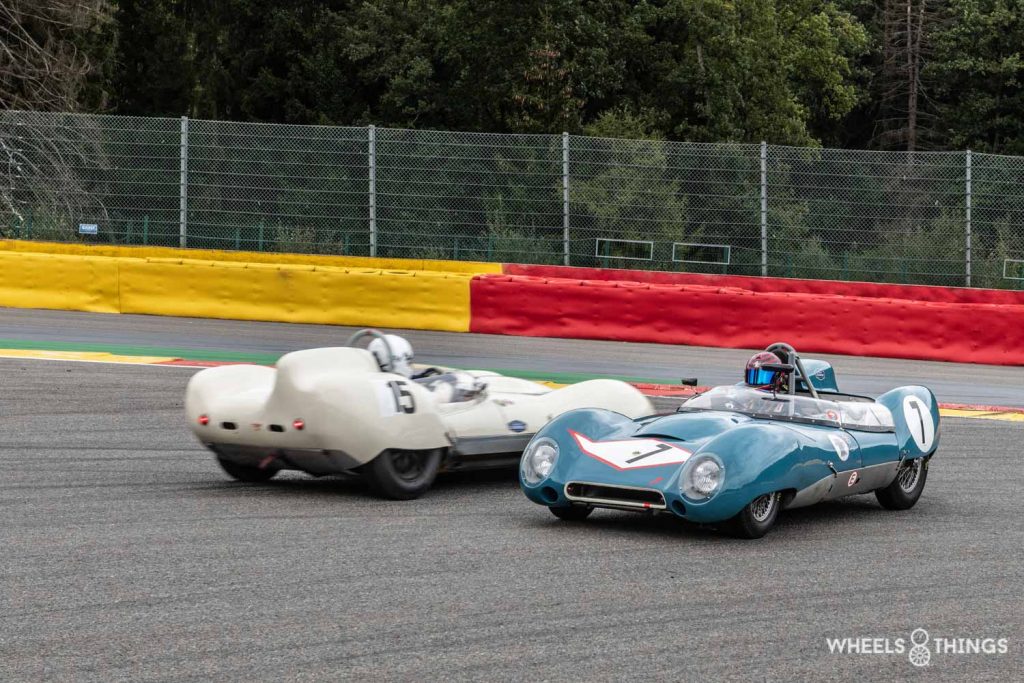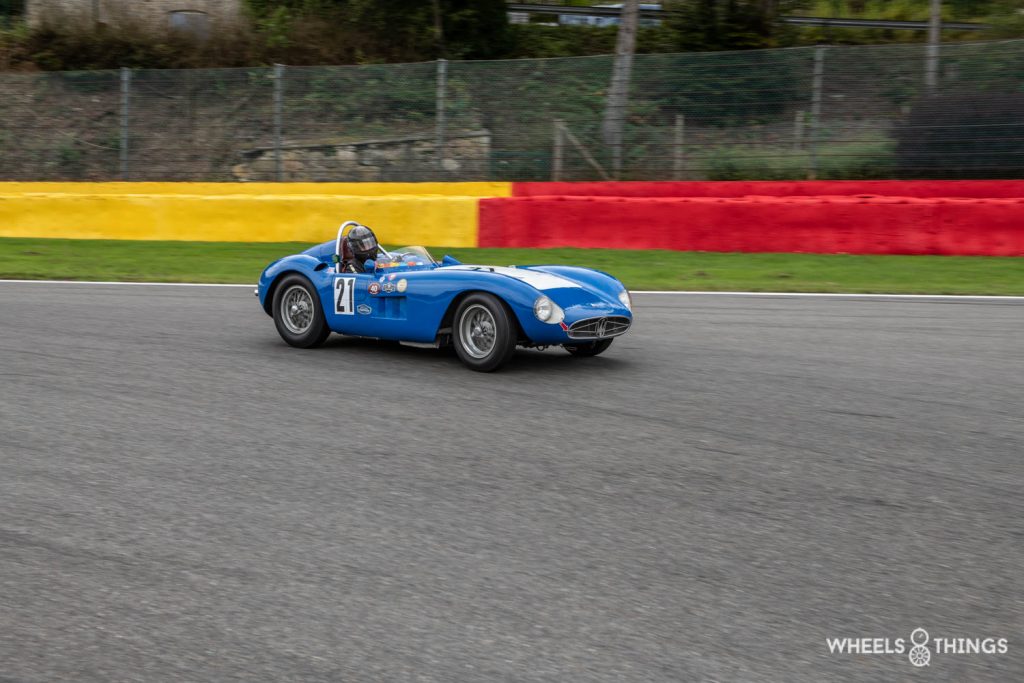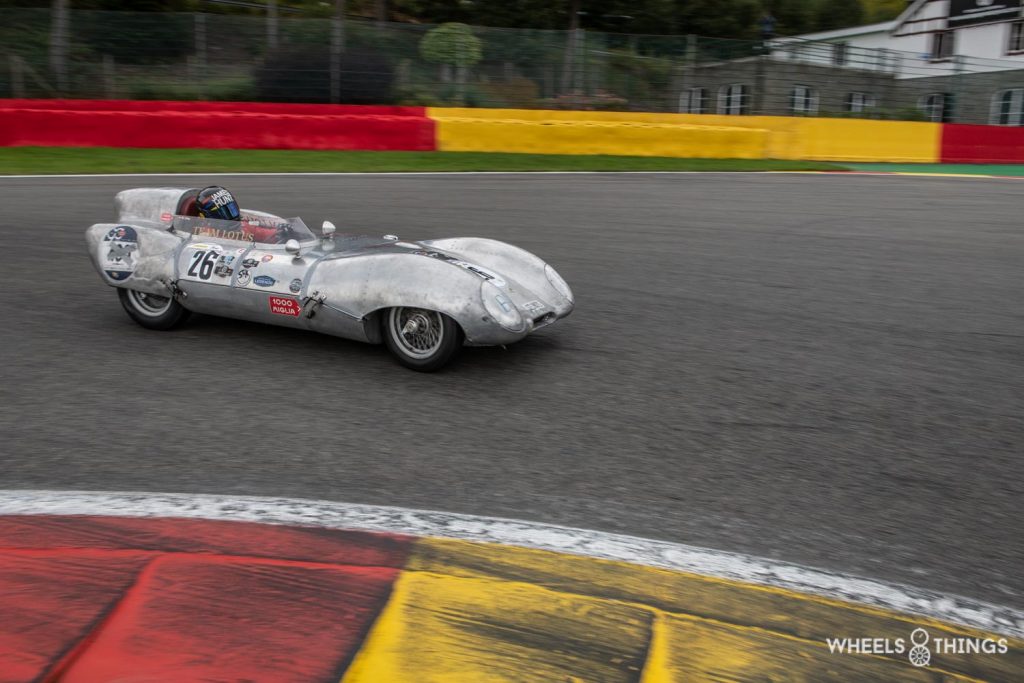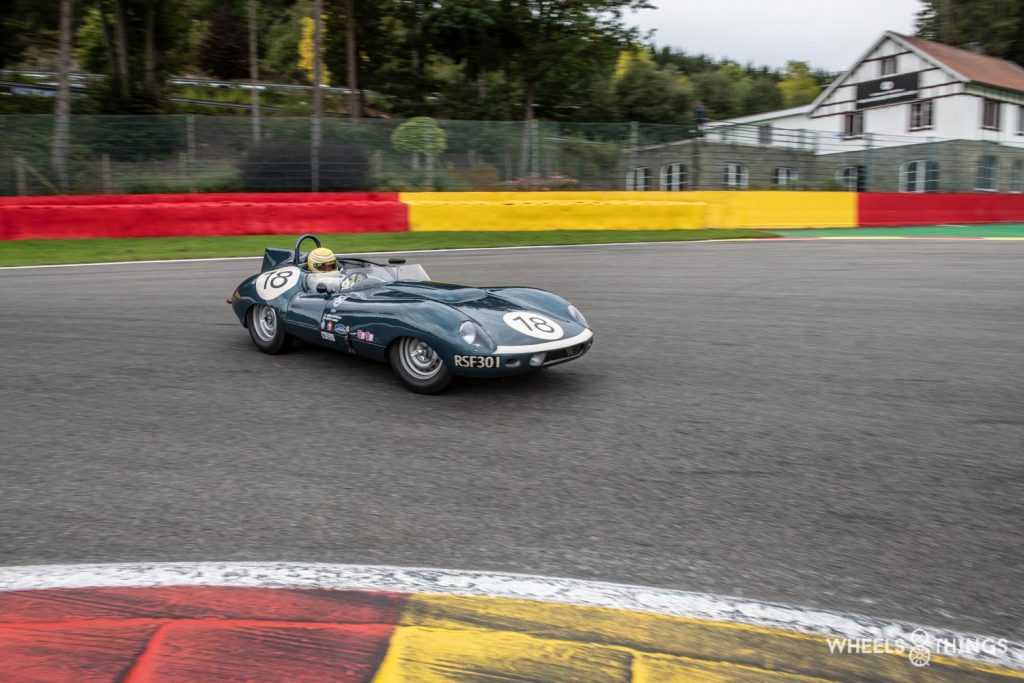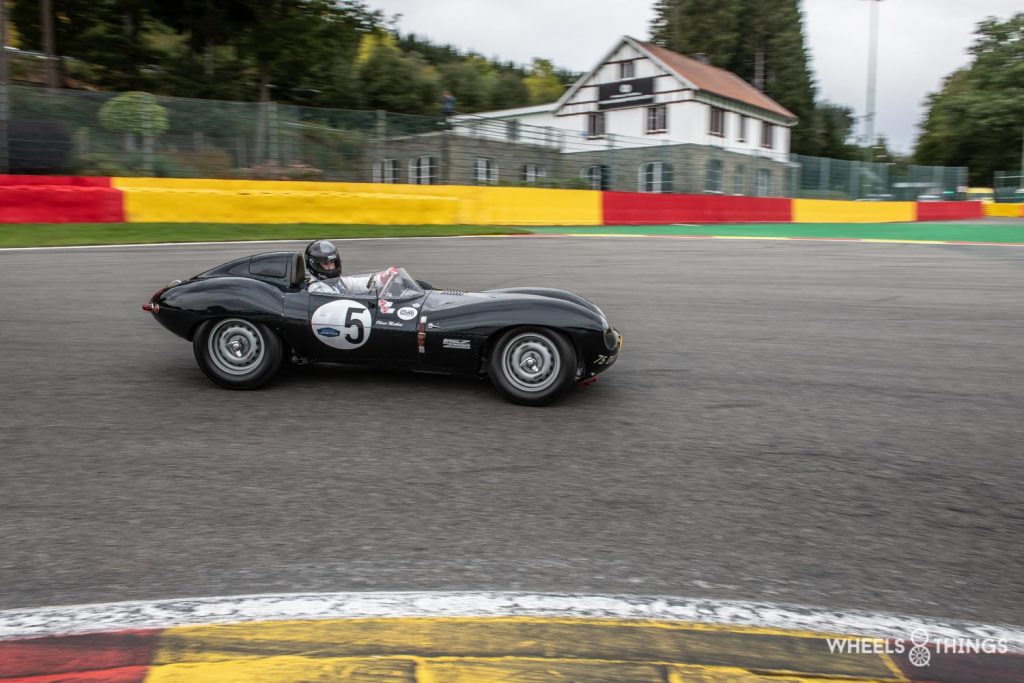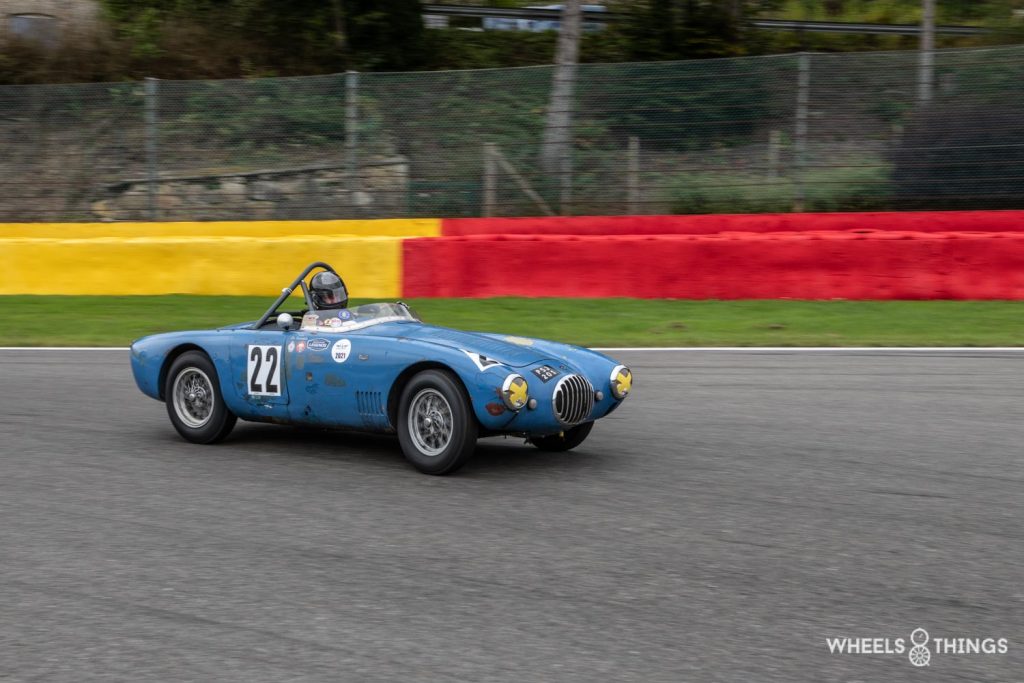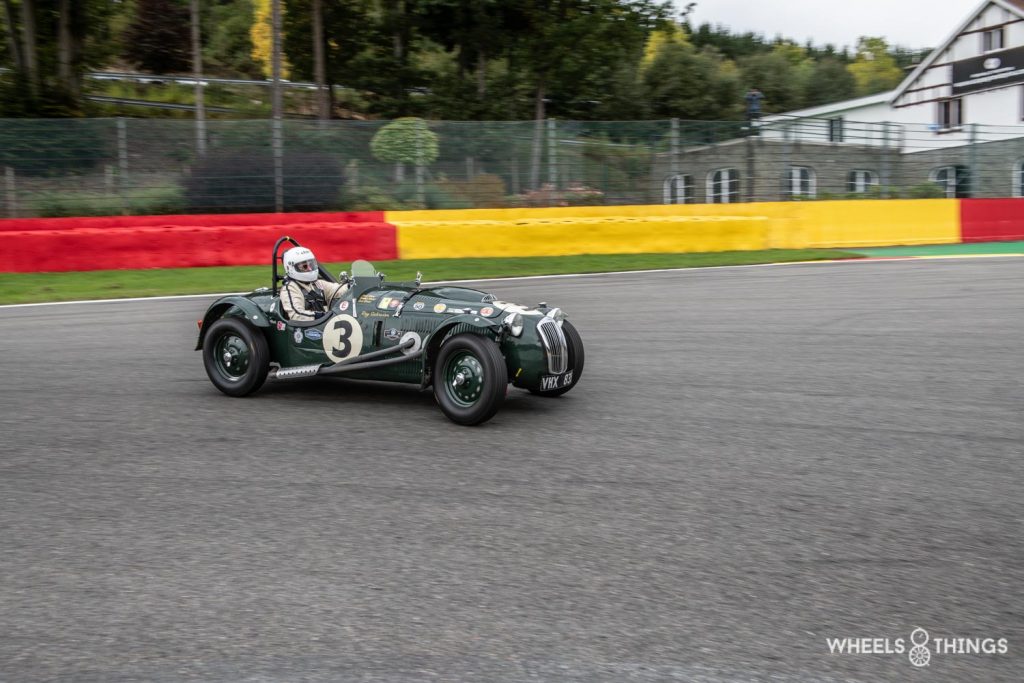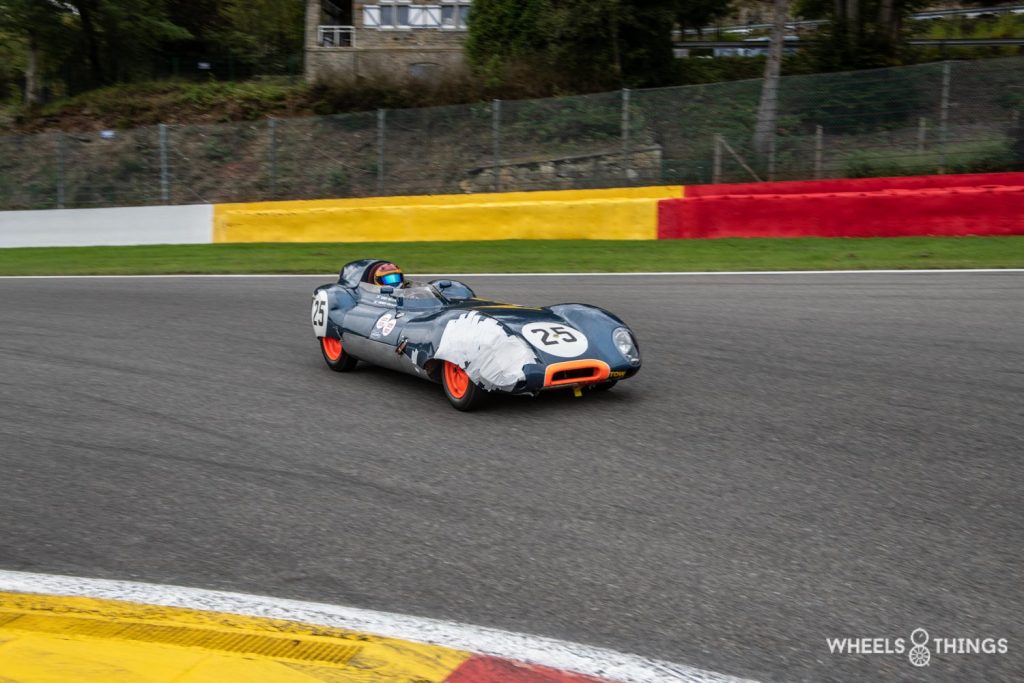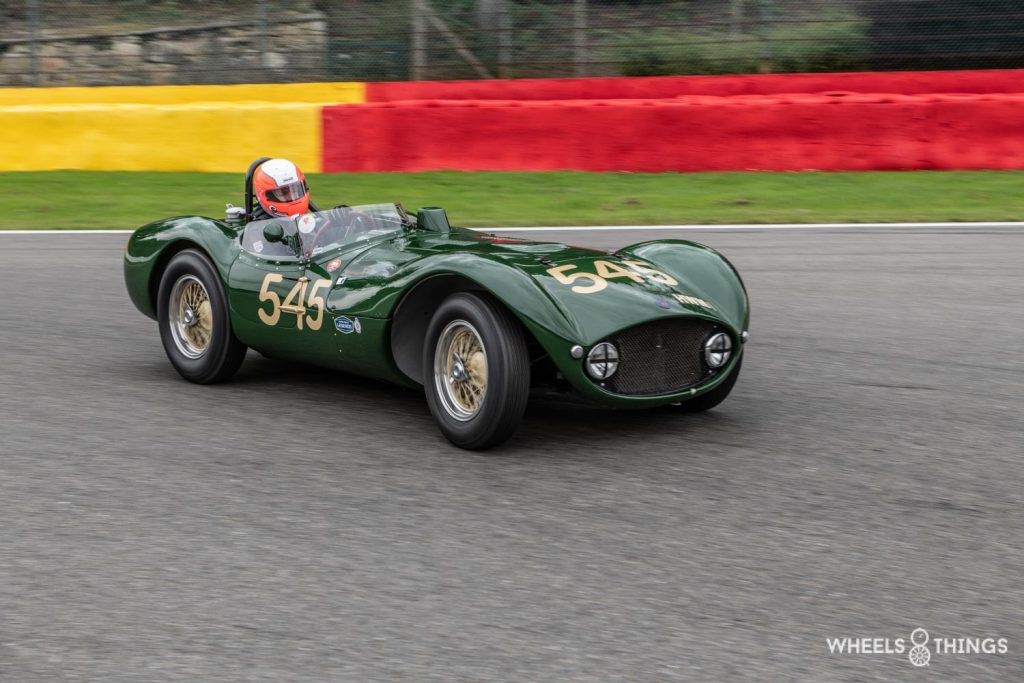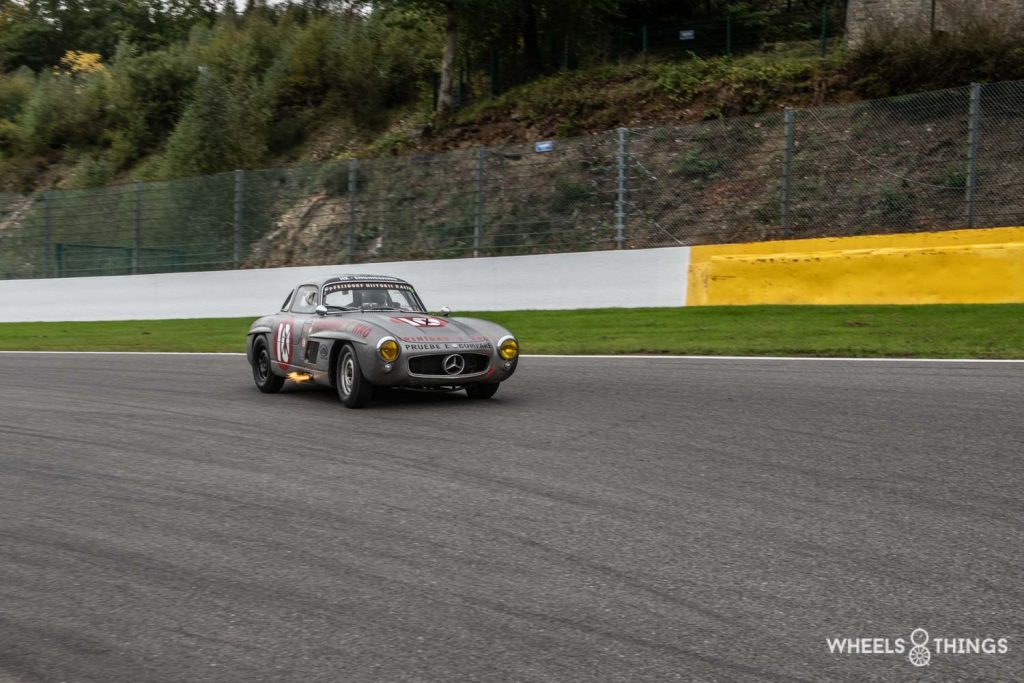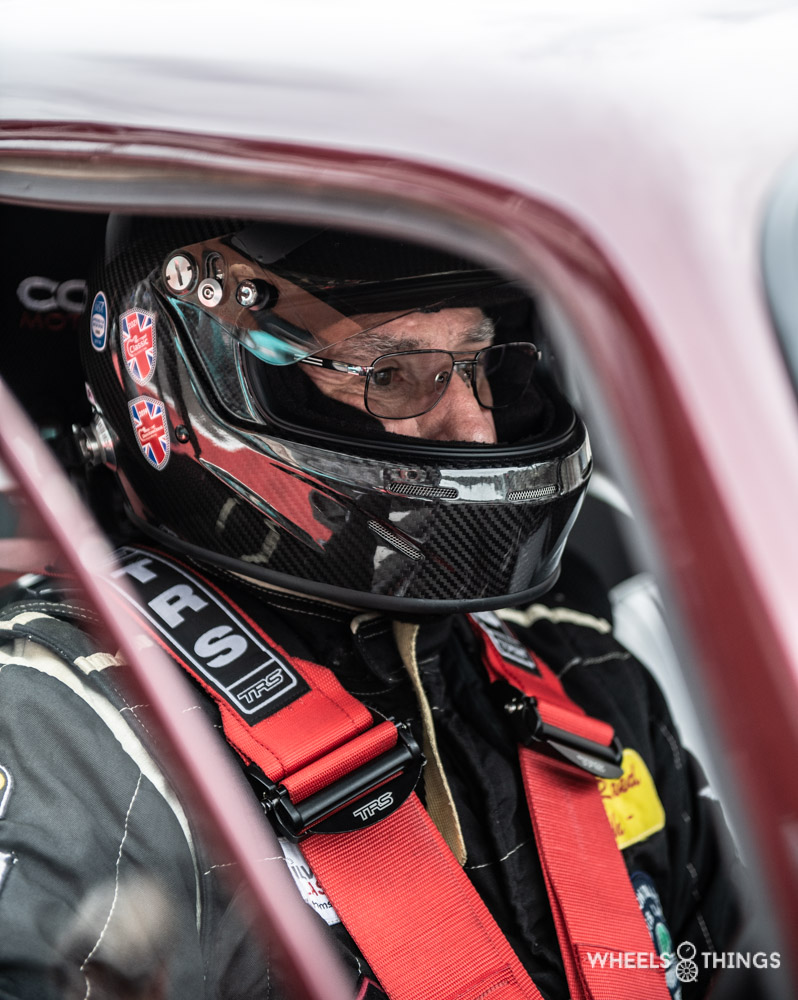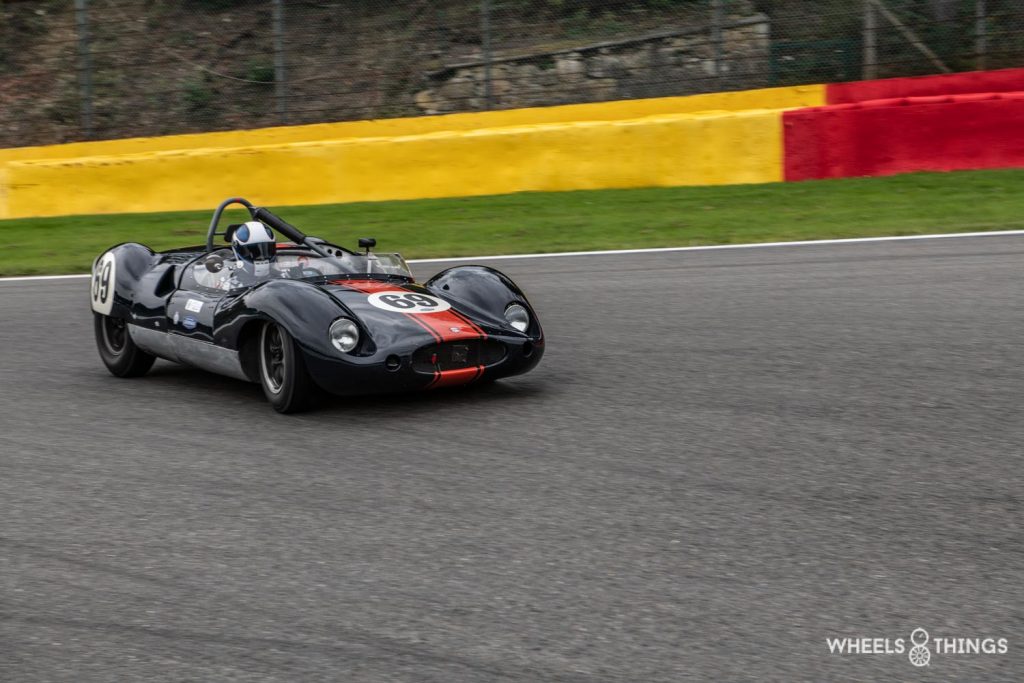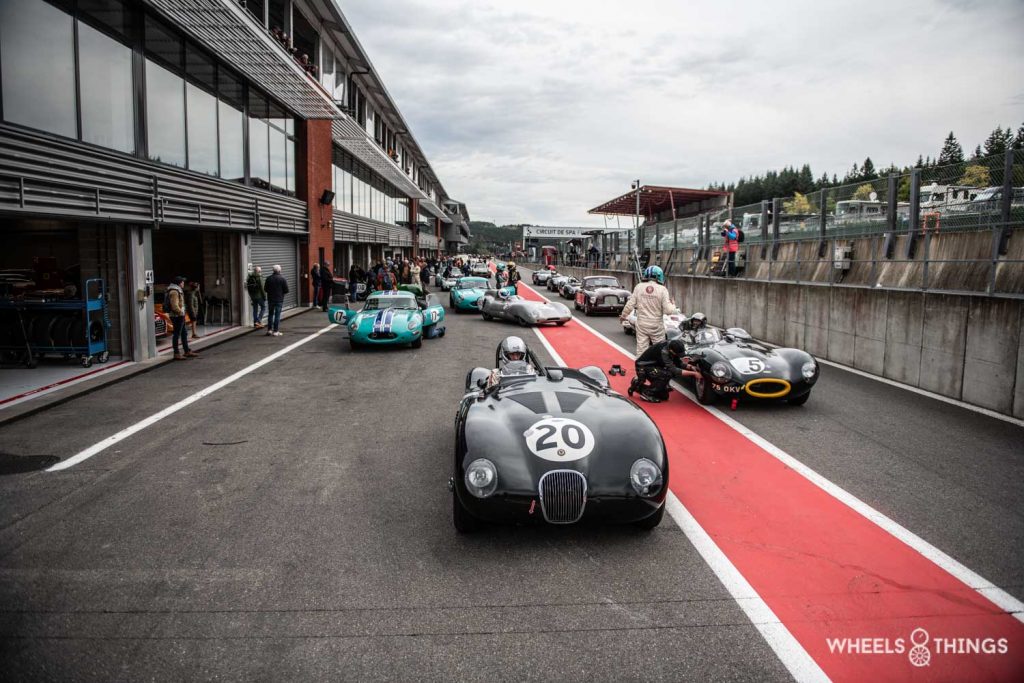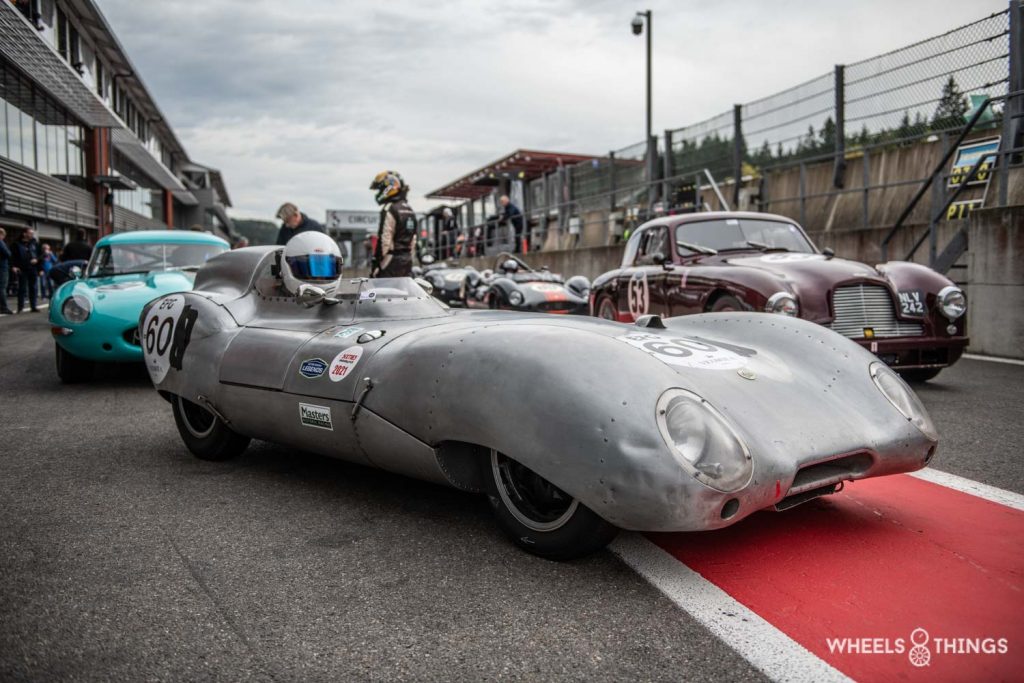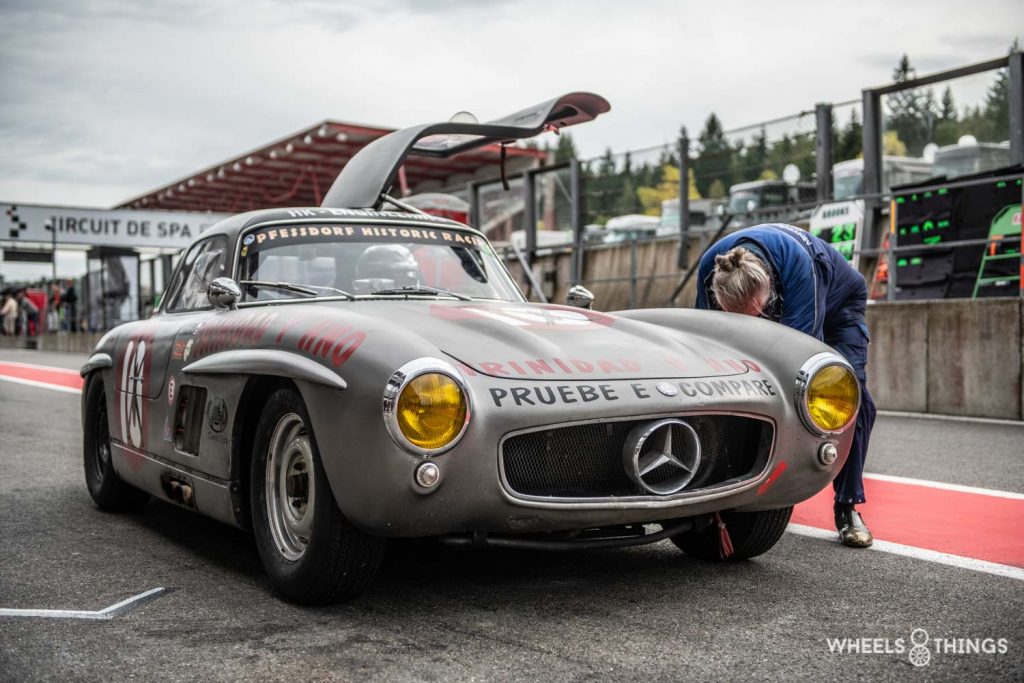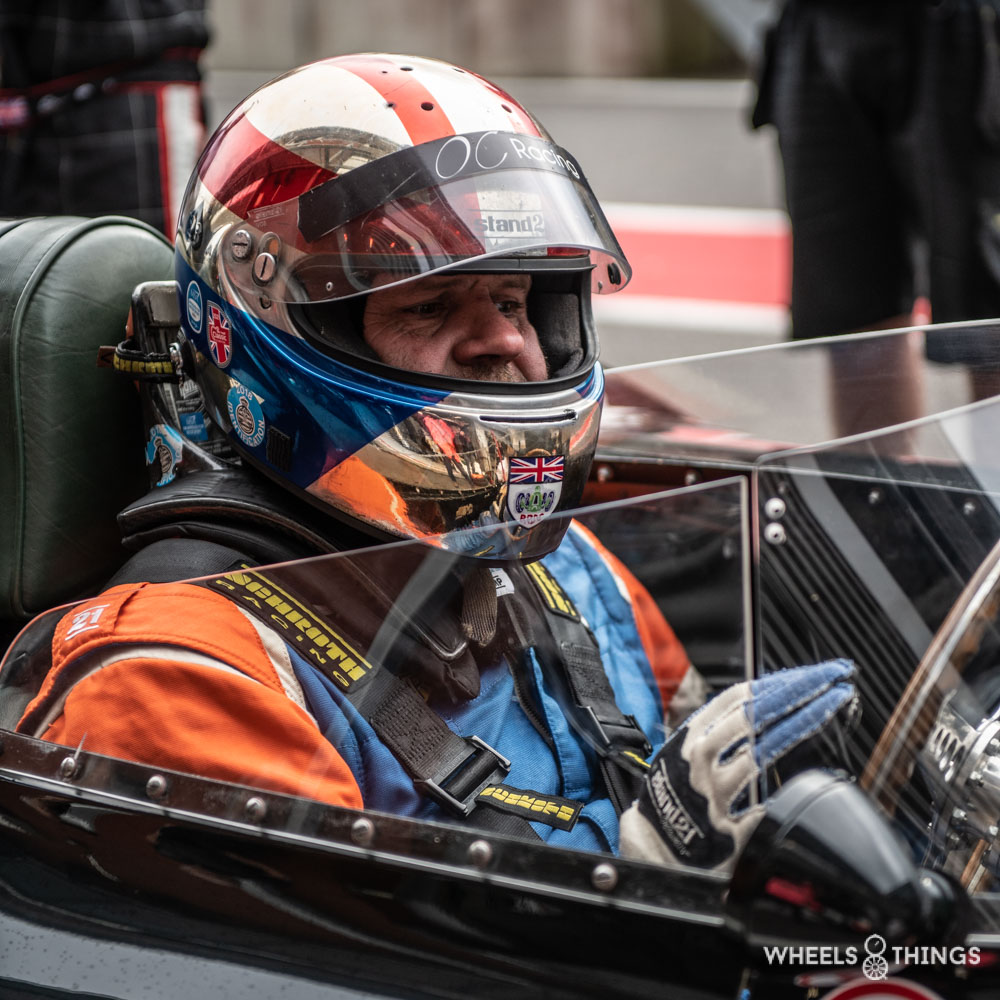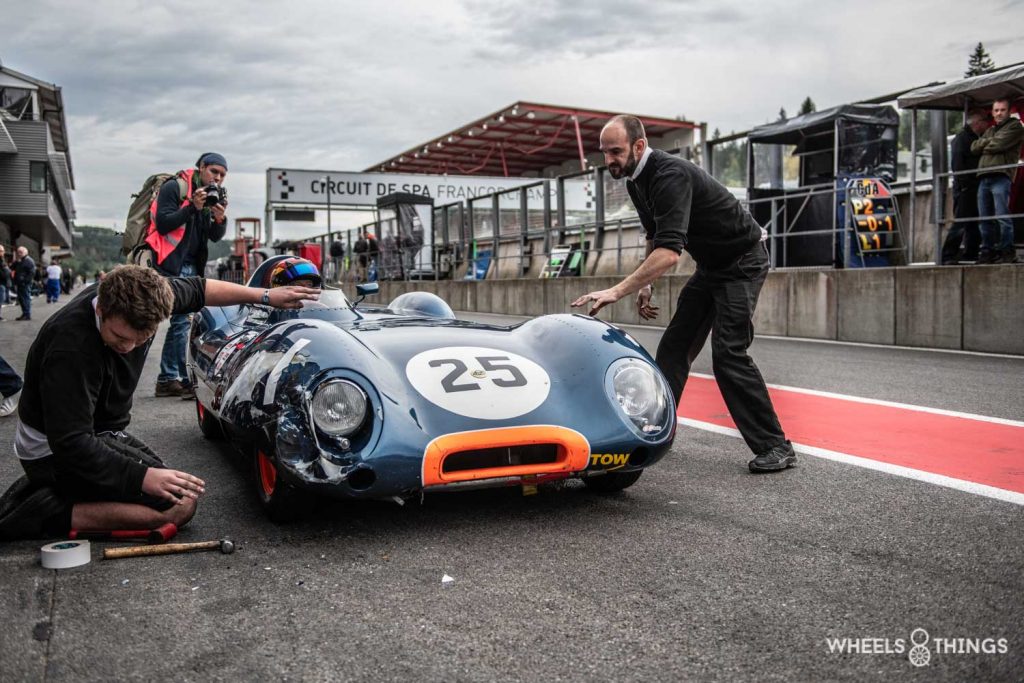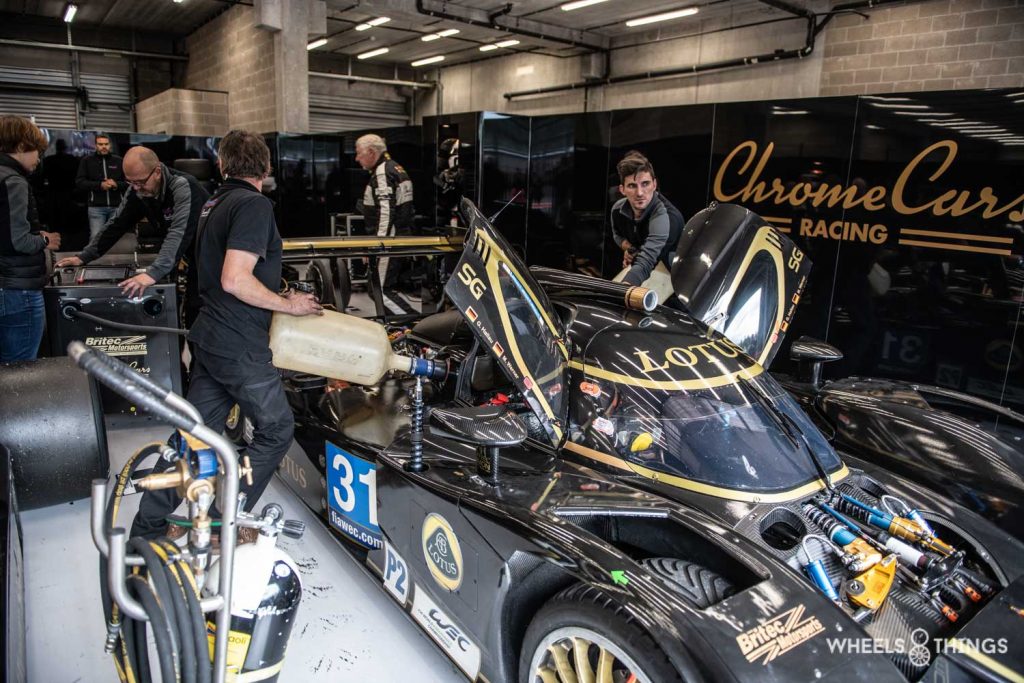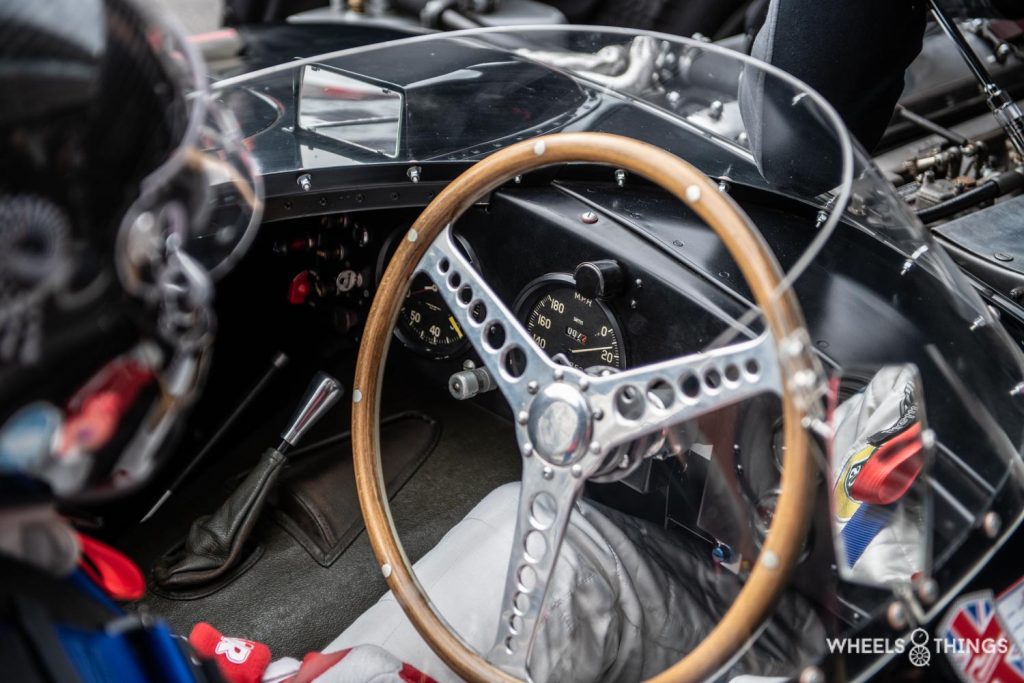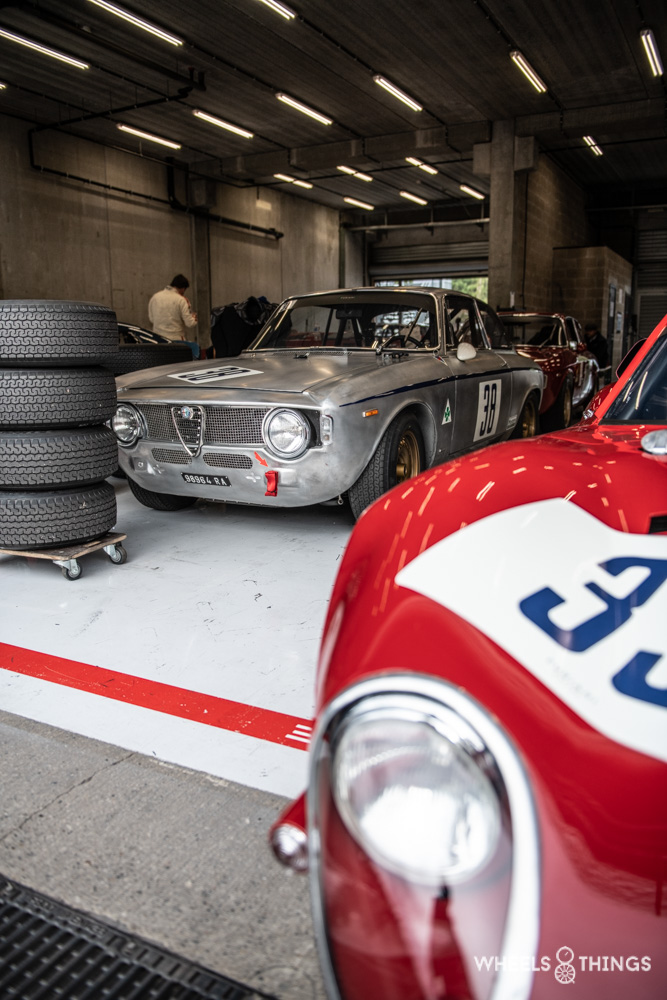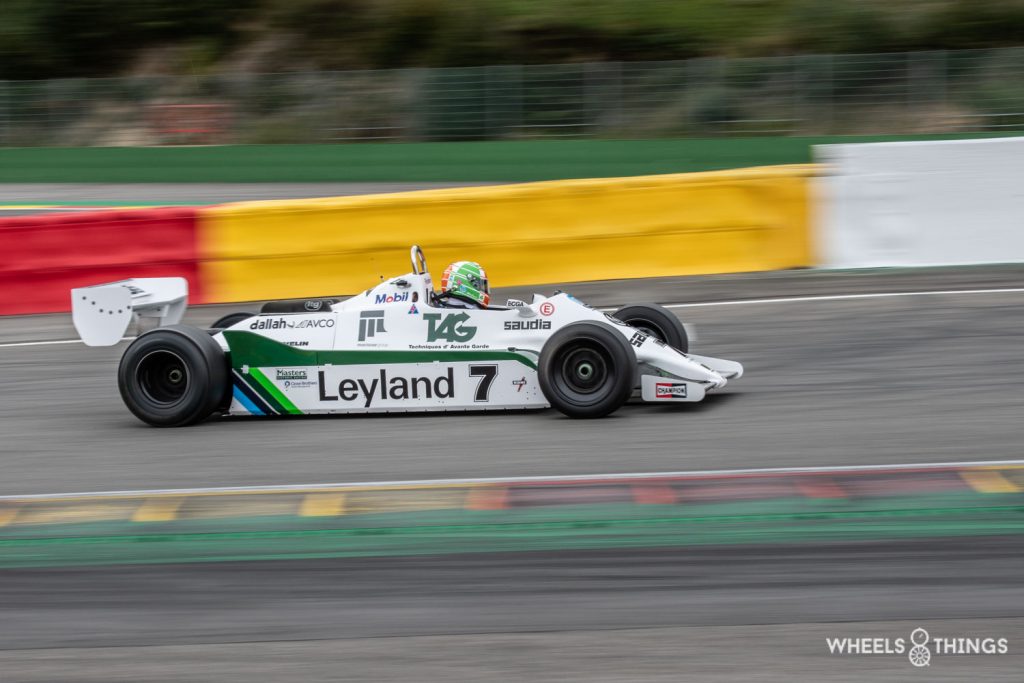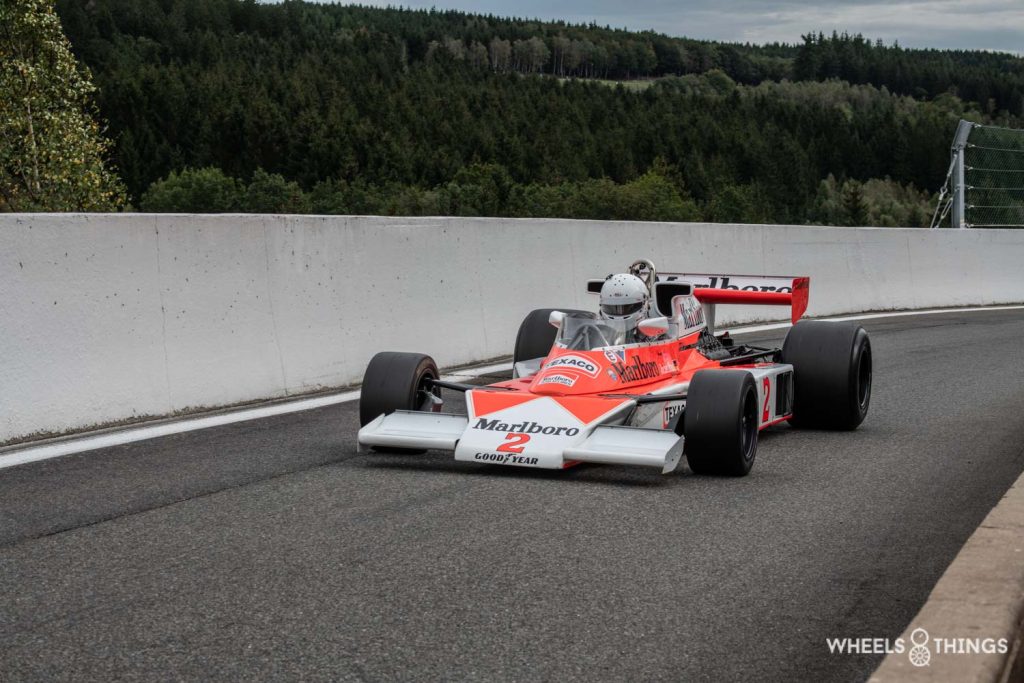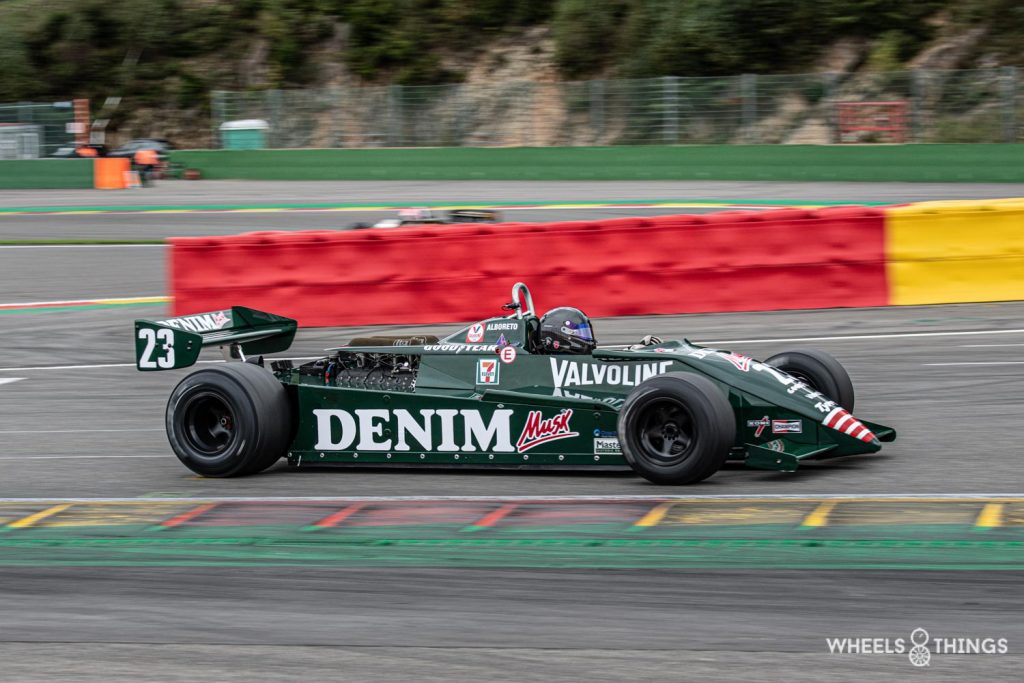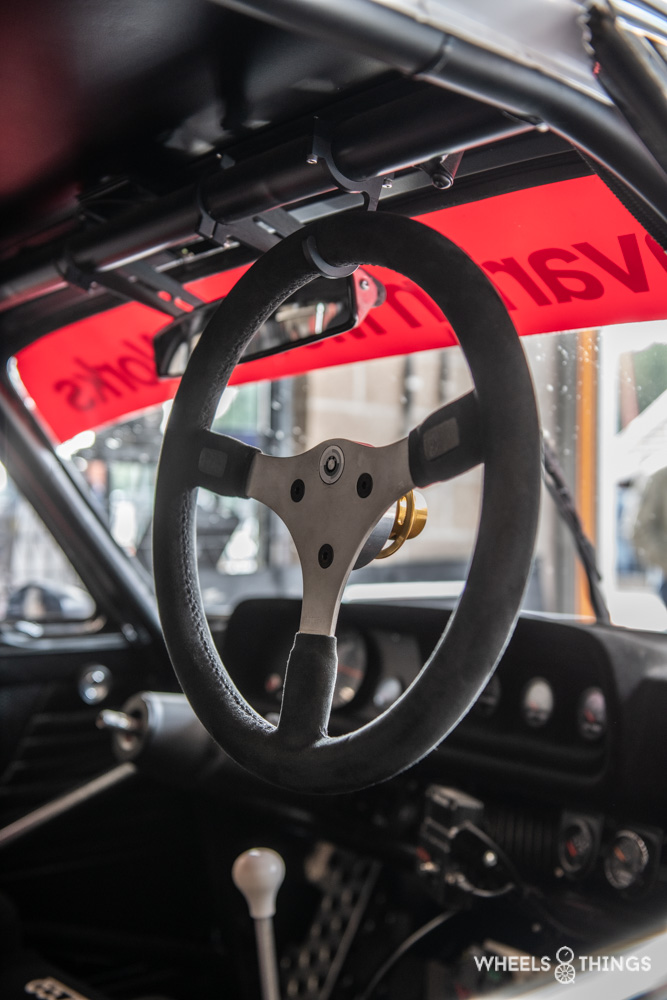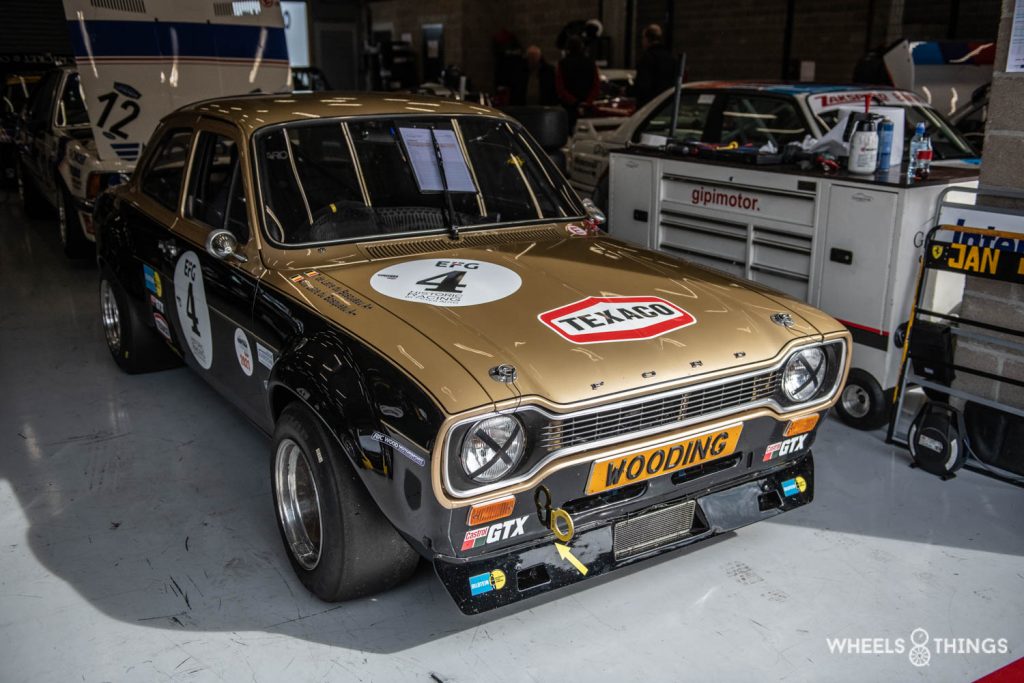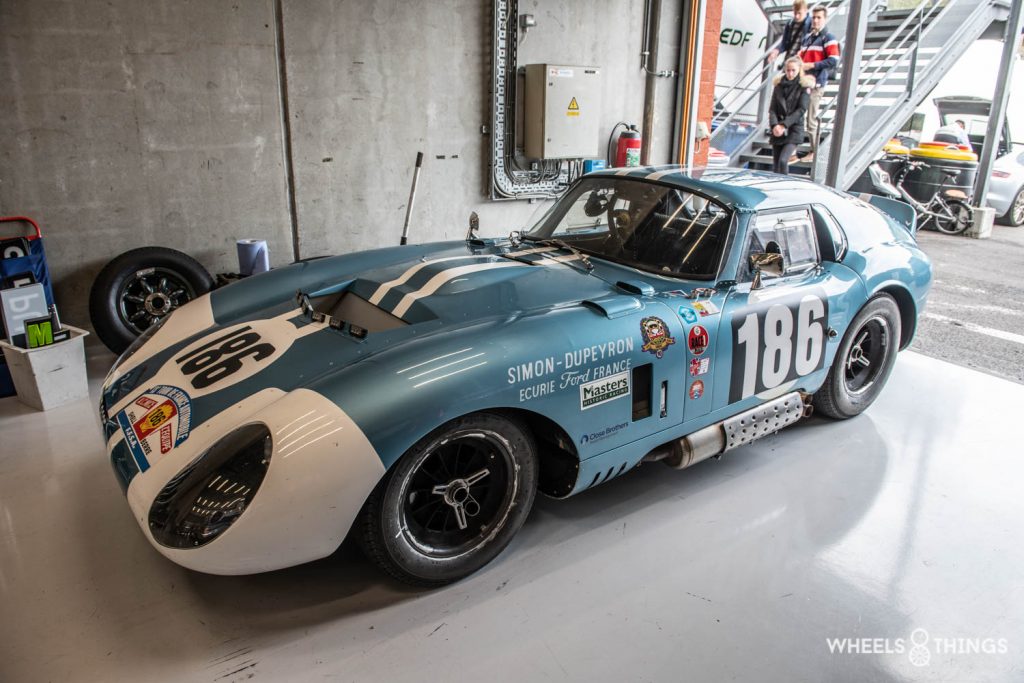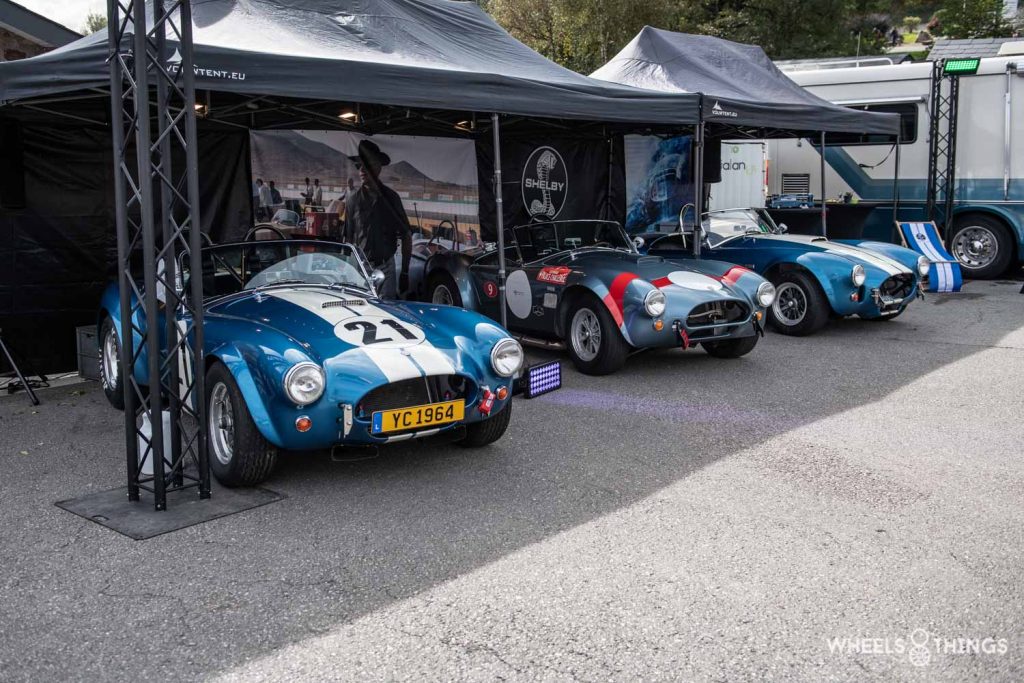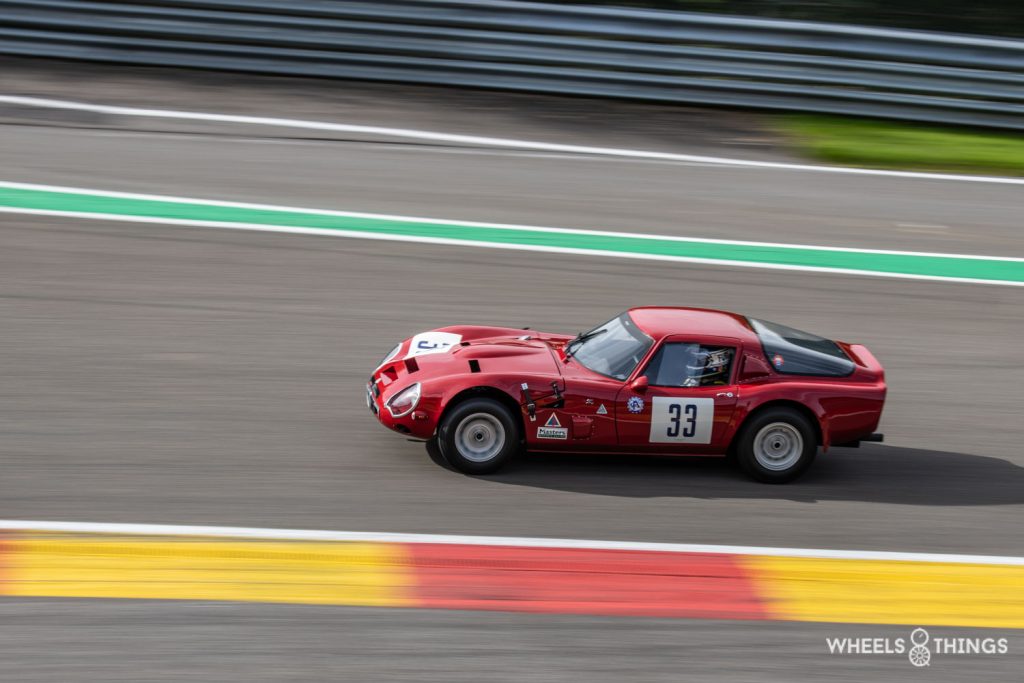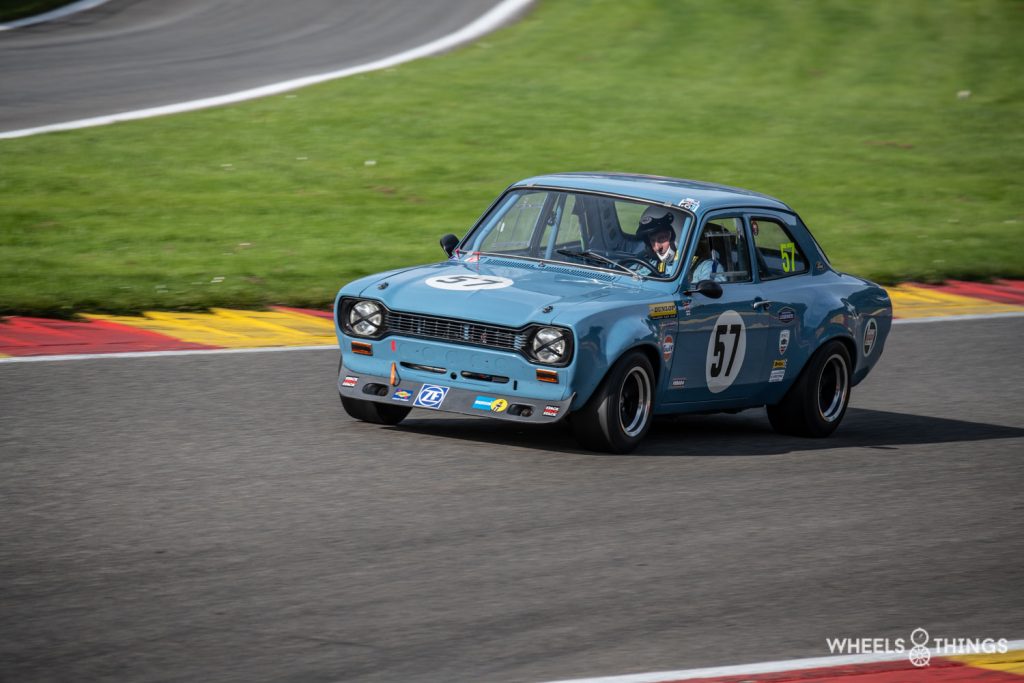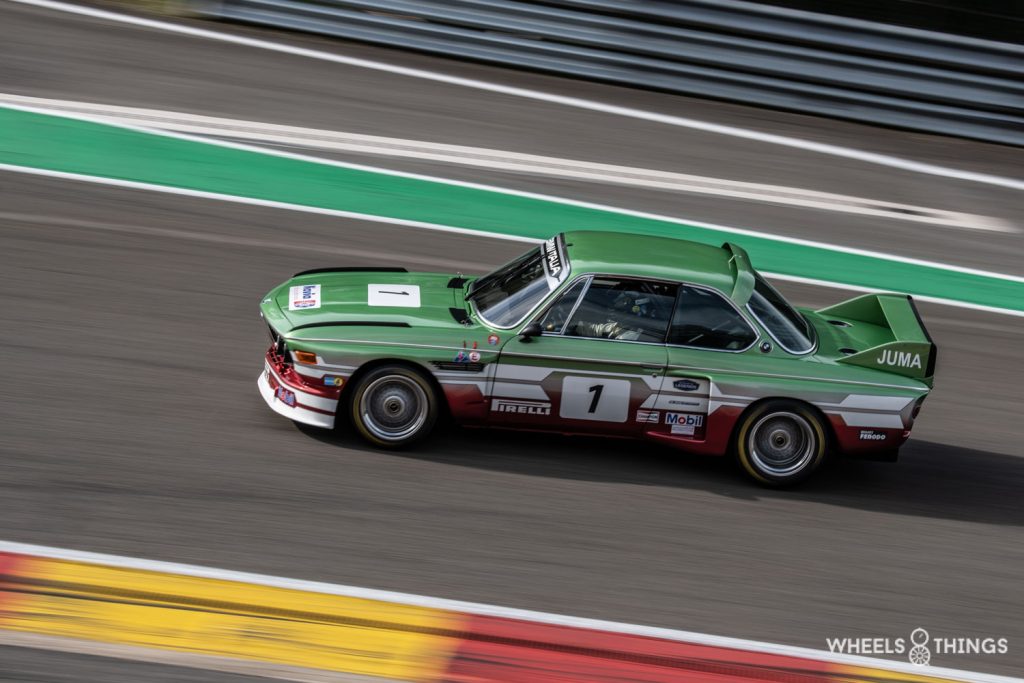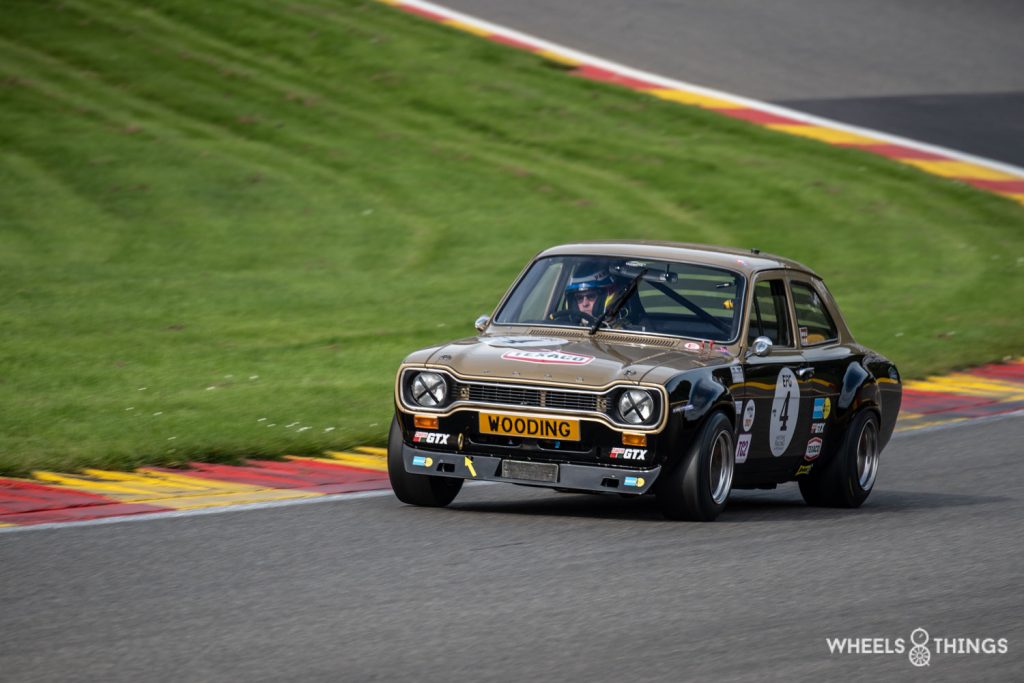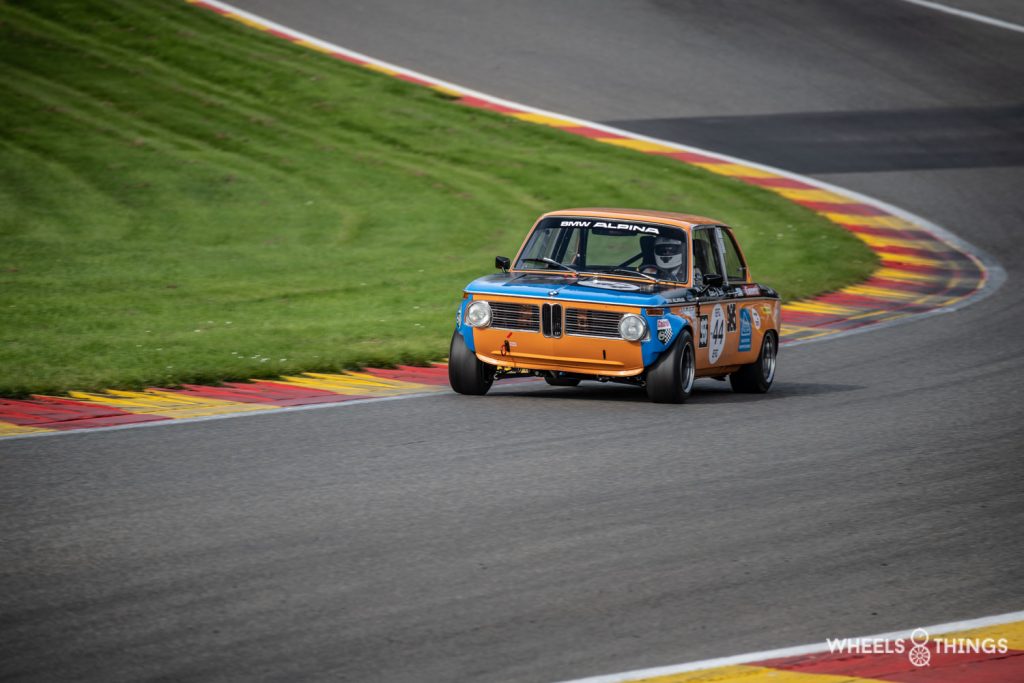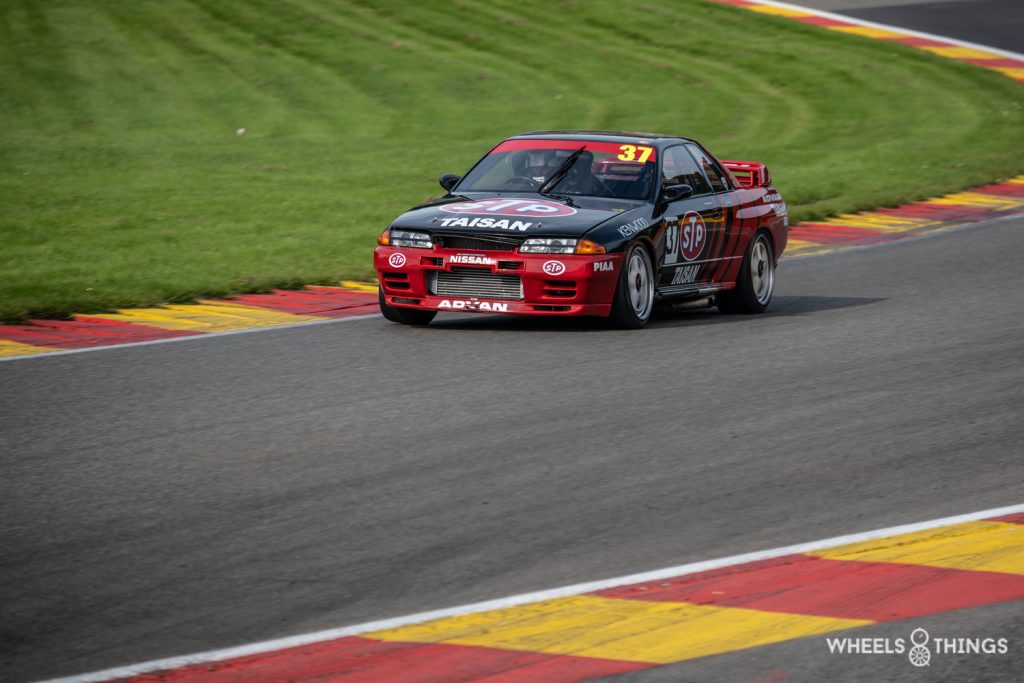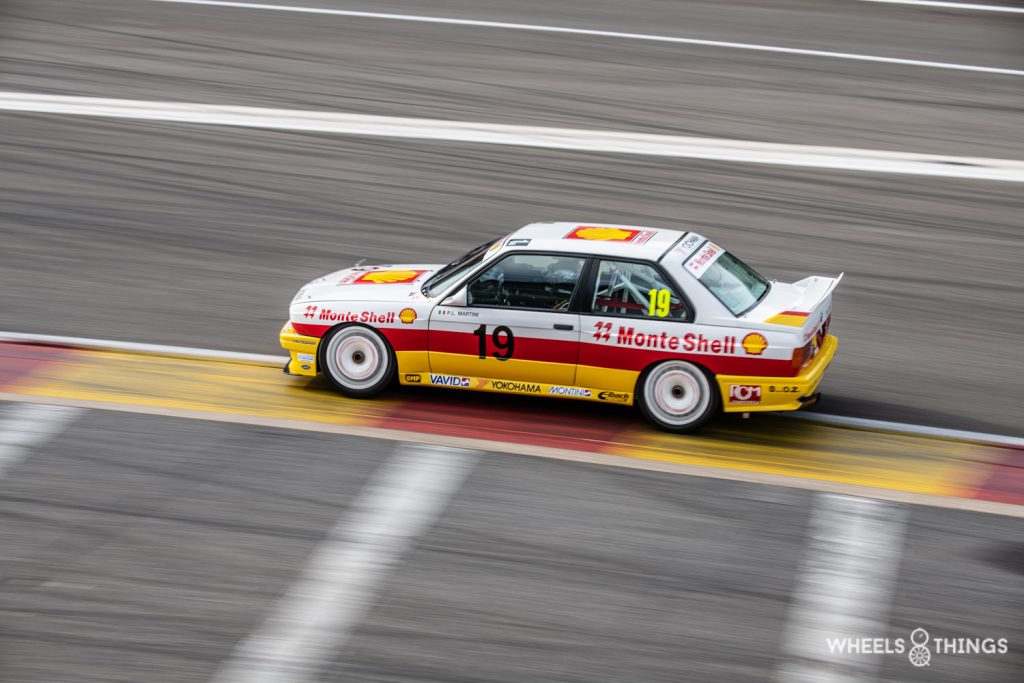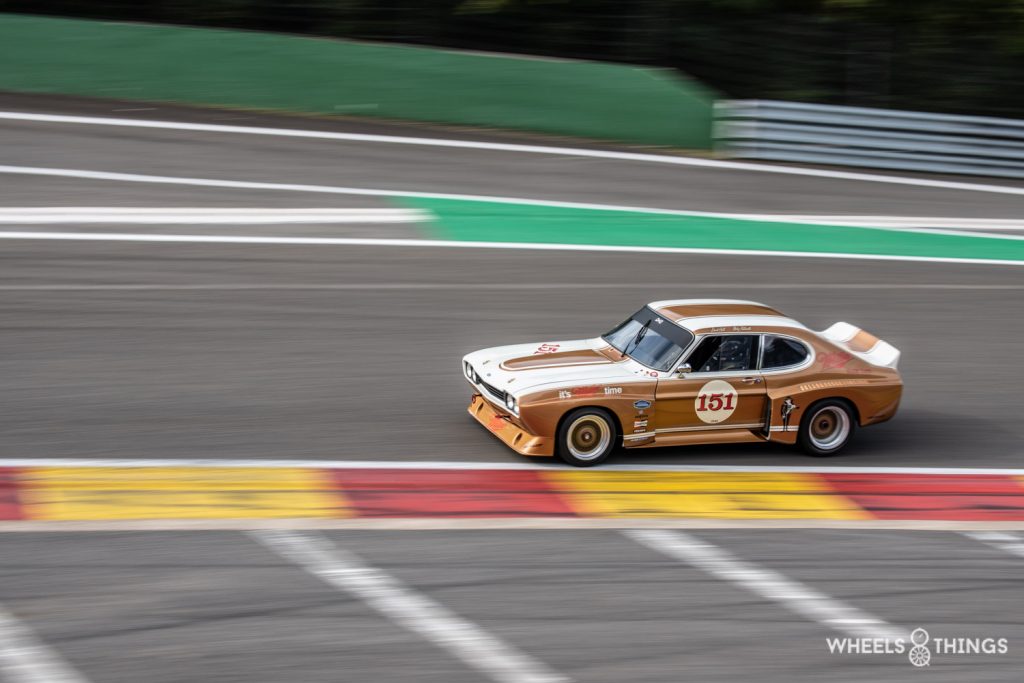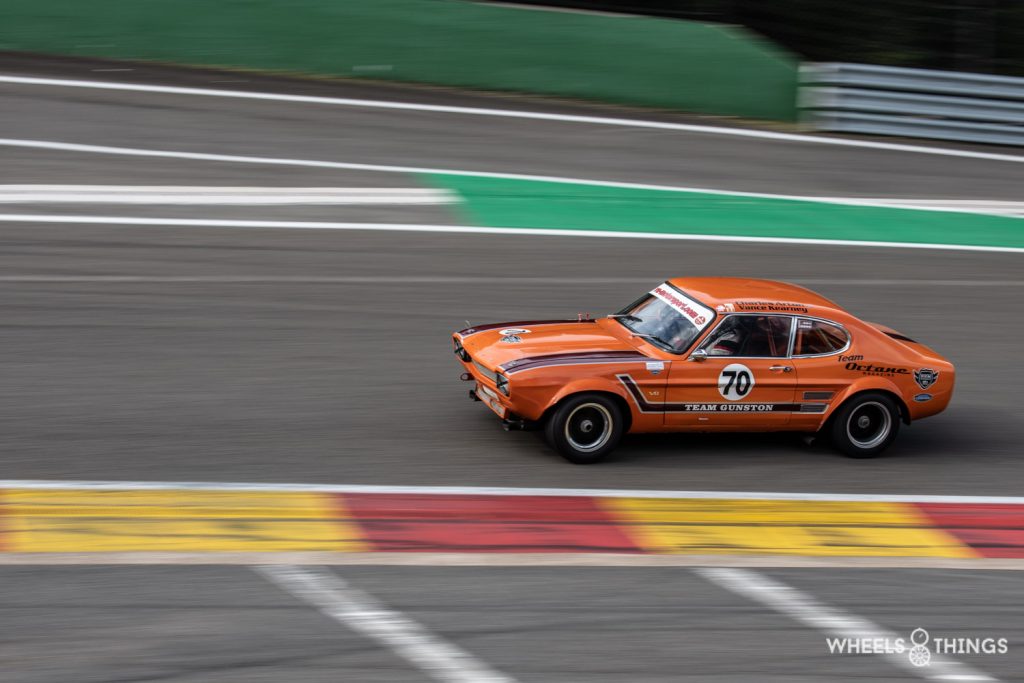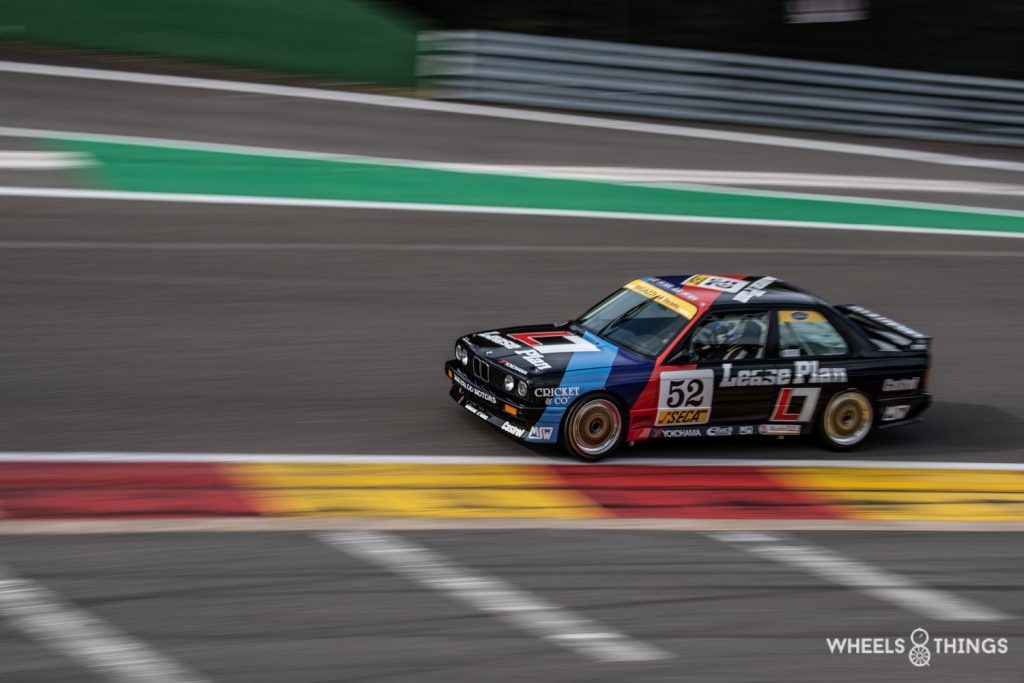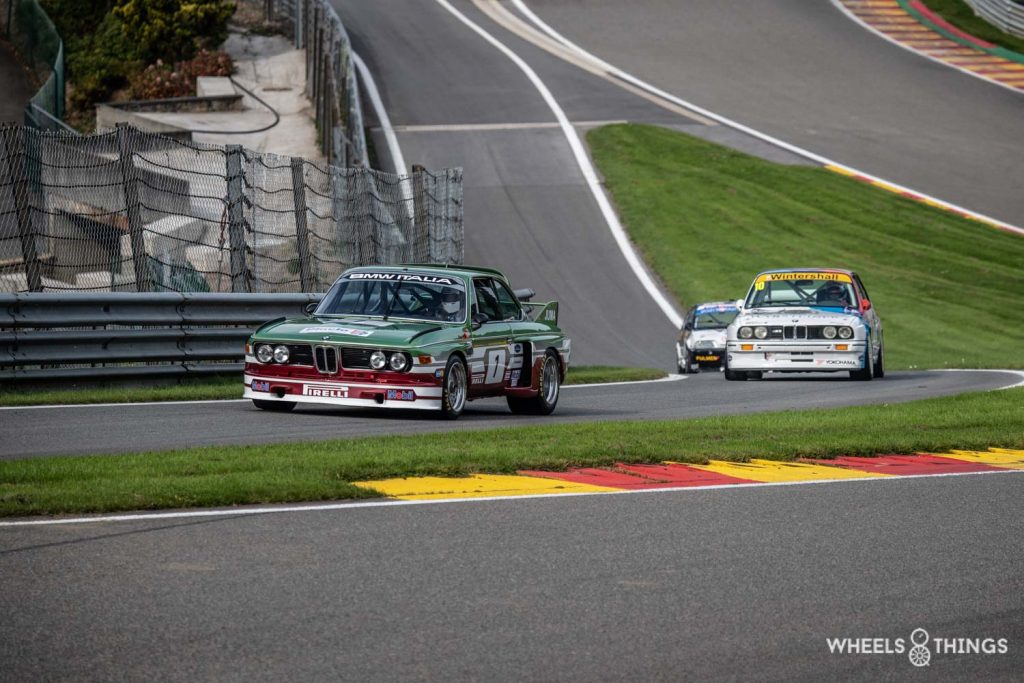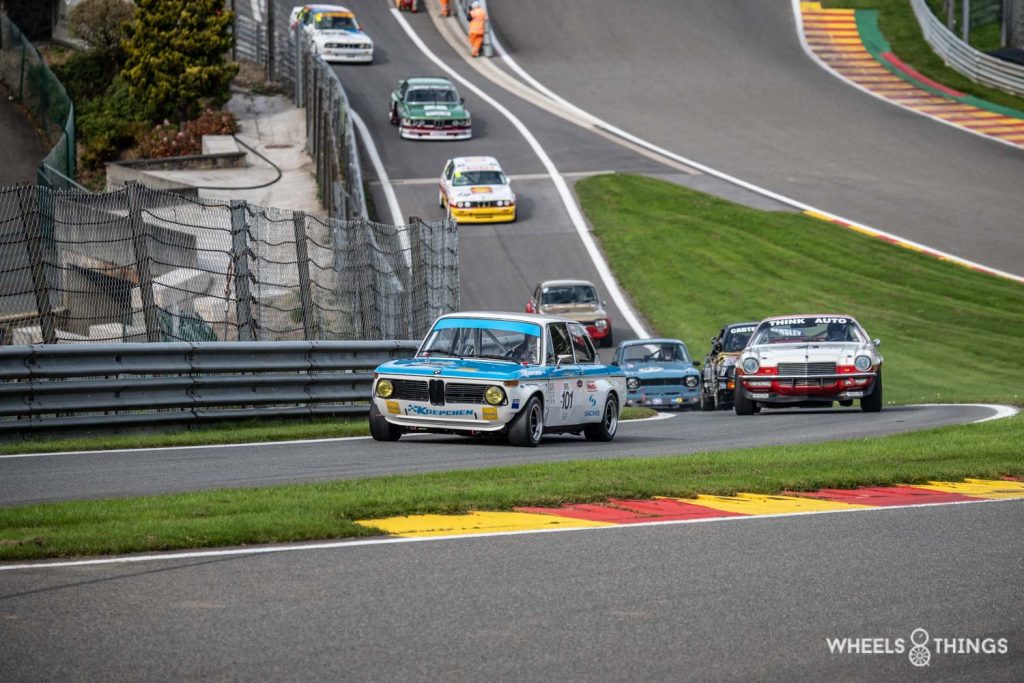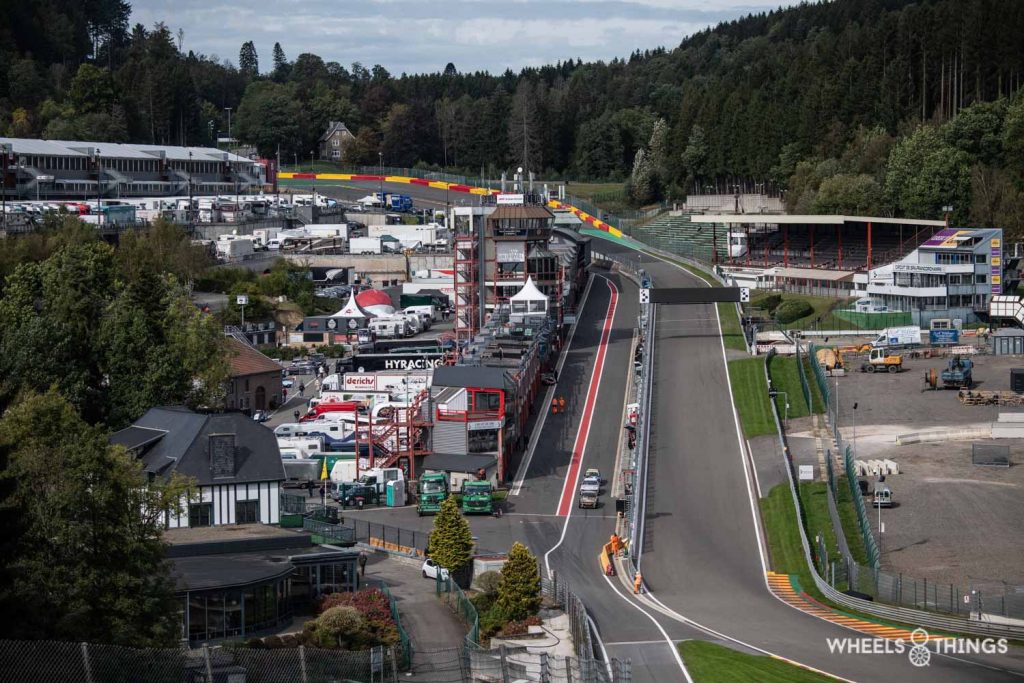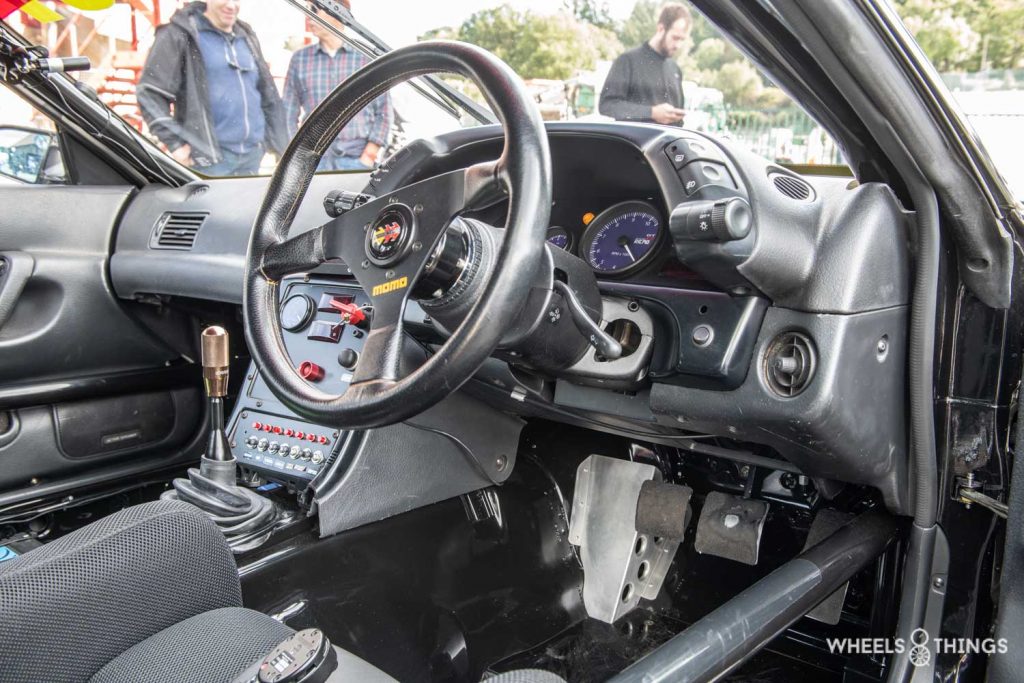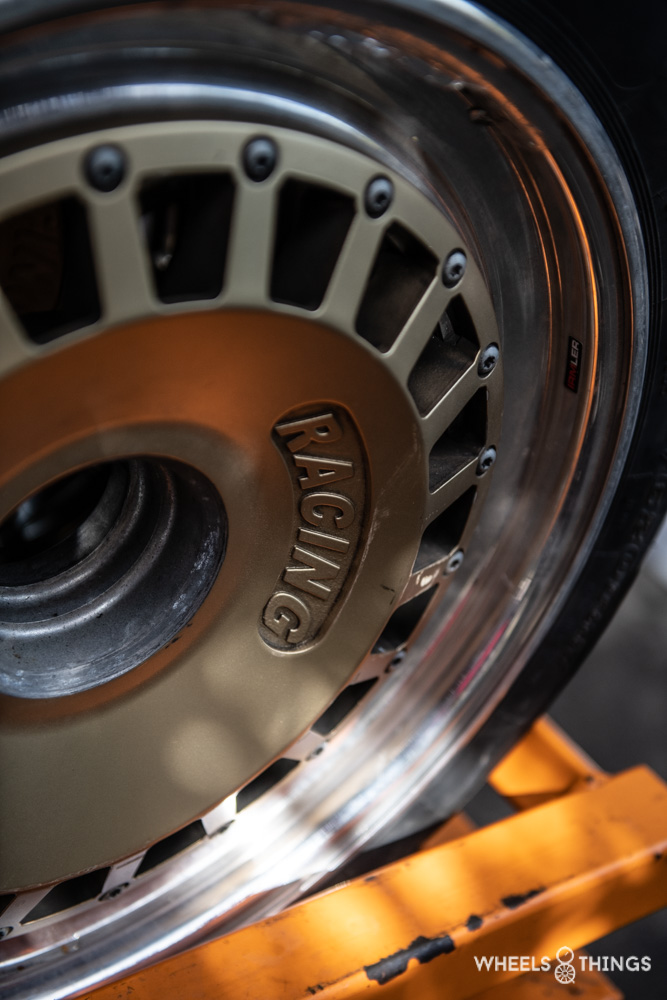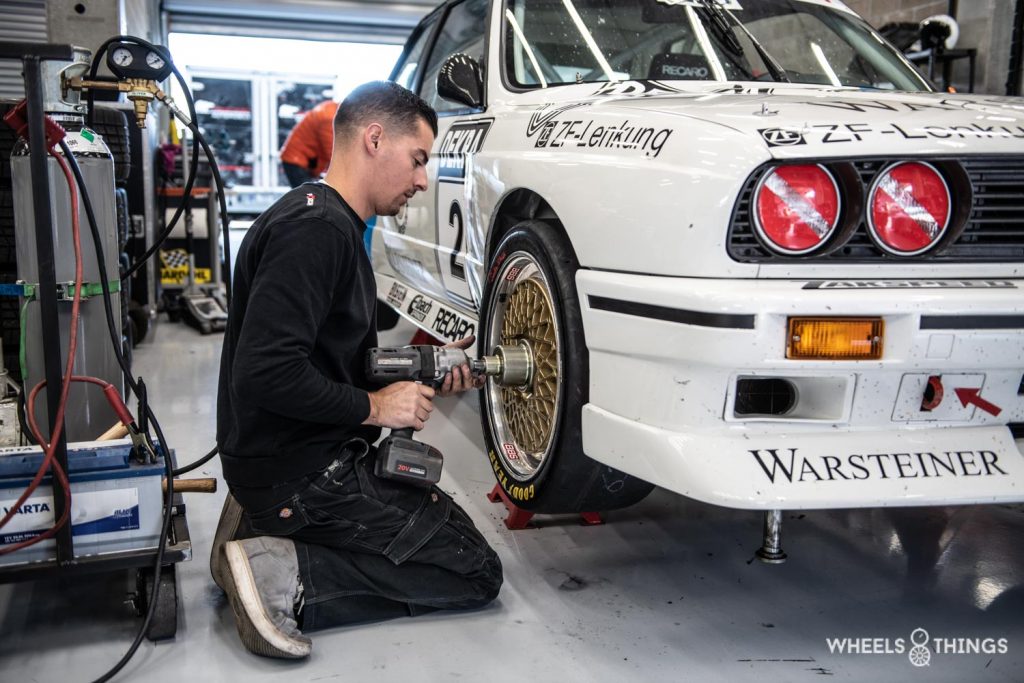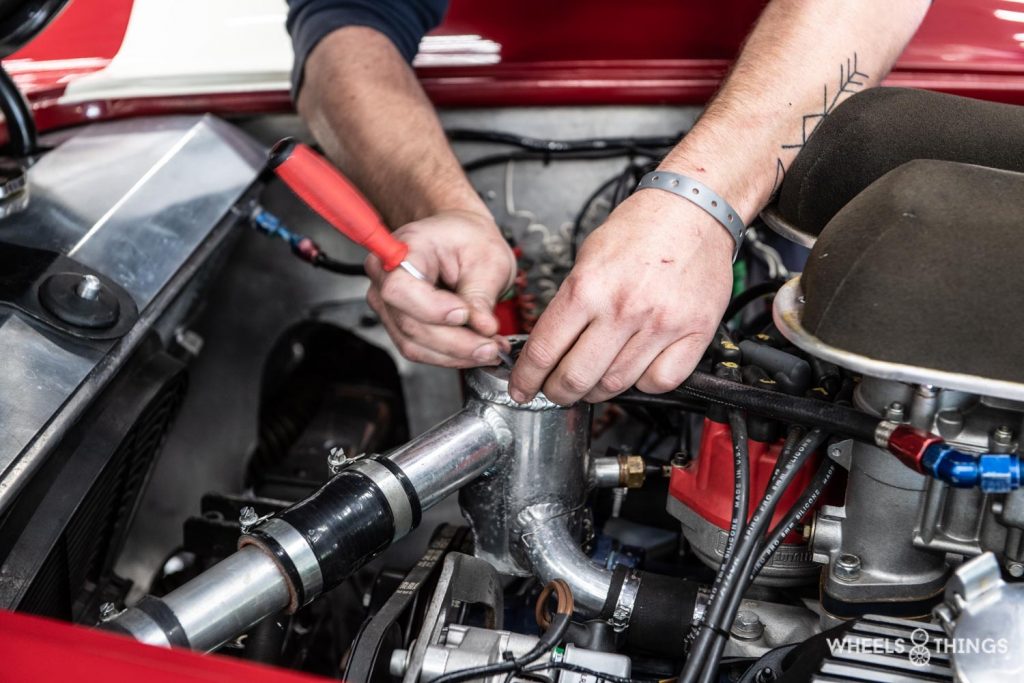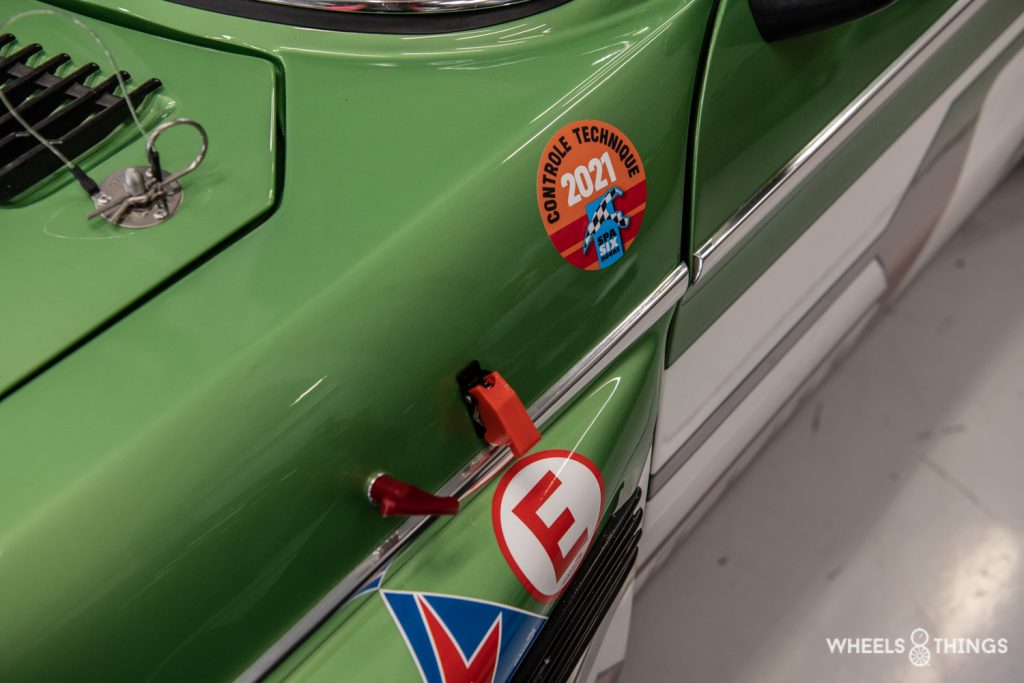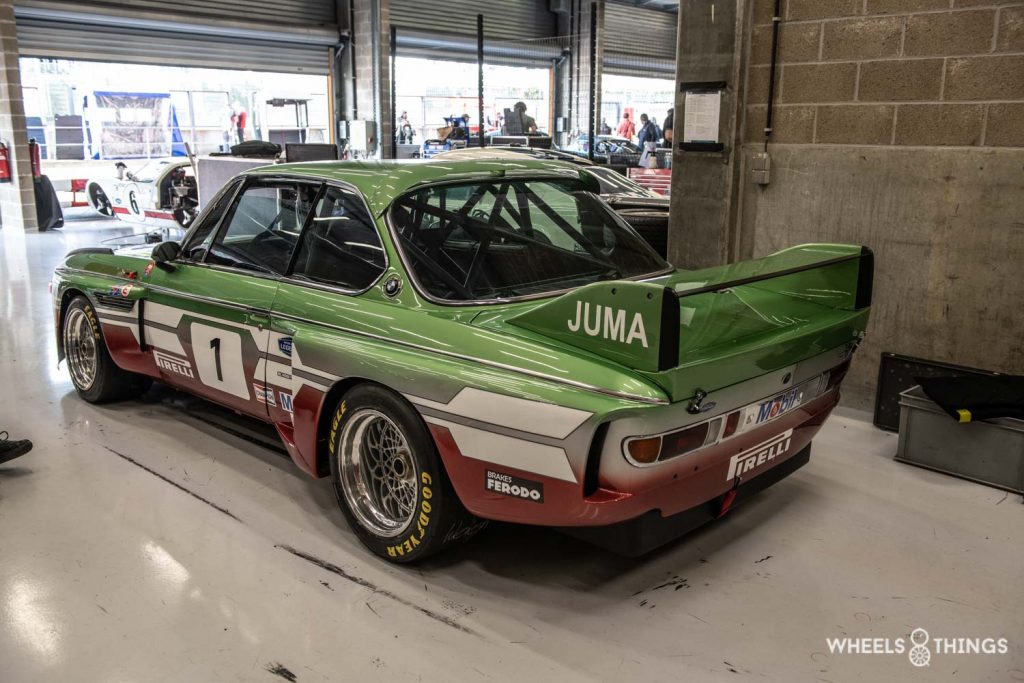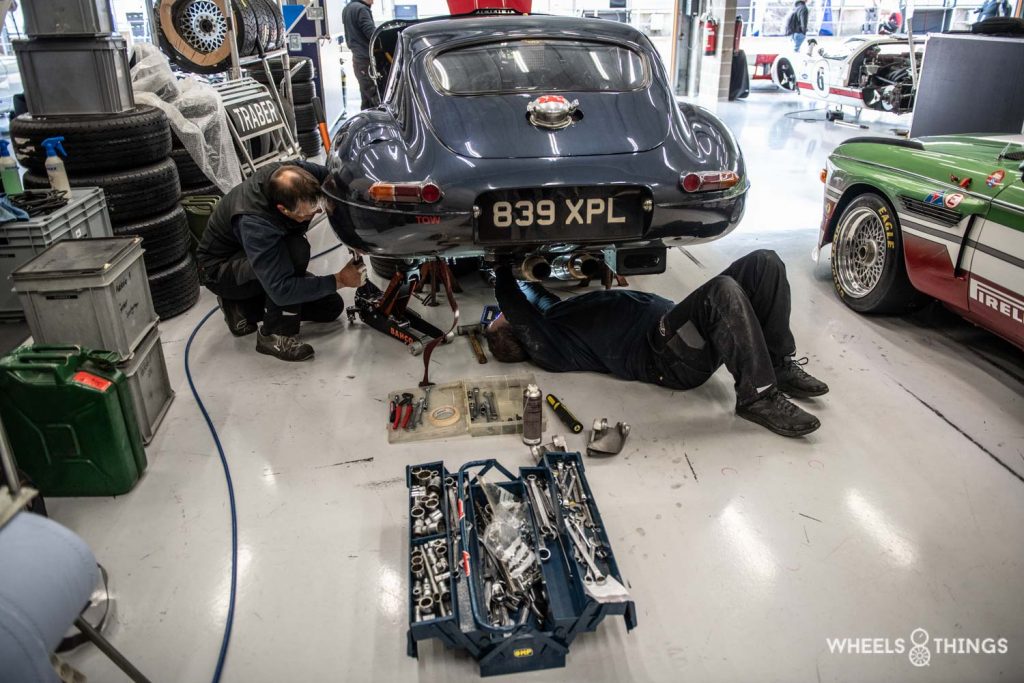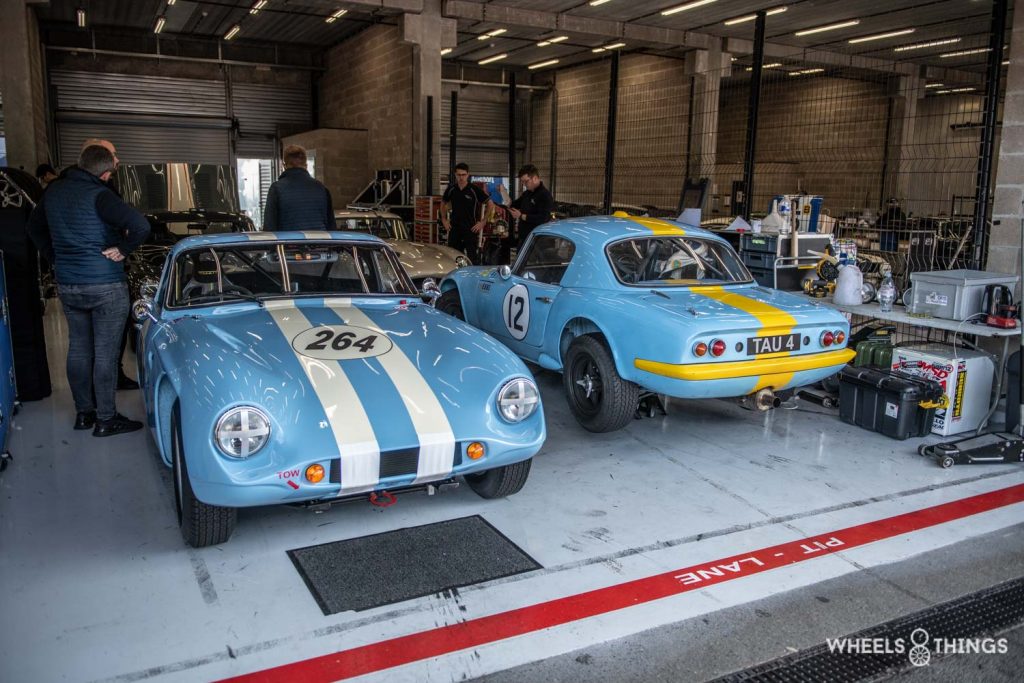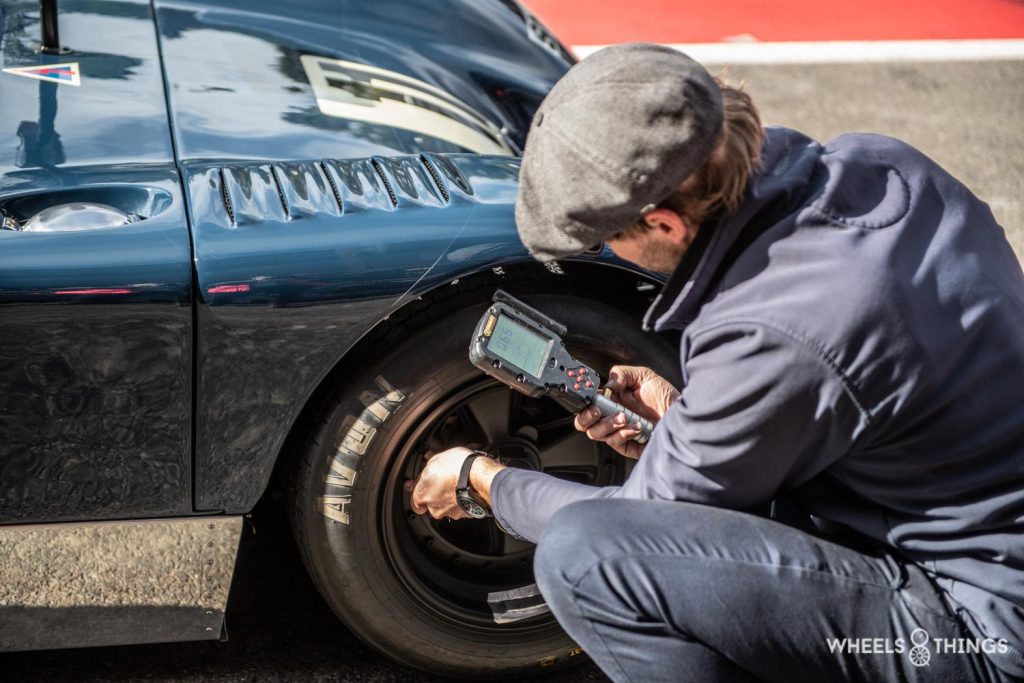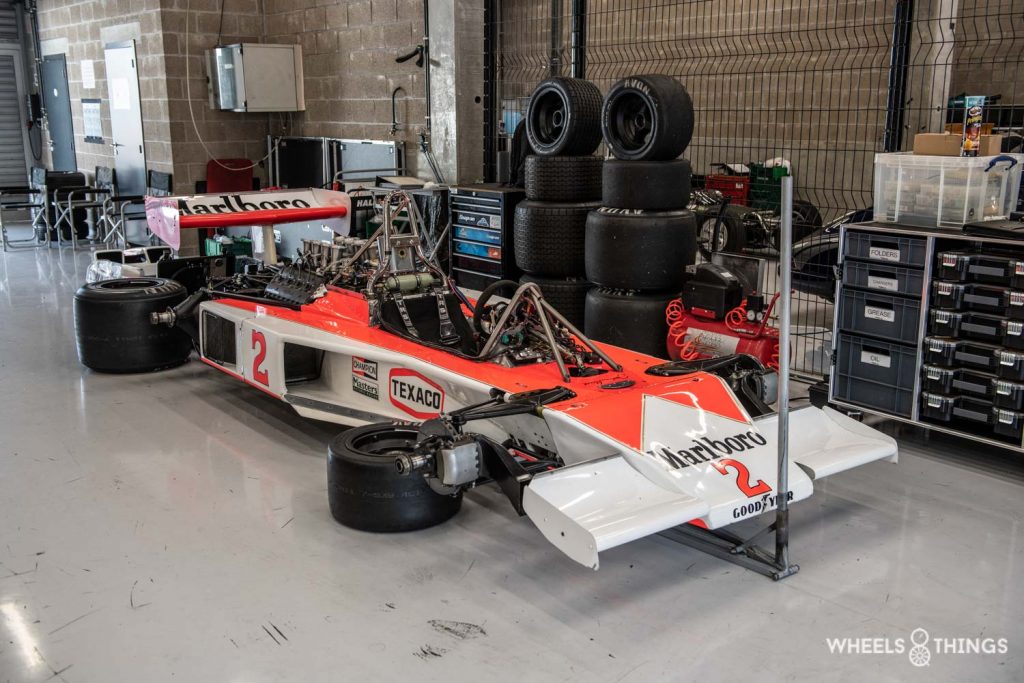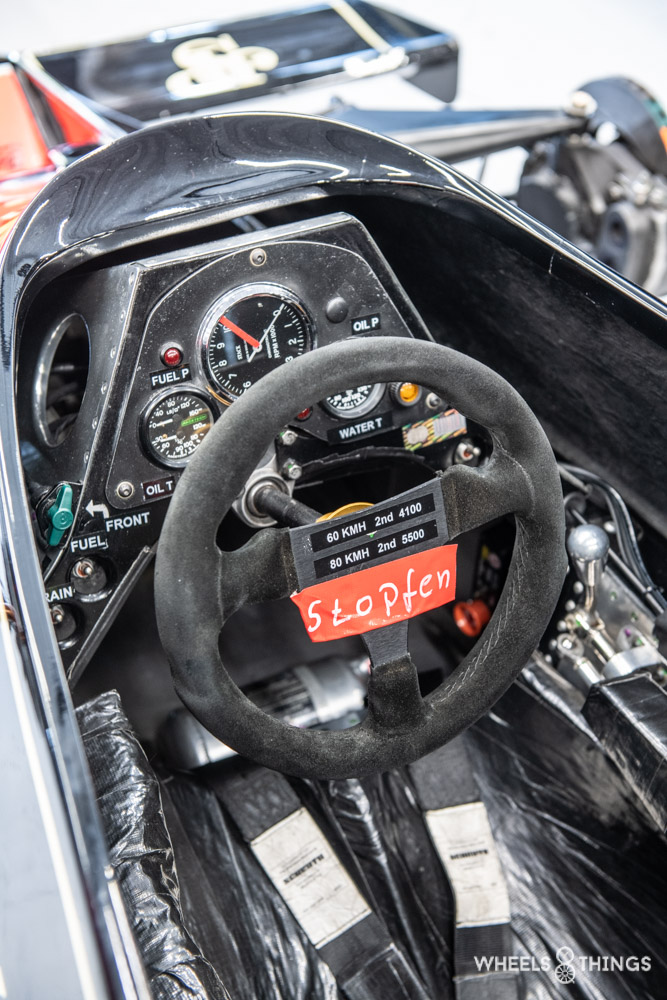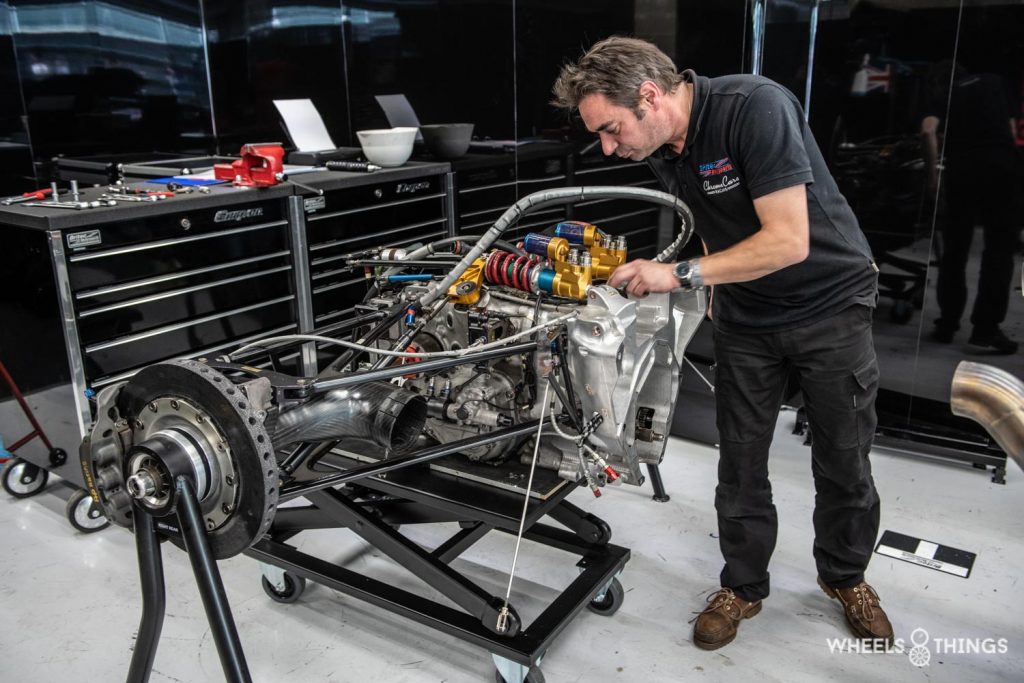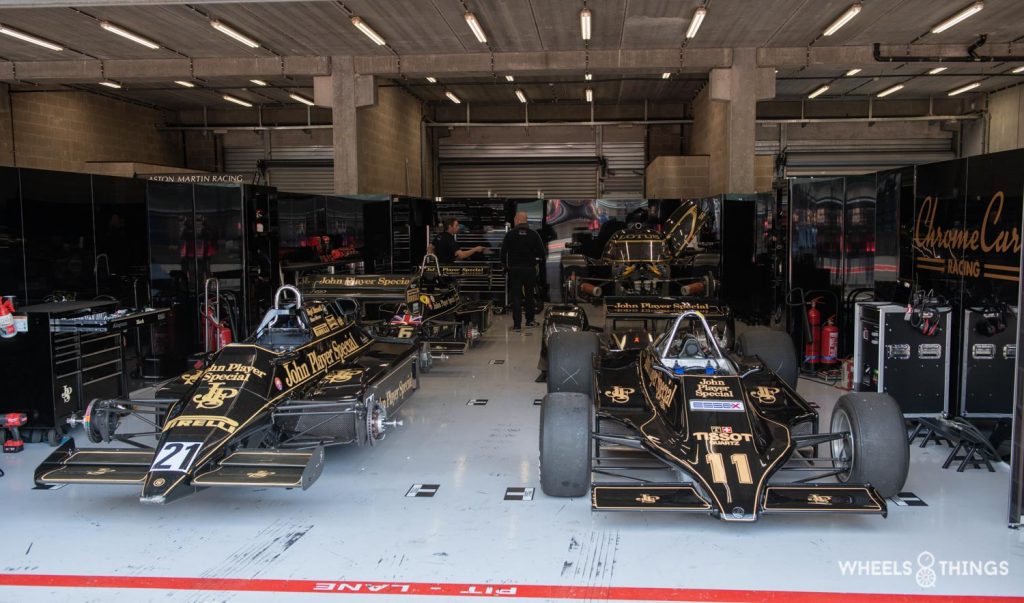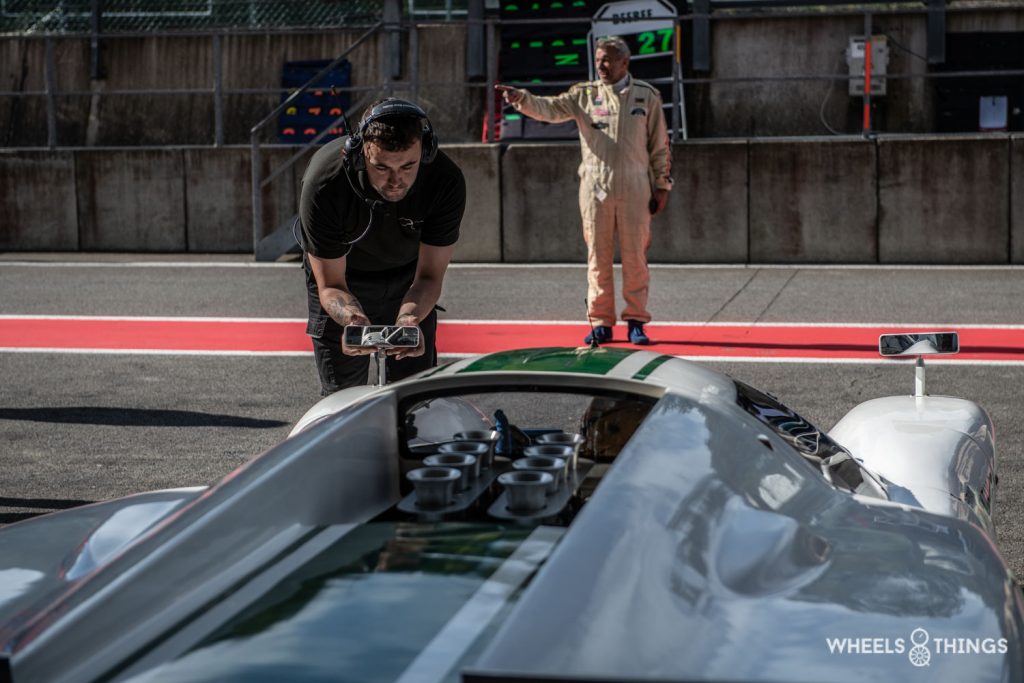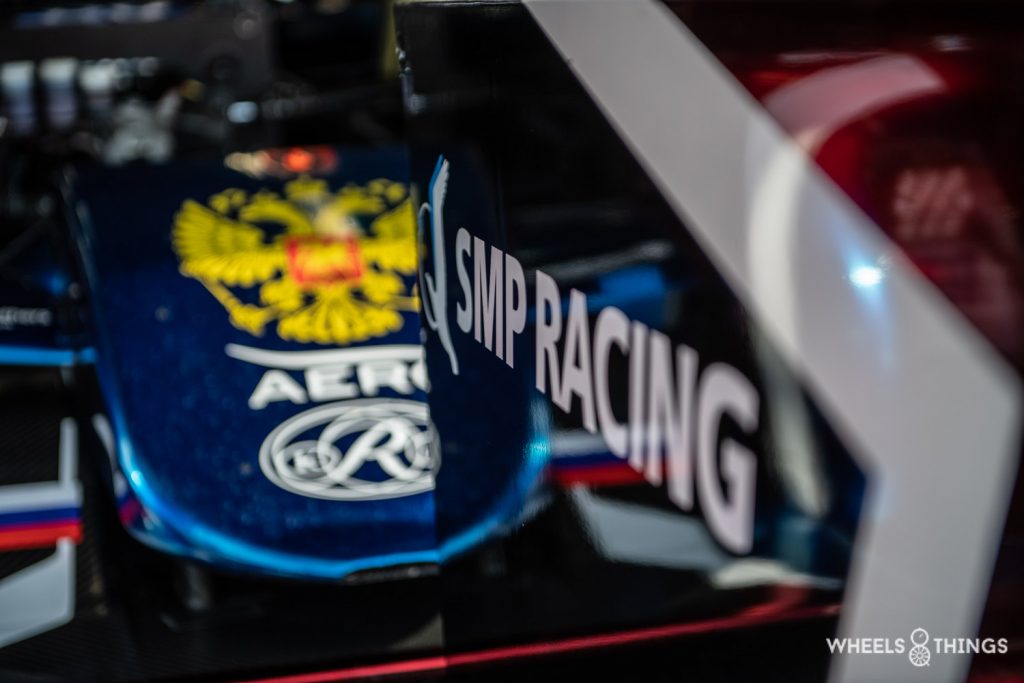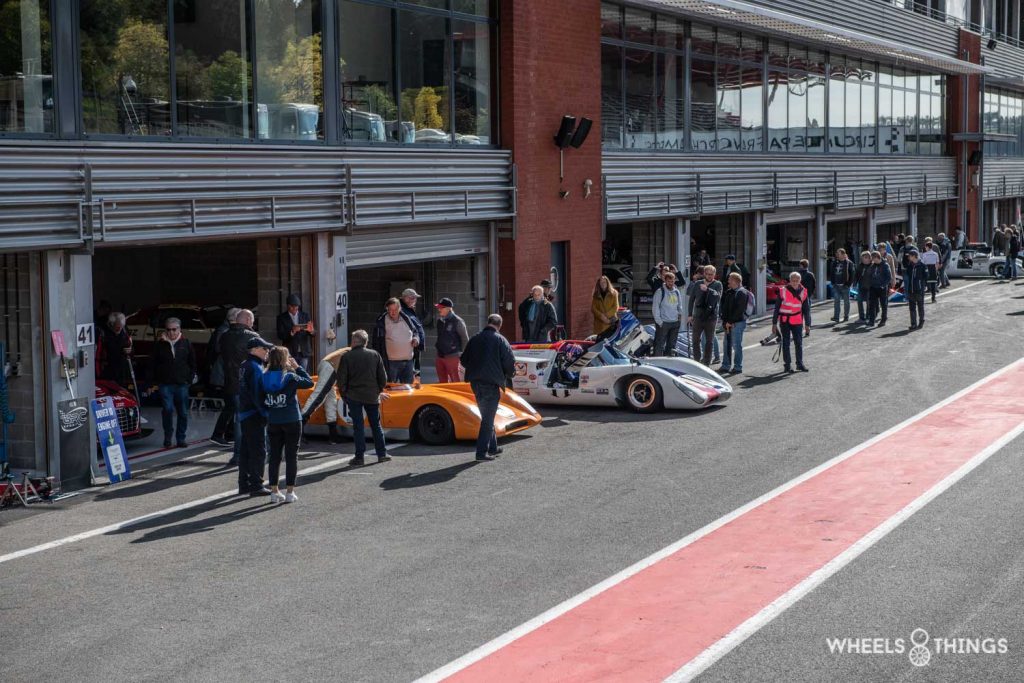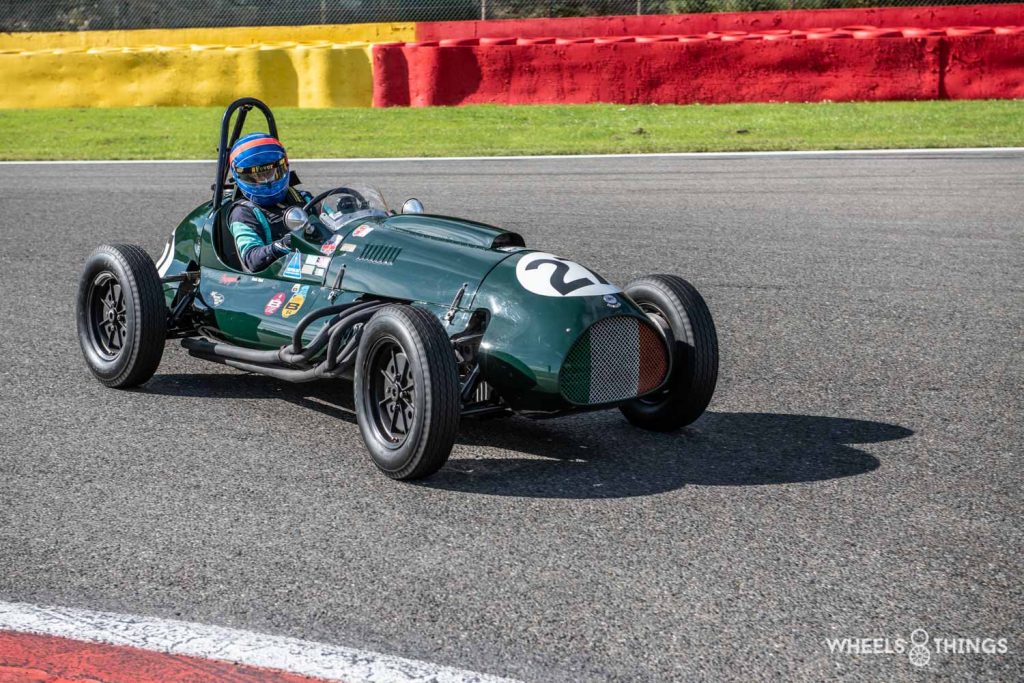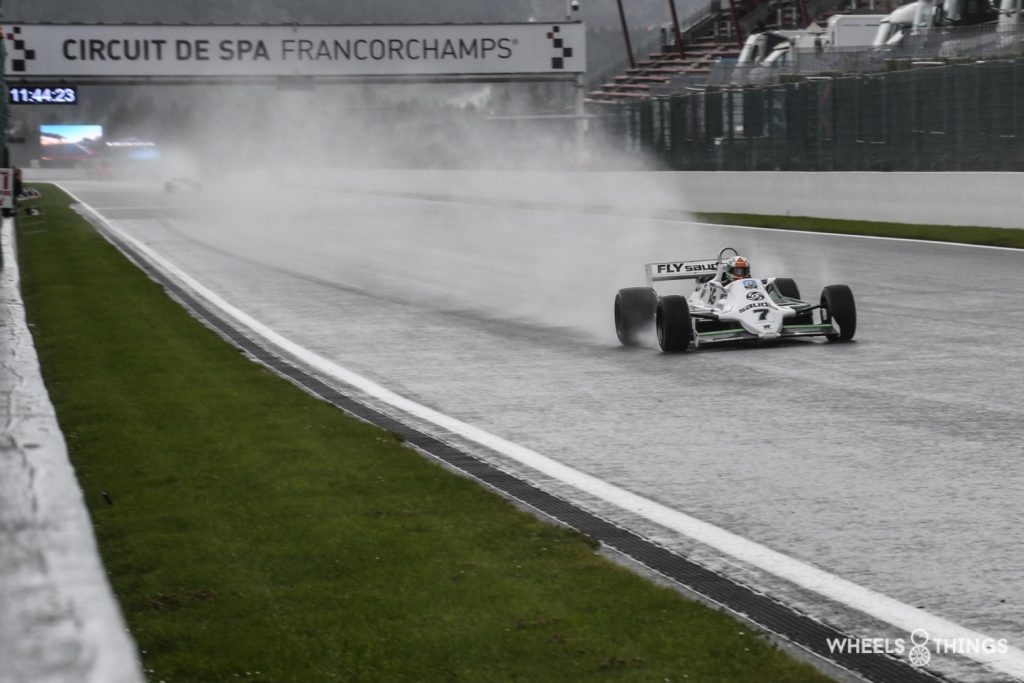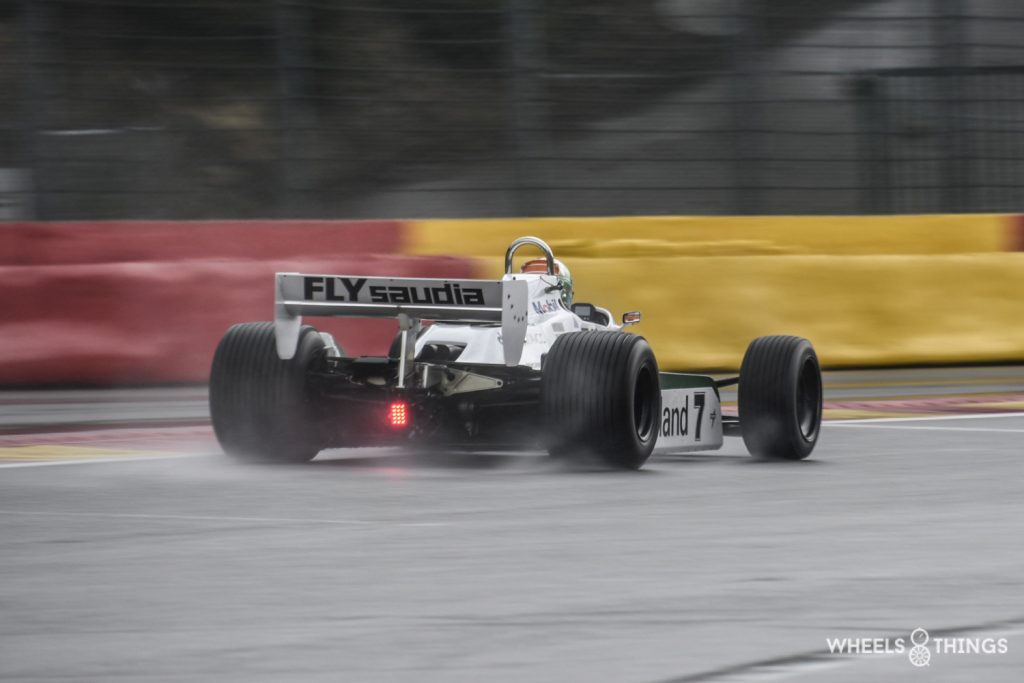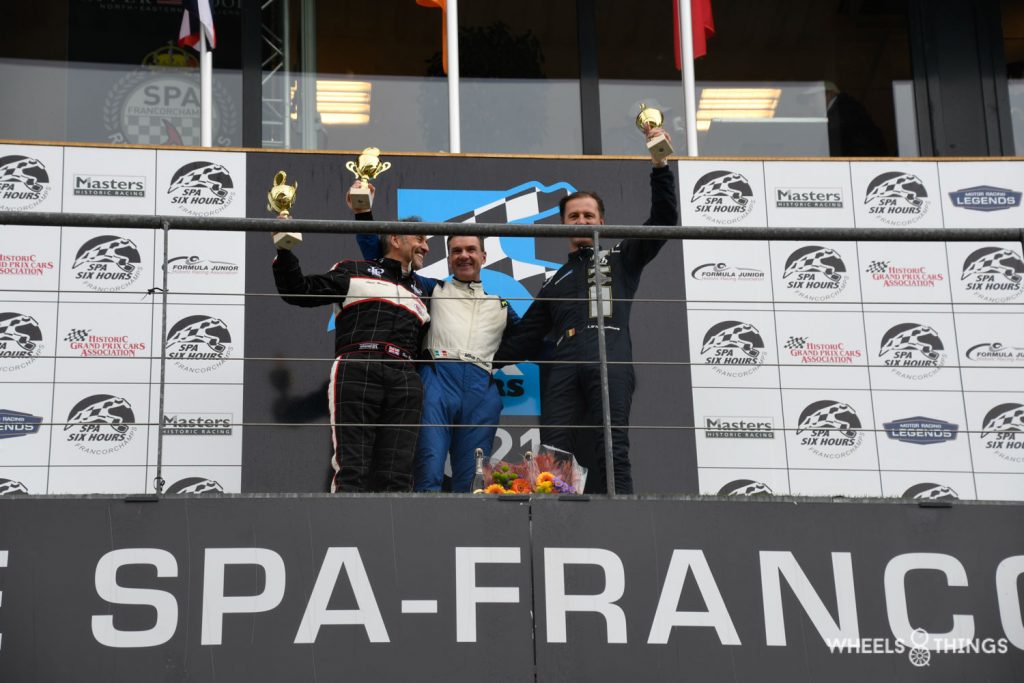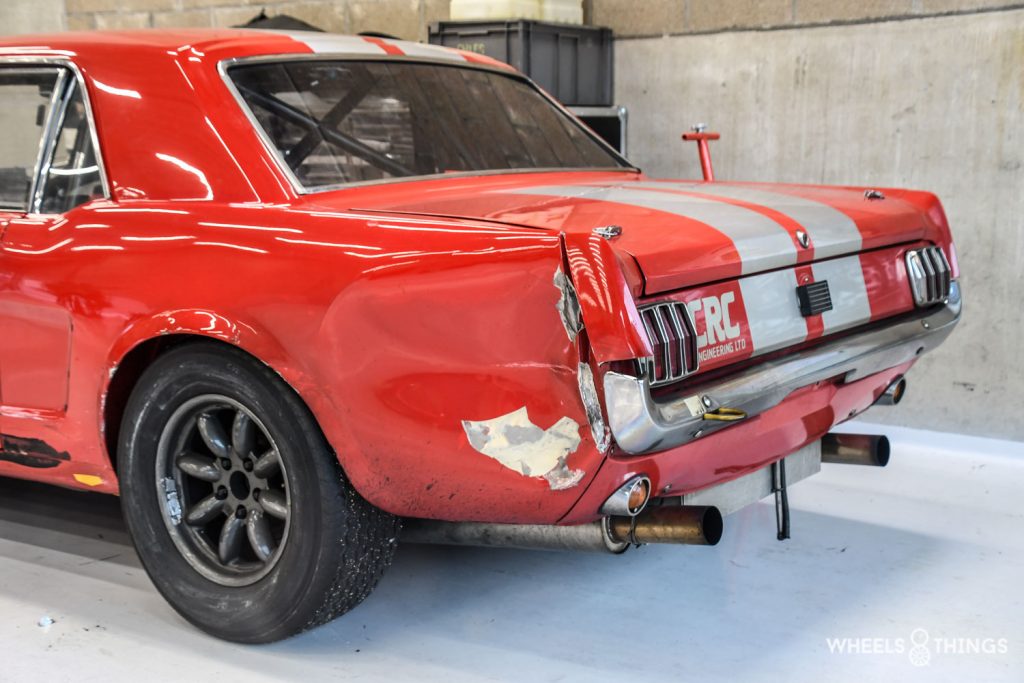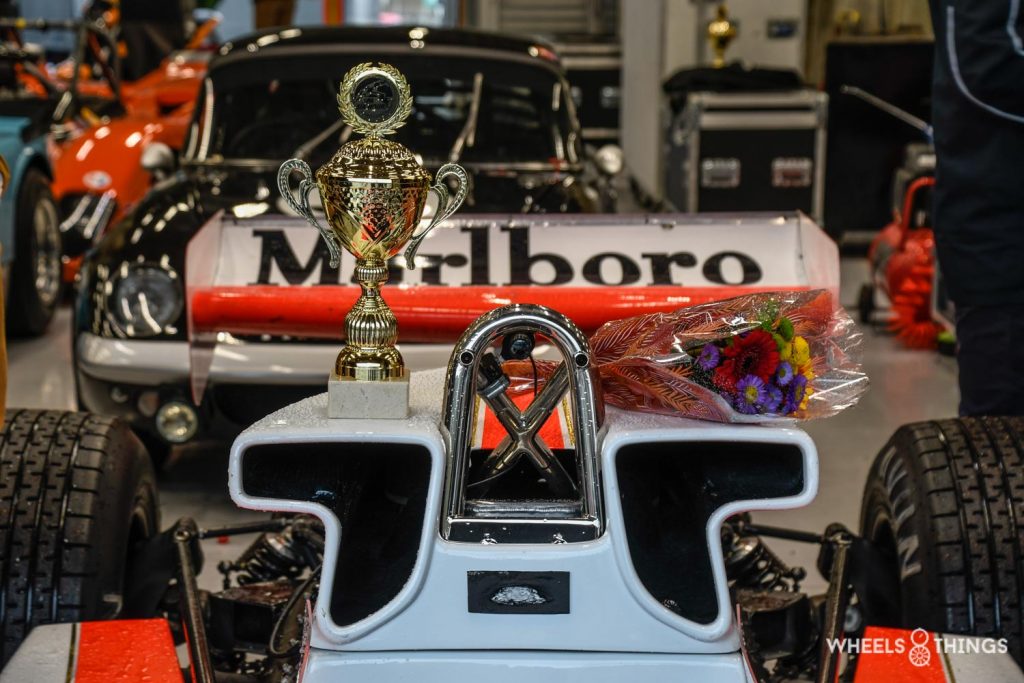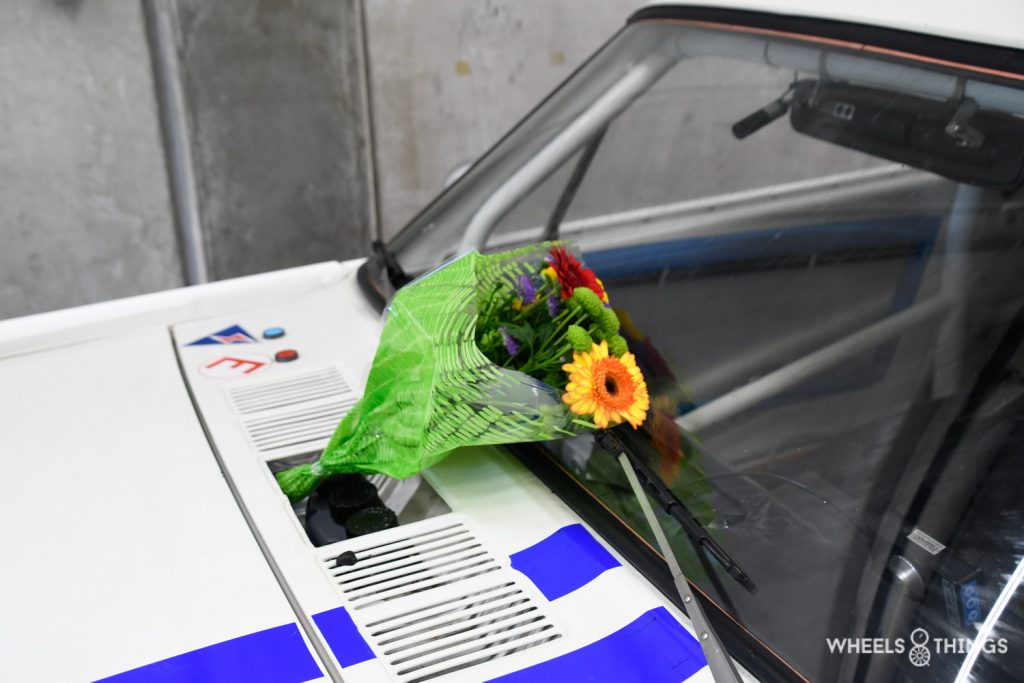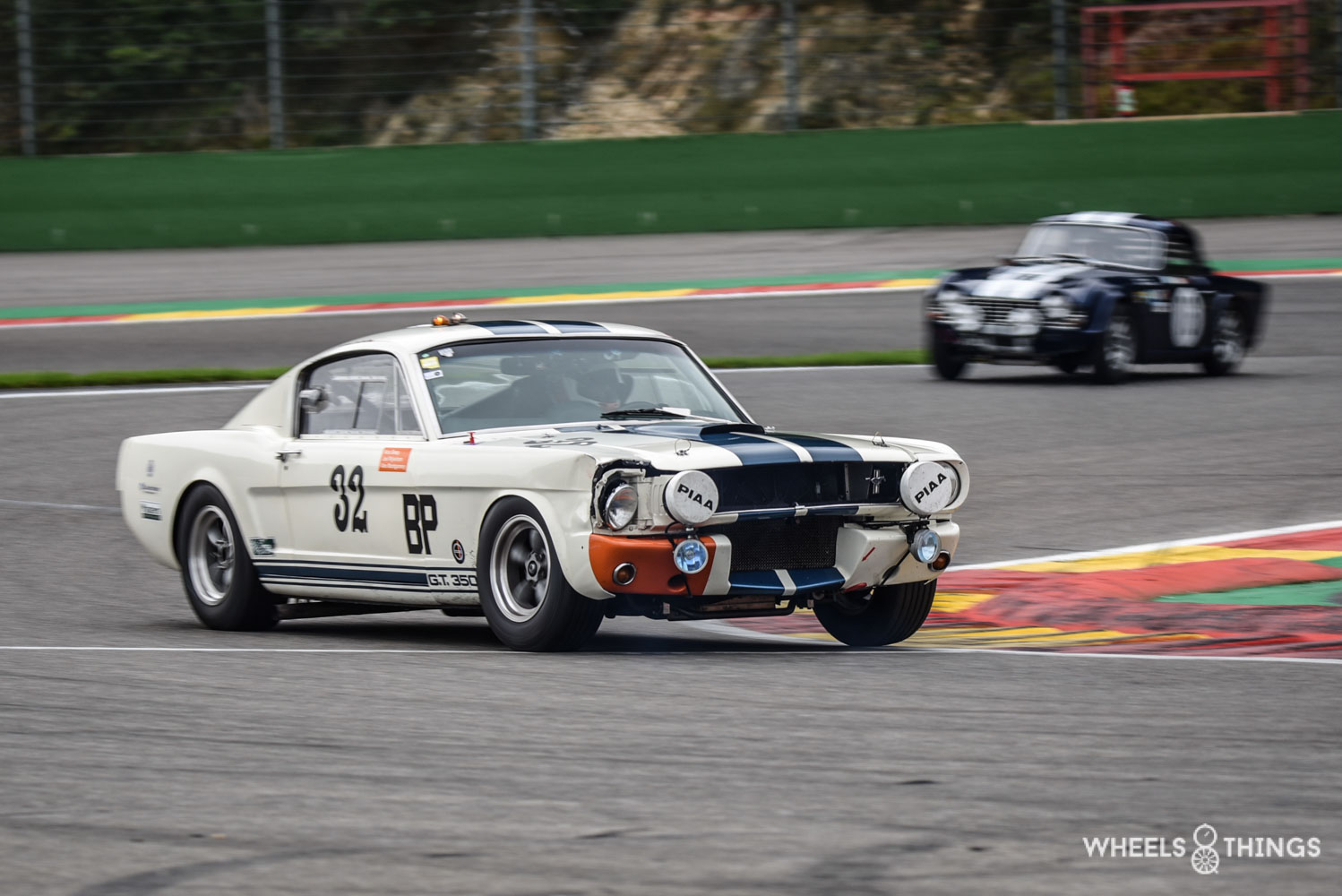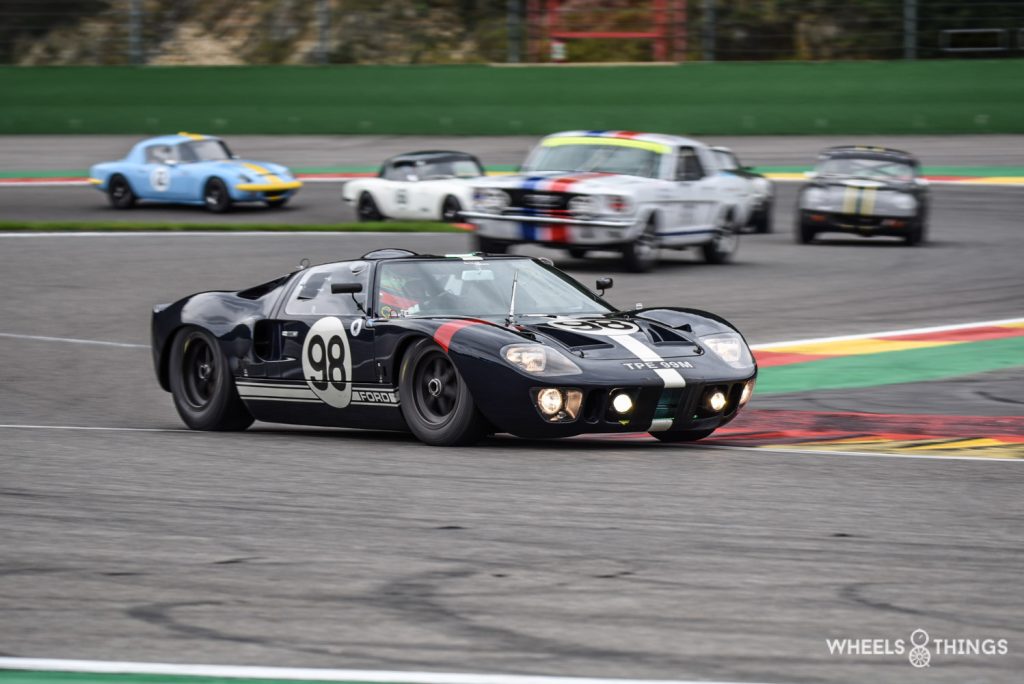
When we concluded our classic motorsport season at the end of September 2019 with the Six Hours of Spa, we had no idea that it would take two years before we would set foot on Francorchamps ground again. But on 1 October 2021 it finally happened and we could, happy as a little child, enjoy the sound of “old fashioned” V12 and V8 engines from times long gone. Organiser Roadbook had announced the event with the slogan: The sound of history.
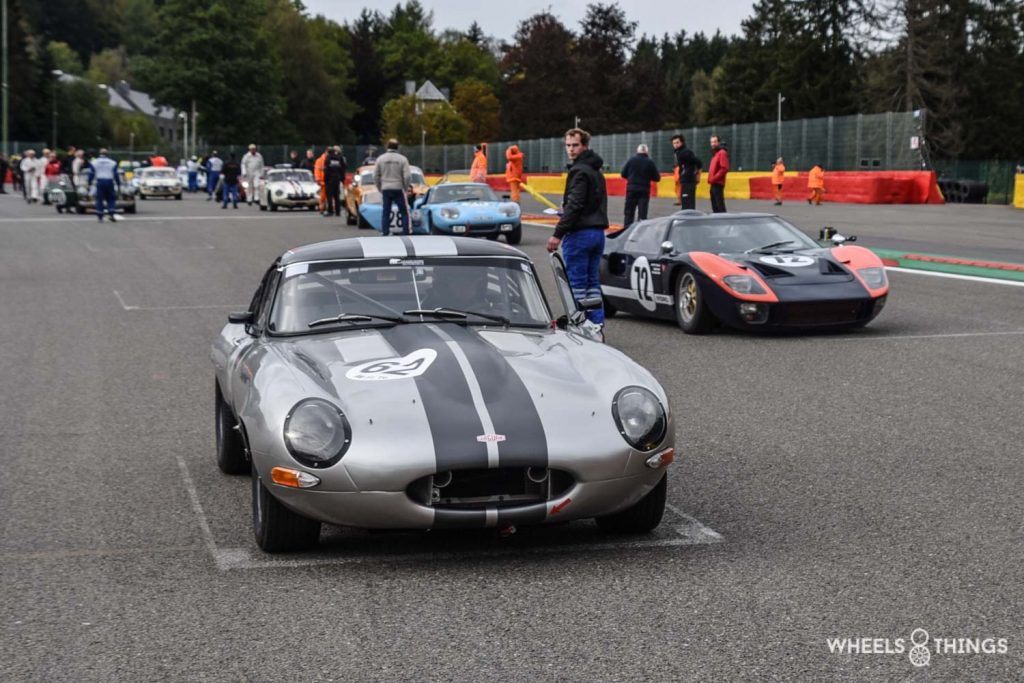
This year, the organisation was much more difficult than usual. The Covid pandemic still caused the necessary headaches with the many tests that had to be carried out for foreign participants and spectators. But also the Brexit caused problems. Because of the extra customs formalities and the financial guarantees to be paid at the border, there were far fewer participants this year. Especially the smaller teams, e.g. with a Mini, were nowhere to be found. Our friends from Peter Auto also threw a spanner in the works with the organisation of their Estoril Classics in the next weekend. You could clearly see that a large part of the teams had opted for one of the two organisations. Some of the bigger ones did both. A calendar problem that perhaps should be looked at more closely in the future.
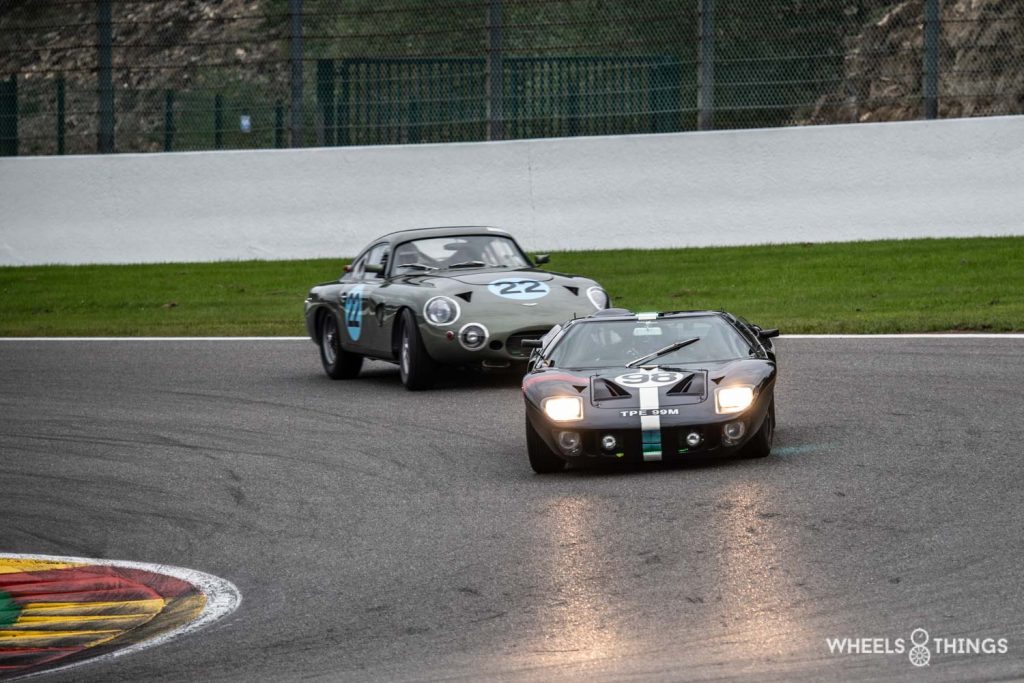
The Six Hours of Spa
The main event of the weekend is of course the “Six Hours of Spa” for GT and touring cars until 1965. There are also ten races for Formula 1, Touring Cars, Protos, GTs, Formula Junior, Grand Prix cars and a pre-war series. Plenty of choice and something for everyone.
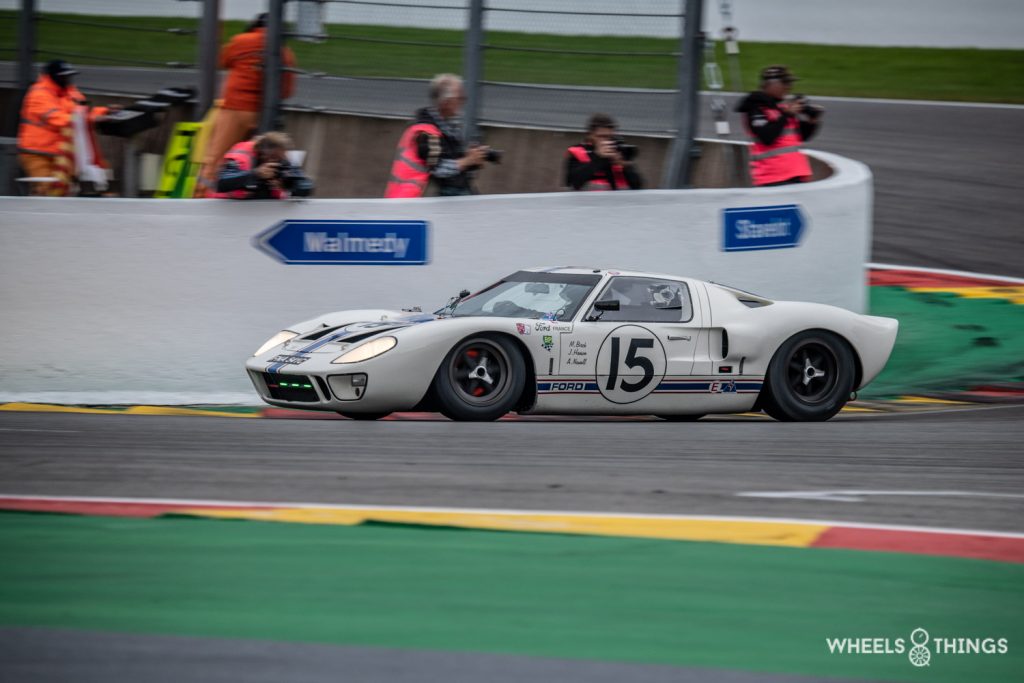
Today we will focus on the Six Hours race and later the side races will be discussed in another article. The Six Hours of Spa is a true classic in the world of racing old GT cars. The race starts on Saturday at 4 pm and ends at 10 pm. Pilots thus get half a race to complete in dark conditions. A perfect mix and driving at night is part and parcel of endurance racing with classic GT cars. It creates a special and unique atmosphere.
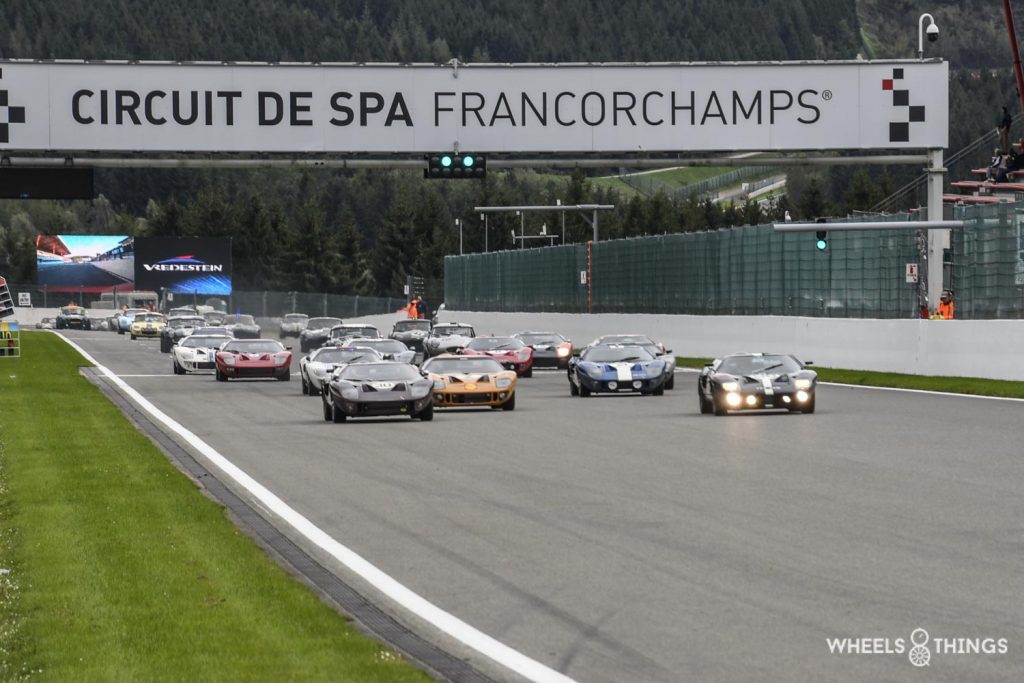
Over 80 participants at the start
With just over 80 starters, the number of participants this year was also slightly smaller than usual. Two years ago, all the starting places were completely sold out and there was even a reserve list of potential participants. Now, a starting field of 80 cars is certainly enough for such a race. The starting grid is traditionally set up in front of the old pit boxes of the circuit and up to the La Source corner everything is almost full.
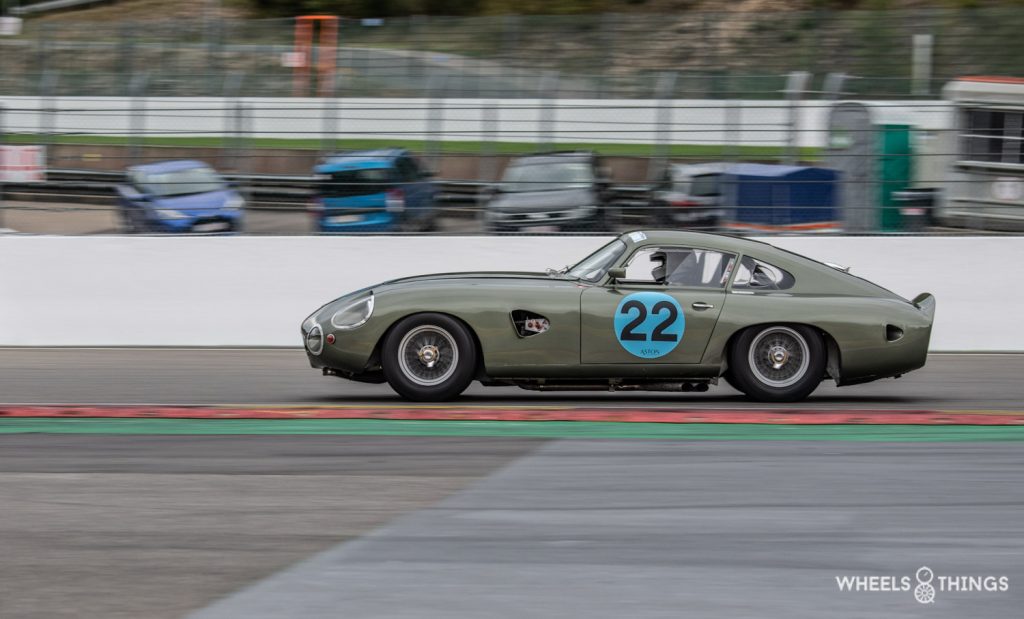
On Saturday, the public had also found its way back to the circuit of Spa-Francorchamps. The absence of the classic clubs and the traditional entertainment were a little dampener on the party spirit. Also the BEHVA, the umbrella organisation of all historic vehicles, had skipped a year because of the still difficult Covid situation in French-speaking Belgium. They had, however, provided a free parking for all their members who had made the trip with their oldtimer. And on Saturday the parking was quite full with sometimes quite unique cars.
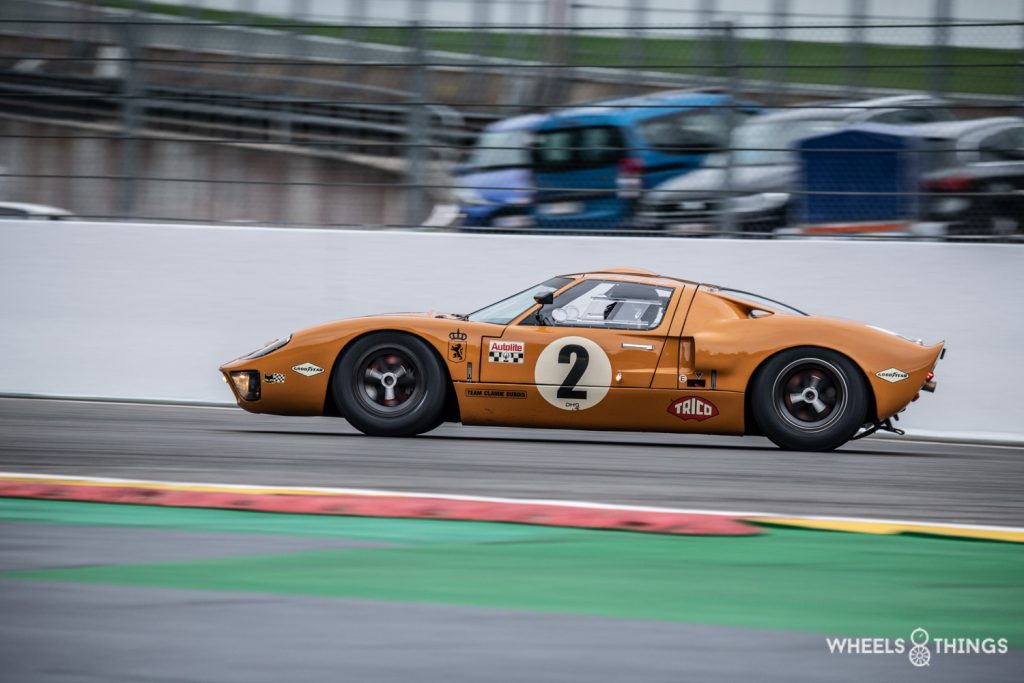
Ford GT40 dominates
In order to win the six-hour race, you must have a Ford GT40. This has been the case for years and is no different in 2021. On the first six starting rows there were only Ford GT40s to be found. In one of the top cars, we even found our former Formula 1 pilot Eric Van de Poele. The traditional Cobras, Jaguar E-types and Ford Mustangs were also present.
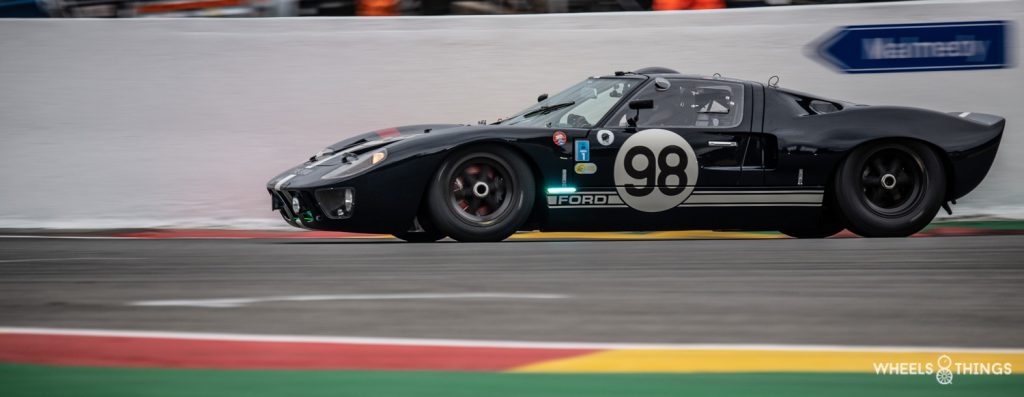
At the start, the GT40s immediately take distance from the rest of the field. At the front, it is Eric Van de Poele and Oliver Hart who are battling it out for the lead. One lap VDP is in the lead and the next Hart and it changes constantly. A beautiful duel and pure enjoyment! Lap times between two minutes forty-five are still very good today. The fast Fords start doubling up on the smaller MGs and Austin Healy’s after just three laps.
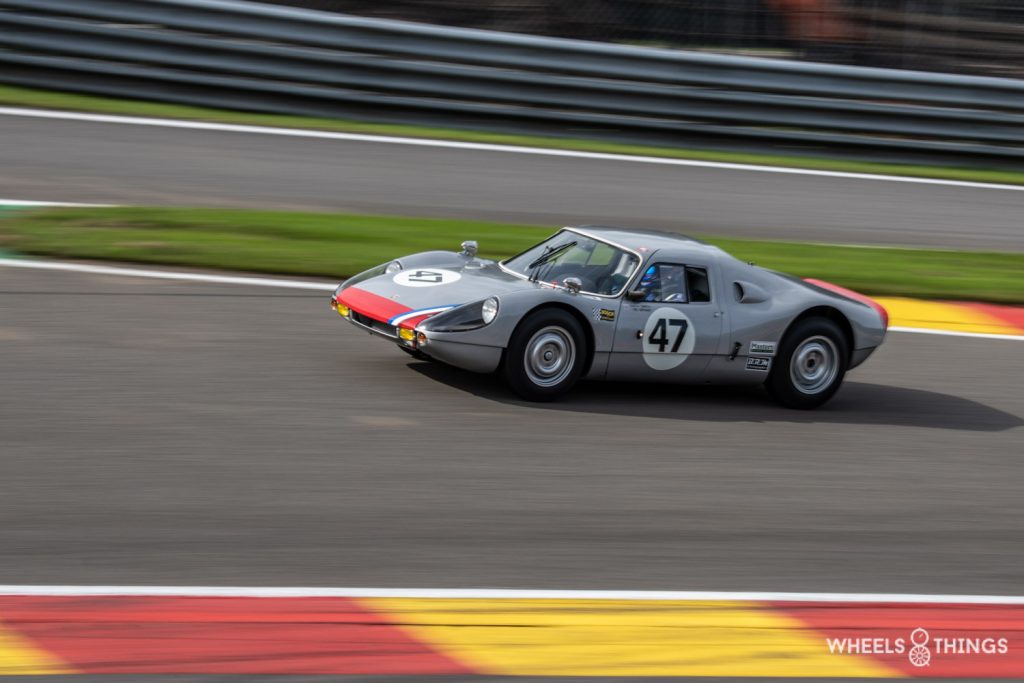
Refuelling
Refuelling in this race is not done in the pit lane with a quick fill system but all the cars must turn to the Total fuel pump located in the paddock, just before the Eau Rouge bend. A one-way street has been created at the end of the pitlane which leads the car to the fuel pump. There, the car must be refuelled by a team member or the driver himself. First insert the fuel card and then refuel, quite a unique situation in the world of motor sports! Entering the correct Pin code is very important at that moment! Some strategic thinking is certainly required here as there are only four petrol pumps in total and it is exactly like in real life: If they are occupied, you just have to wait until someone leaves.
Several teams also have a strategist at the back of the pit box who monitors all the events in the race on his monitor and has to determine the most ideal refuelling time. This is endurance racing at its best.
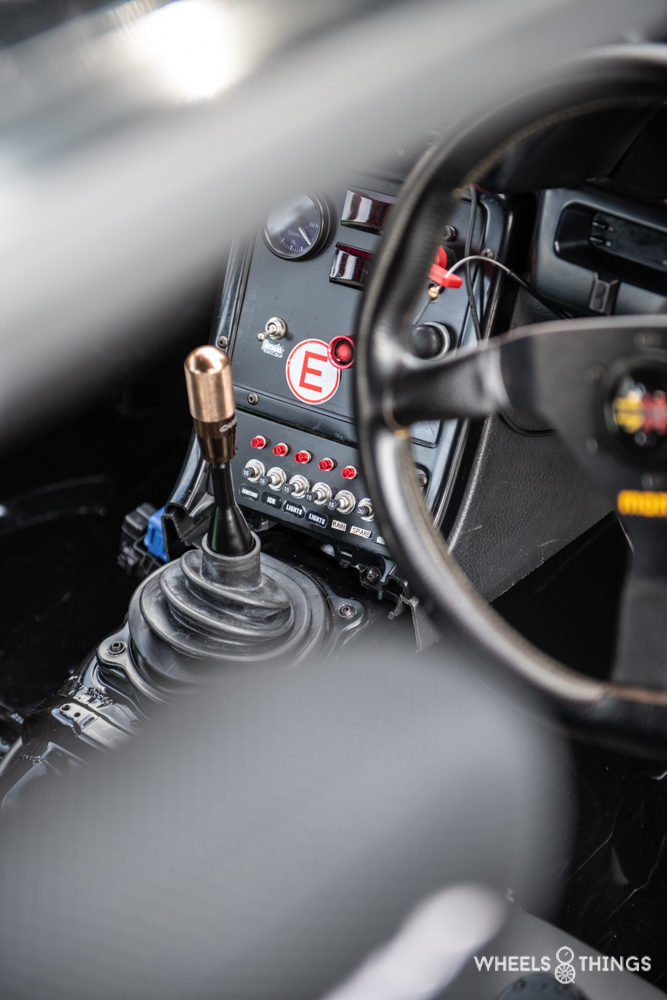
As in 1965, communication with the driver is only by means of a pit board which is put out every lap as the car passes. The driver then receives information on his lap time, position in the race and on which lap he must go to the box to refuel. Radio communication is not allowed. It is the combination of the driver and his car that must provide the performance. No constant nagging and assistance from the engineer as is often the case nowadays.
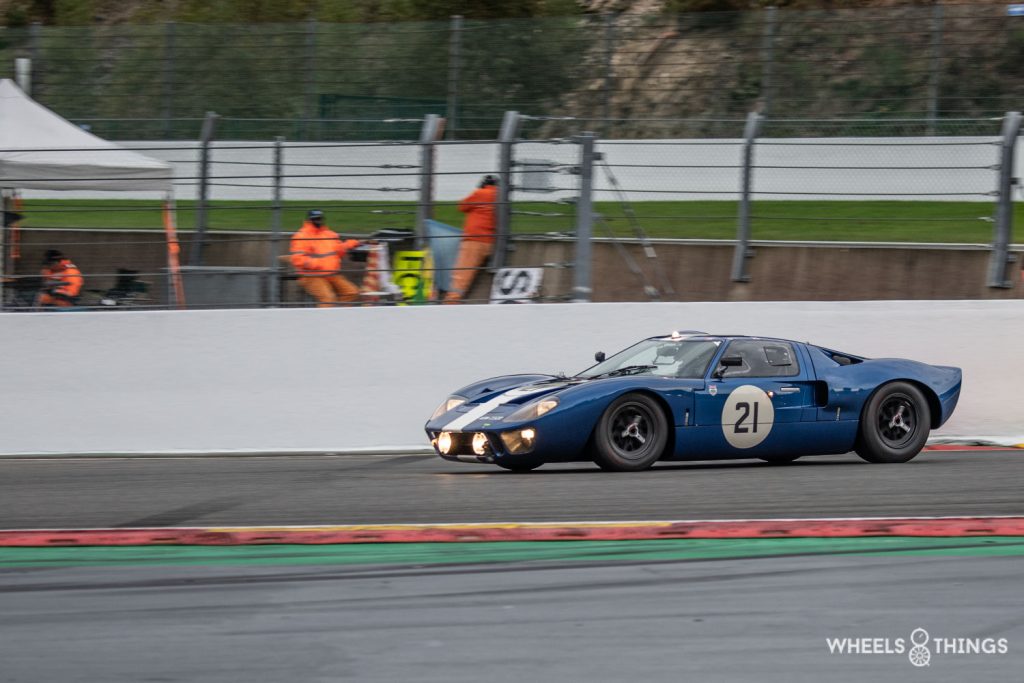
It is at the petrol pump that Hart’s Ford GT has to abandon the race. The gearbox refused all service after refuelling and the race was inevitable. Eric Van de Poele also falls back in the rankings with minor technical problems. The Ford of Schmickler has to deal with a fuel leak and has to go to the box burning. Luckily this can be extinguished quickly, but the GT will not be able to leave the race. As a result another Ford GT with number 21, of Bryant and Cottingham, takes the lead. Some heavy rain showers disturb the race in the last part, but 21 holds on and wins by one lap.
On the first five places we find only Ford GT40s. The first non Ford is a Cobra. To complete the Ford party, there is also the Mustang Milner and Greenshall win the touring car class.
A beautiful race, with classic GT and touring cars driving from light to dark and with changing weather conditions. What more does a car lover need to be happy?
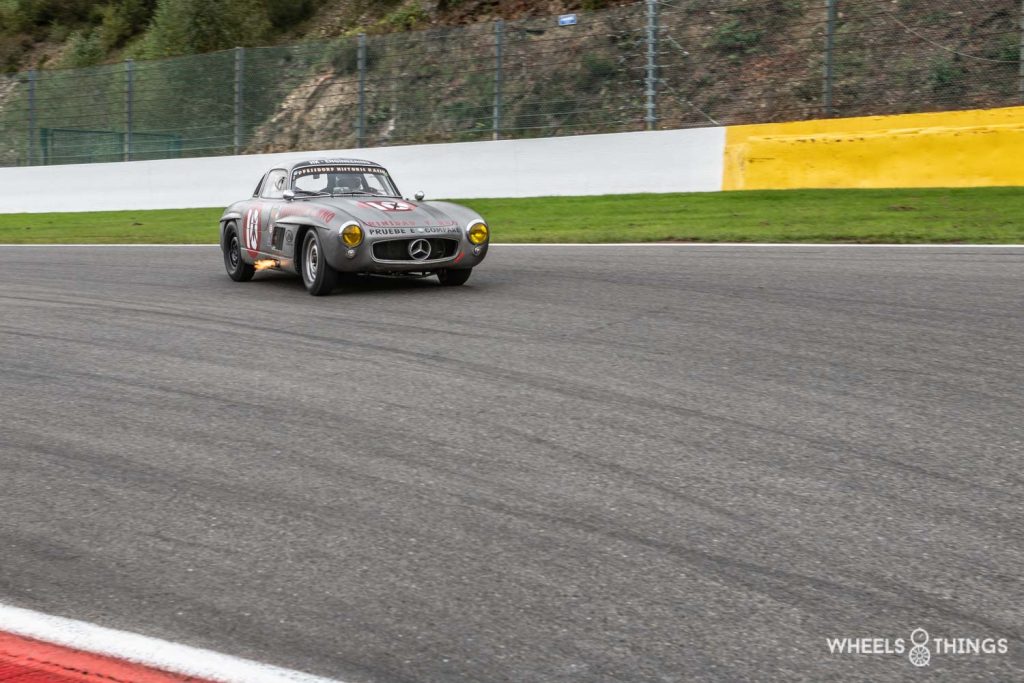
Woodcote & Stirling Moss Trophy
In addition to the six-hour race, there was a one-hour pre-programme for the Woodcote & Stirling Moss Trophy, in which similar GT cars could take part. This race can be run by one pilot per car, other teams run with two pilots. We did see some more exclusive cars than in the six hour race such as: a Mercedes 300 SL “Gullwing”, a Jaguar D Type, a Maserati 300S a Kurtis and the winning Ecurie Ecosse Tojero of Stanley and Cottingham. The latter did achieve the double. With 45 participants, this was again a magnificent starting field. And here too, there was a lot of racing and duelling going on.
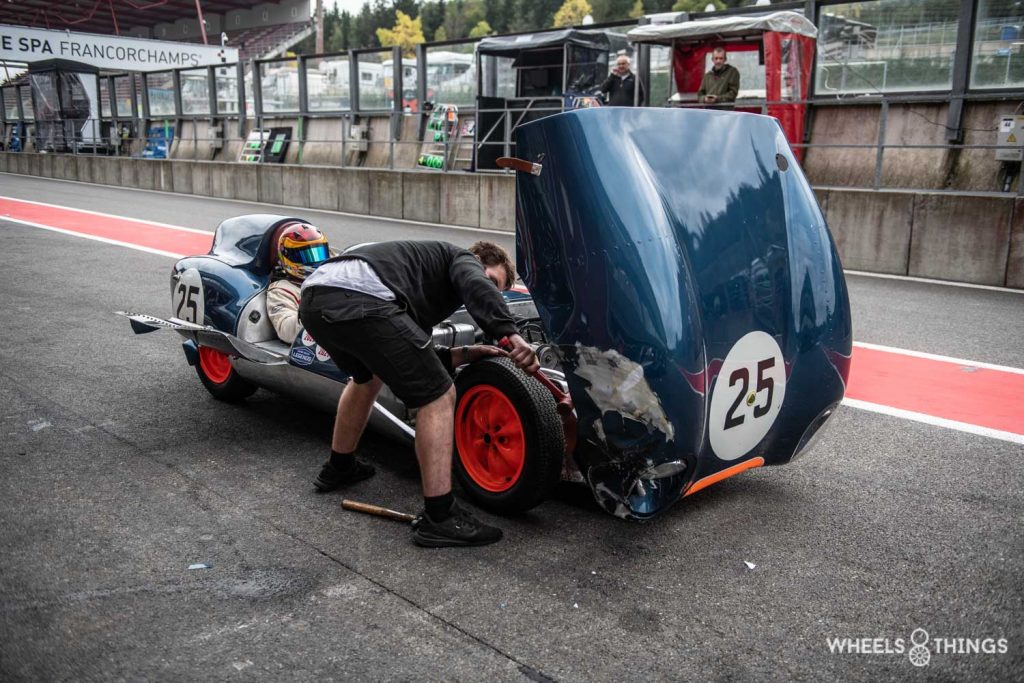
We witnessed an emergency repair in the box on a Lotus where the heavy hammer had to return the battered bodywork somewhat to its original shape. Afterwards, an almost complete roll of tape was applied and the Lotus could continue.
The other races of the weekend will be covered in a second article soon.
Report: Joris de Cock
Photos: Patrick Verheeken & Joris de Cock
